Did you ever hear the tragedy of 'Star Wars: Underworld', George Lucas' cancelled Star Wars TV show?


© Disney / Lucasfilm



© Disney / Lucasfilm



© TWiT
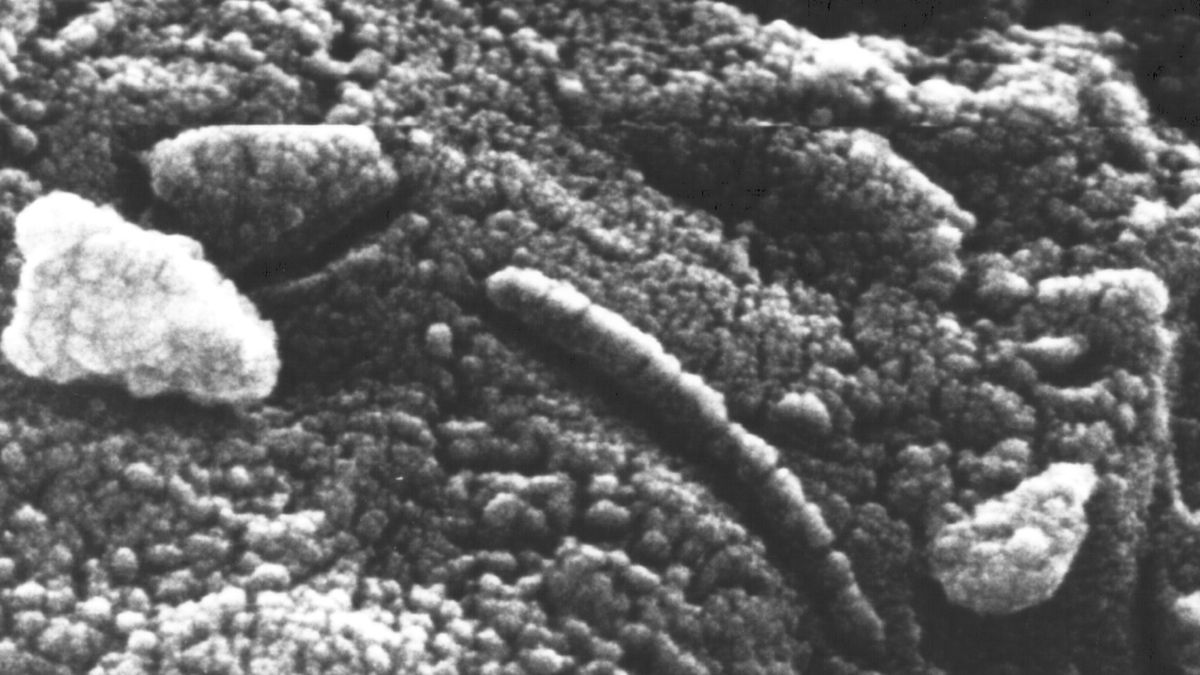


© NASA
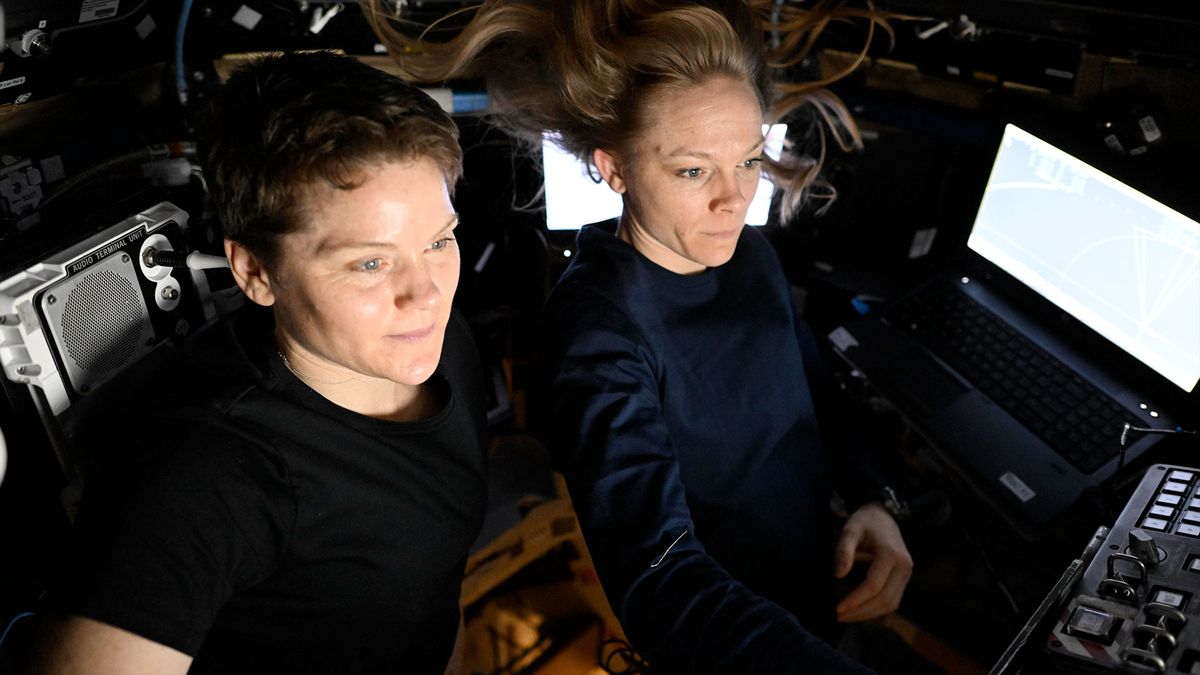


© NASA
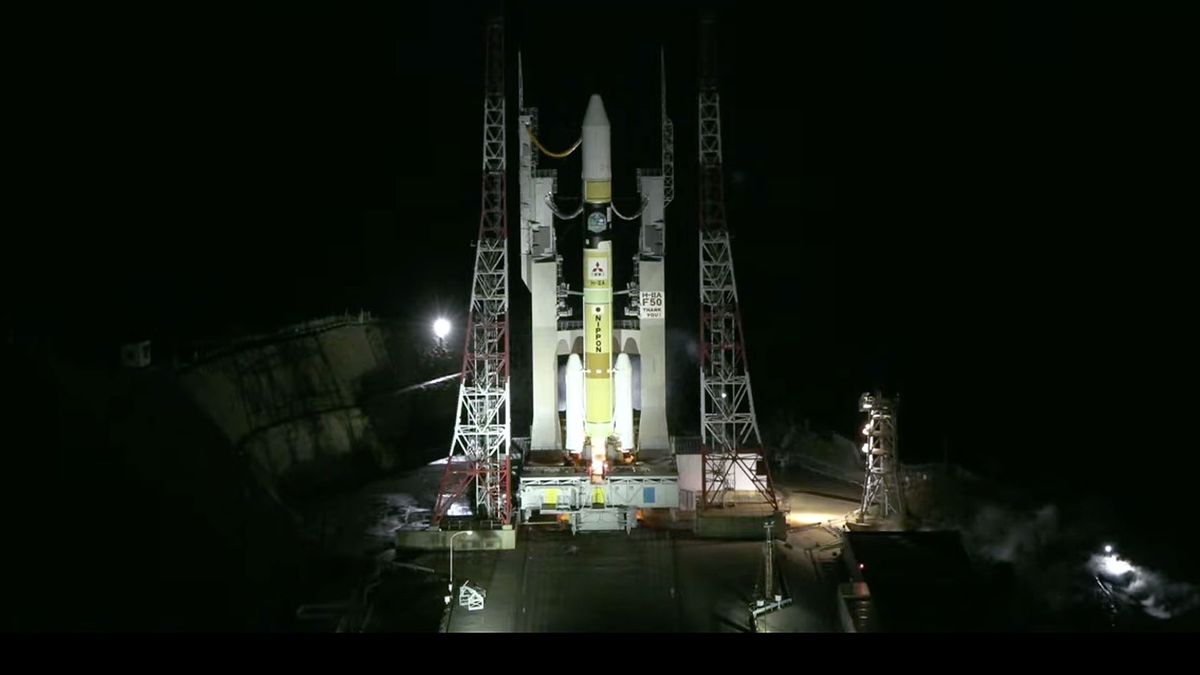


© JAXA



© Getty Images
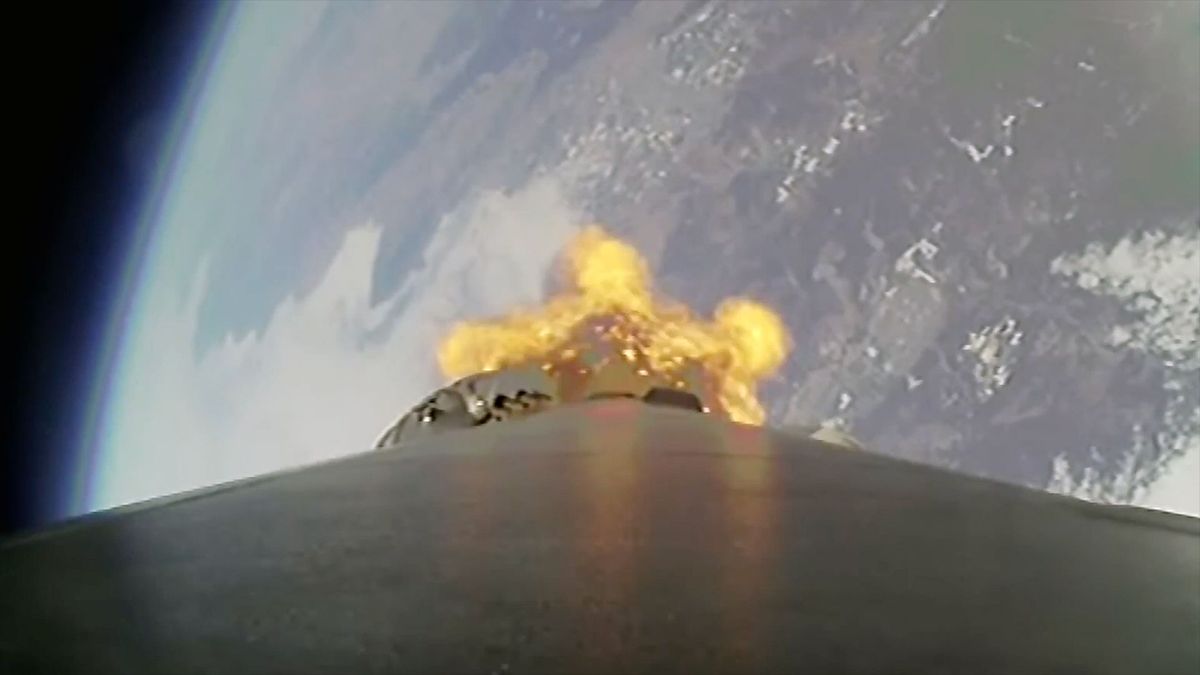


© SpaceX
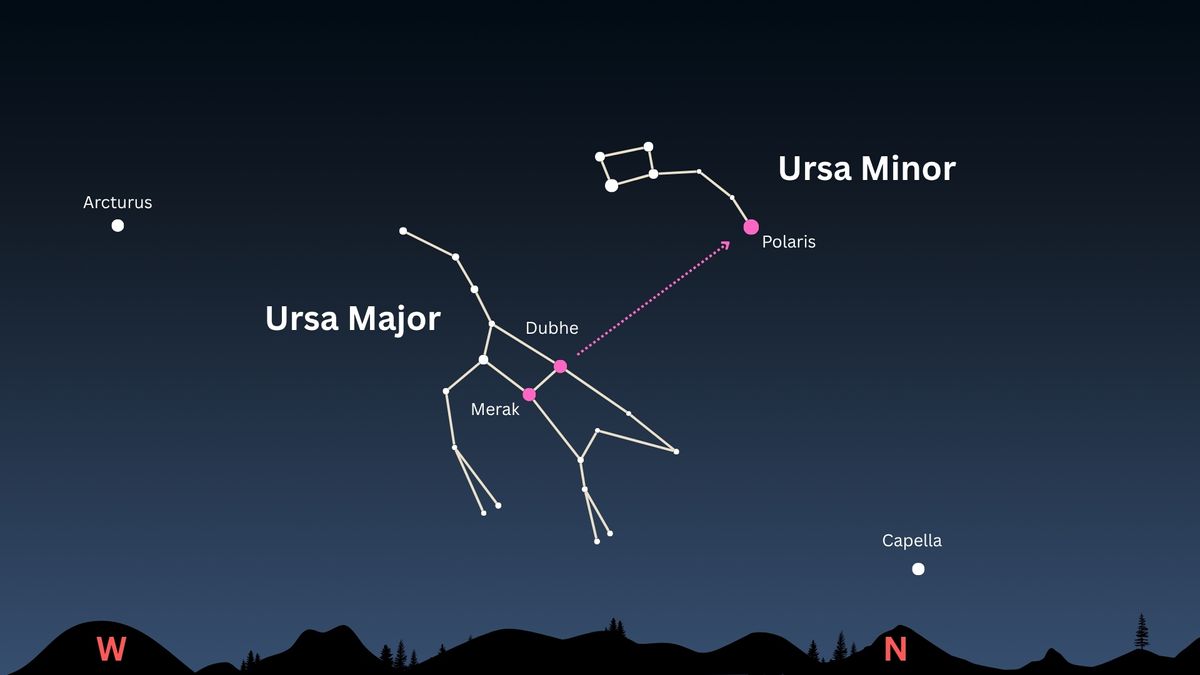


© Made in Canva by Daisy Dobrijevic



© Capcom
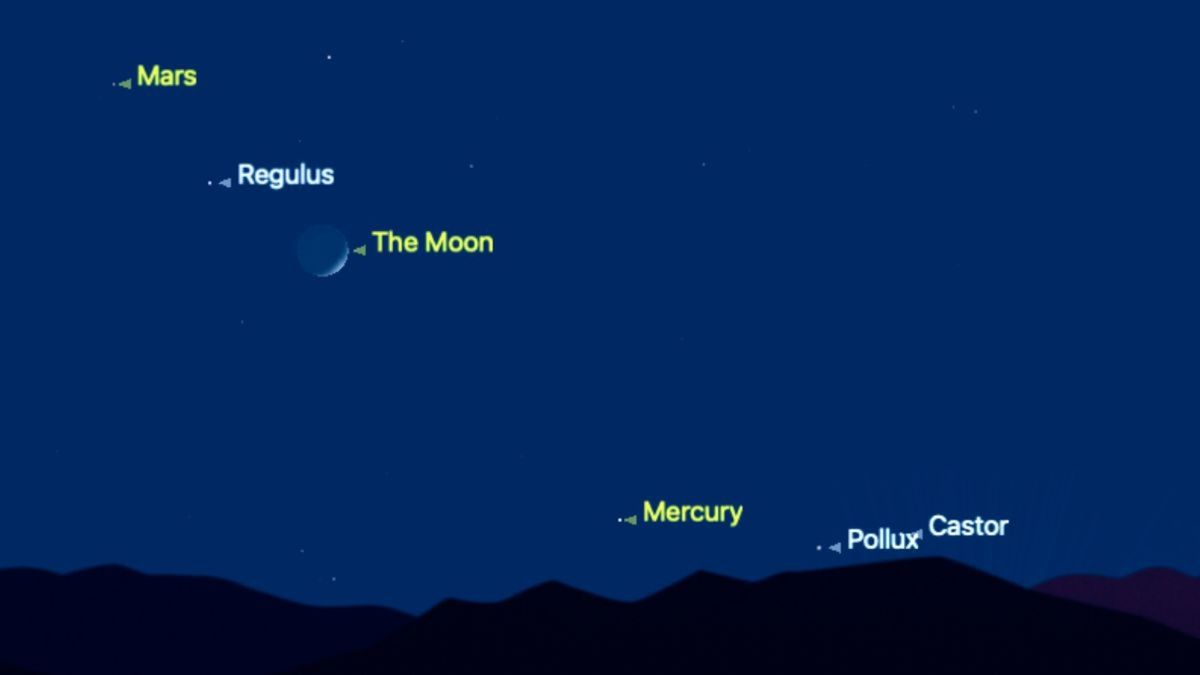


© Starry Night



© Northrop Grumman
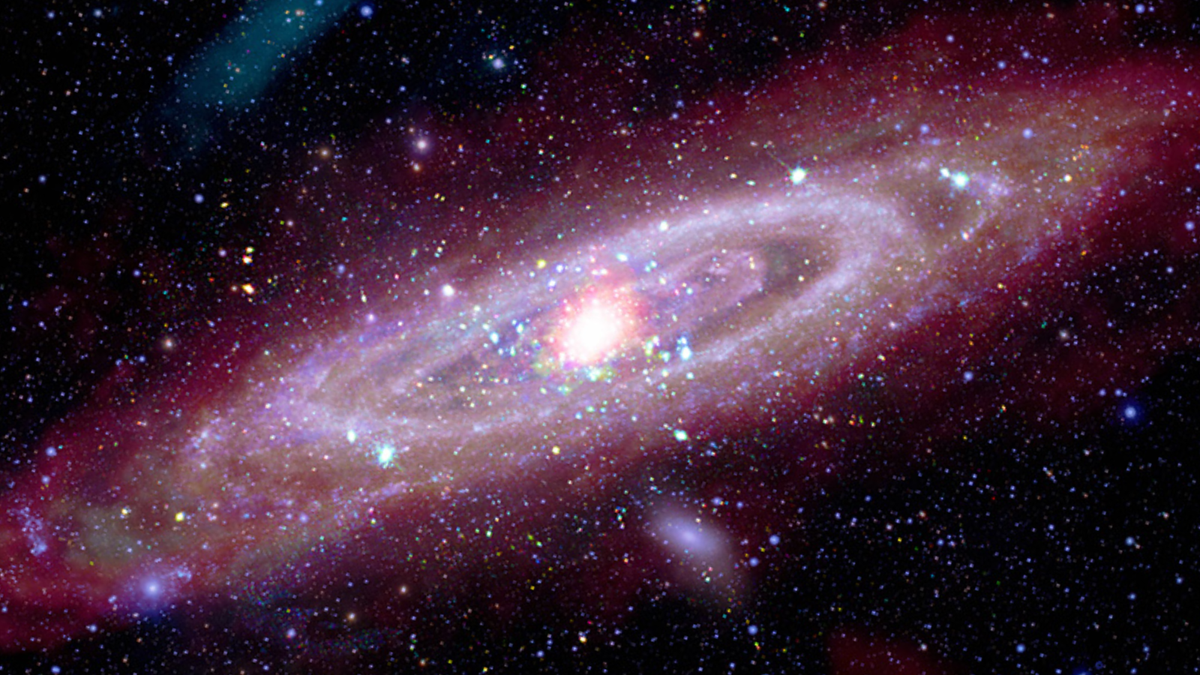


© X-ray: NASA/CXO/UMass/Z. Li & Q.D. Wang, ESA/XMM-Newton; Infrared: NASA/JPL-Caltech/WISE, Spitzer, NASA/JPL-Caltech/K. Gordon (U. Az), ESA/Herschel, ESA/Planck, NASA/IRAS, NASA/COBE; Radio: NSF/GBT/WSRT/IRAM/C. Clark (STScI); Ultraviolet: NASA/JPL-Caltech/GALEX; Optical: Andromeda, Unexpected © Marcel Drechsler, Xavier Strottner, Yann Sainty & J. Sahner, T. Kottary. Composite image processing: L. Frattare, K. Arcand, J.Major
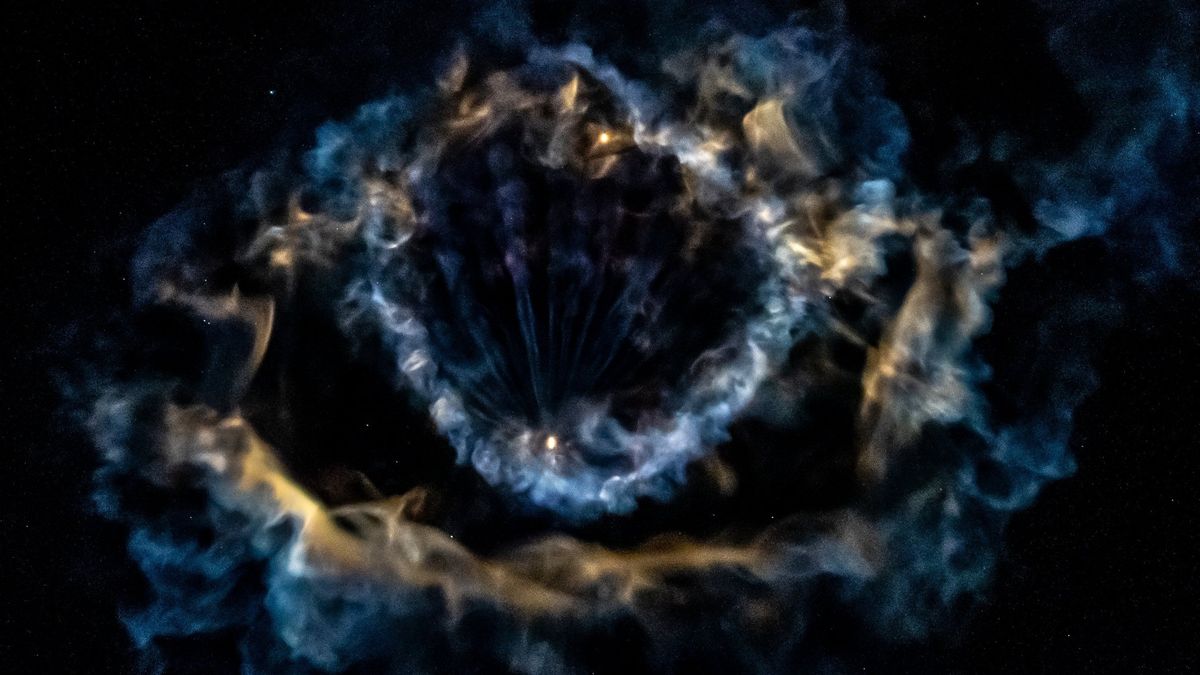


© SpaceX
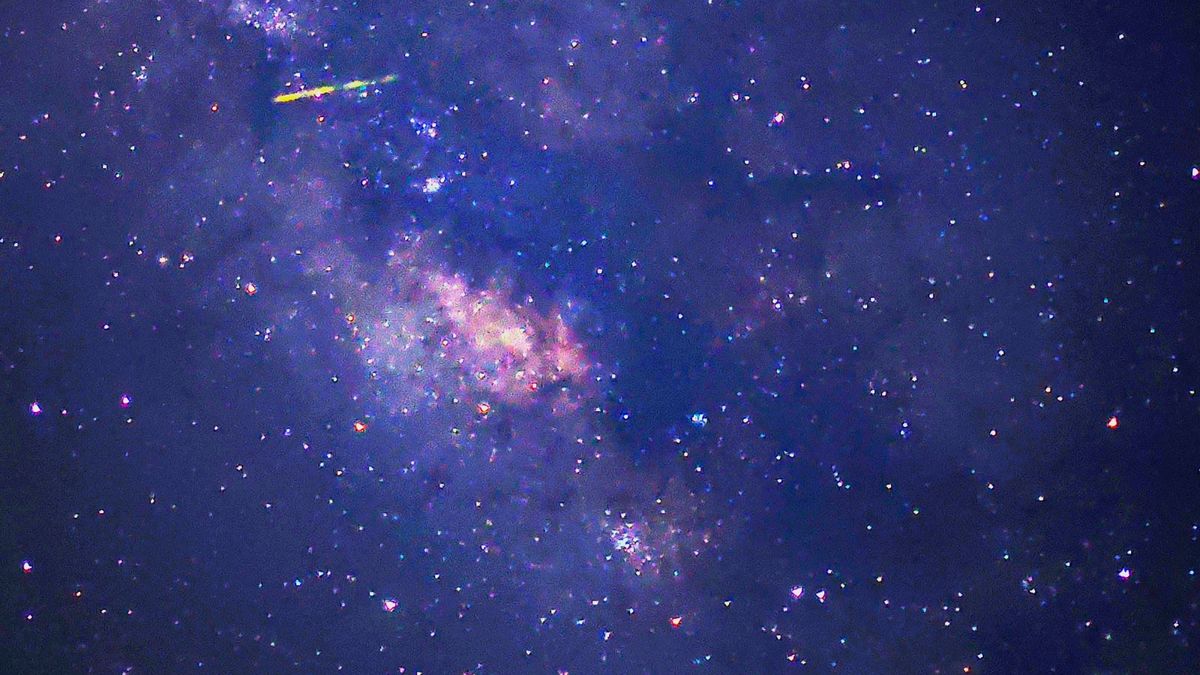


© Shawn Hew
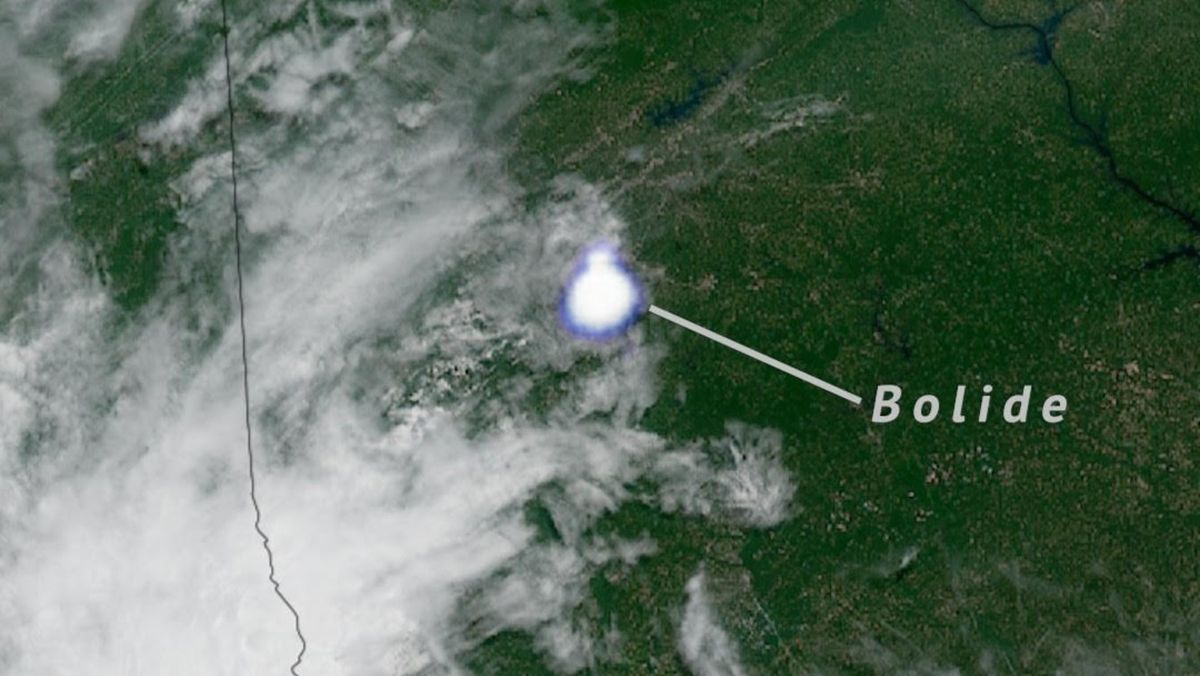


© NOAA



© DIEGO CRUZ/AFP via Getty Images



© Future/Susan Lapides



© Ting Shen/Bloomberg via Getty Images



© DC Studios/Warner Bros
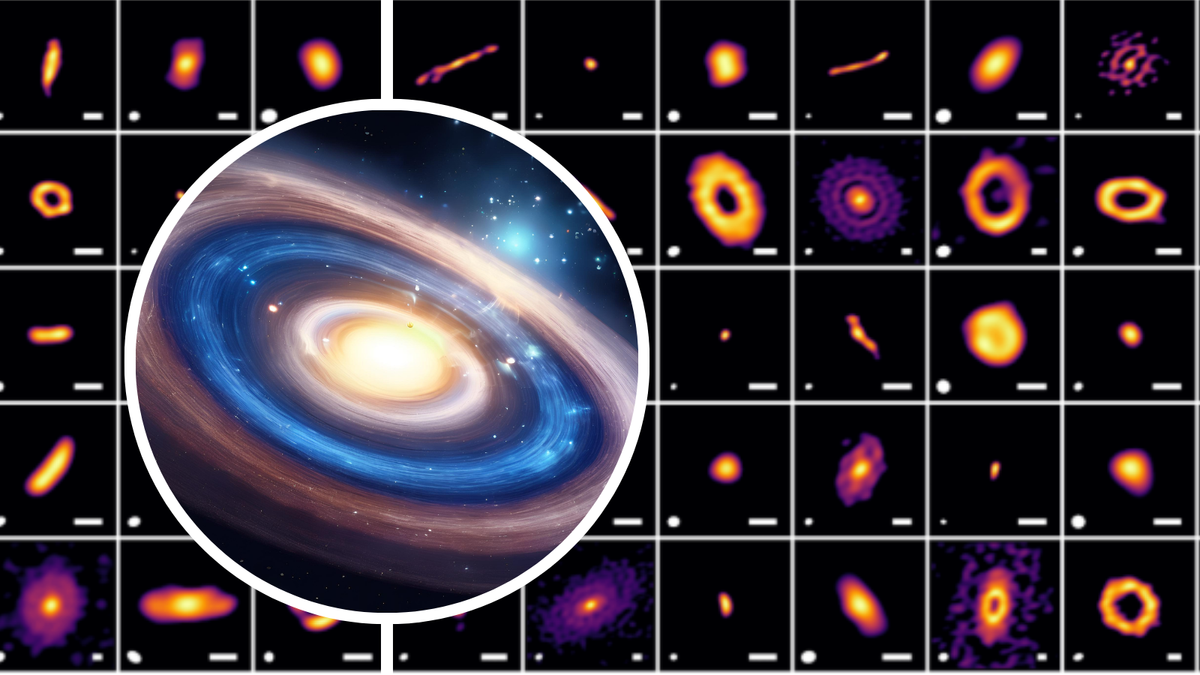


© ALMA(ESO/NAOJ/NRAO), A. Shoshi et al/ Robert Lea (created with Canva)



© Rocket Lab



© Paramount
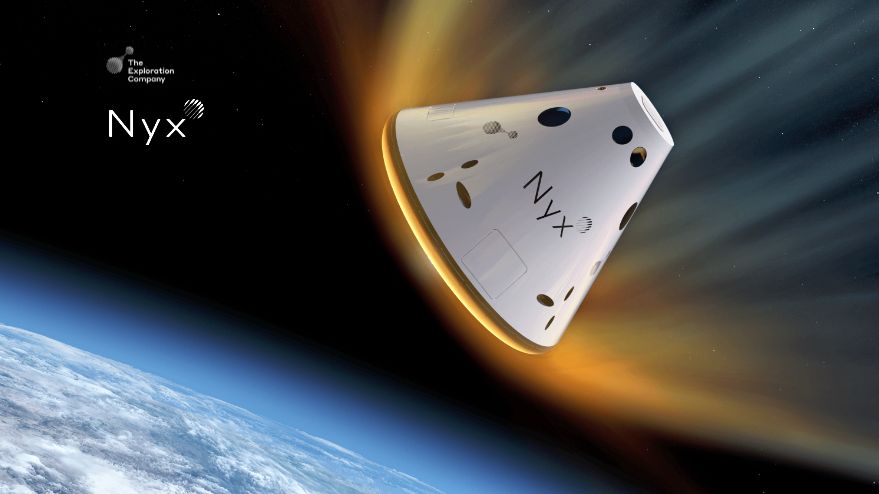


© The Exploration
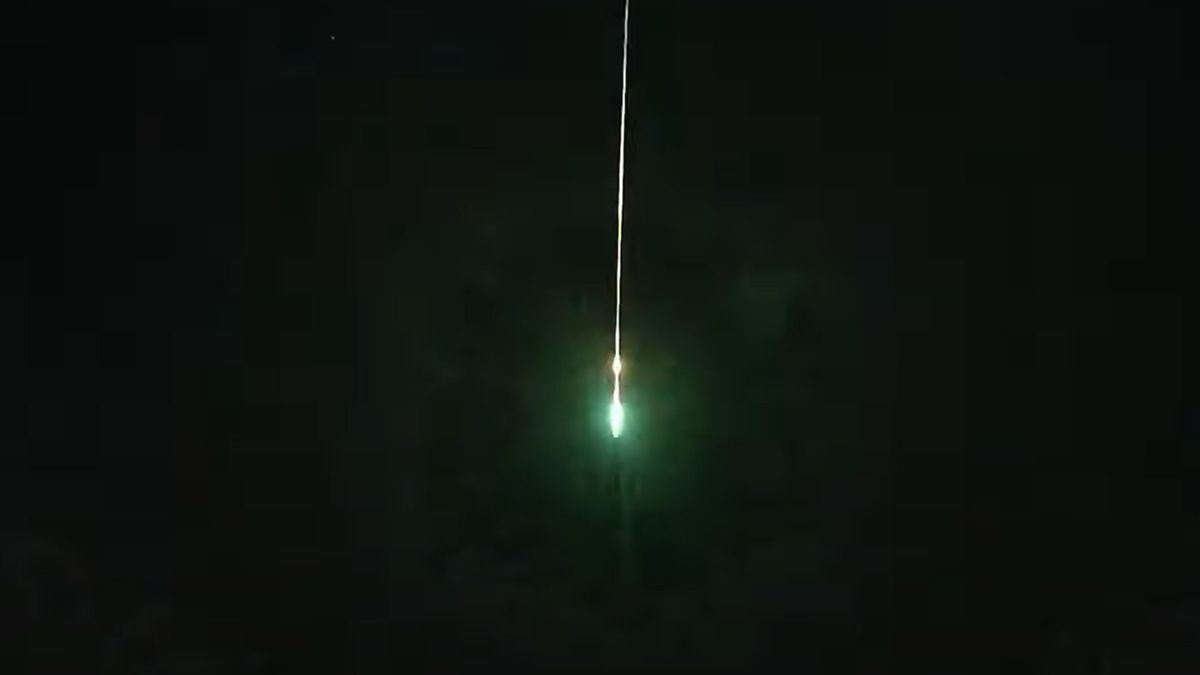


© © Mark Kirschner
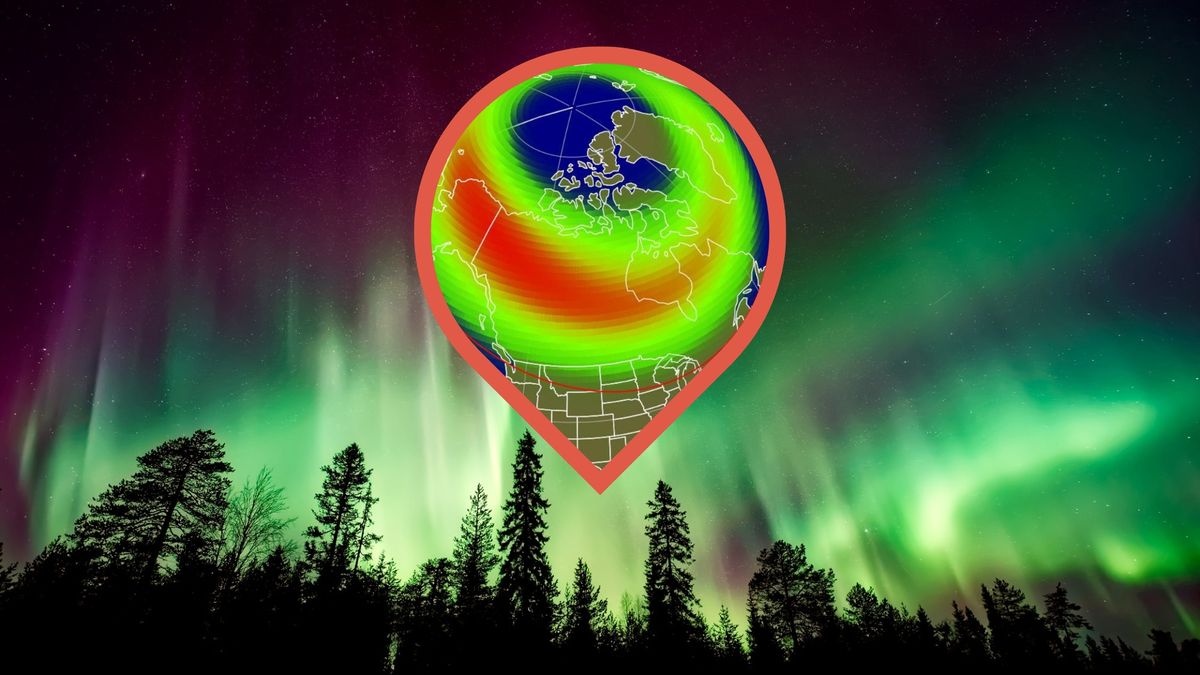


© Aurora forecast map courtesy of NOAA SWPC. Graphic created in Canva Pro by Daisy Dobrijevic.
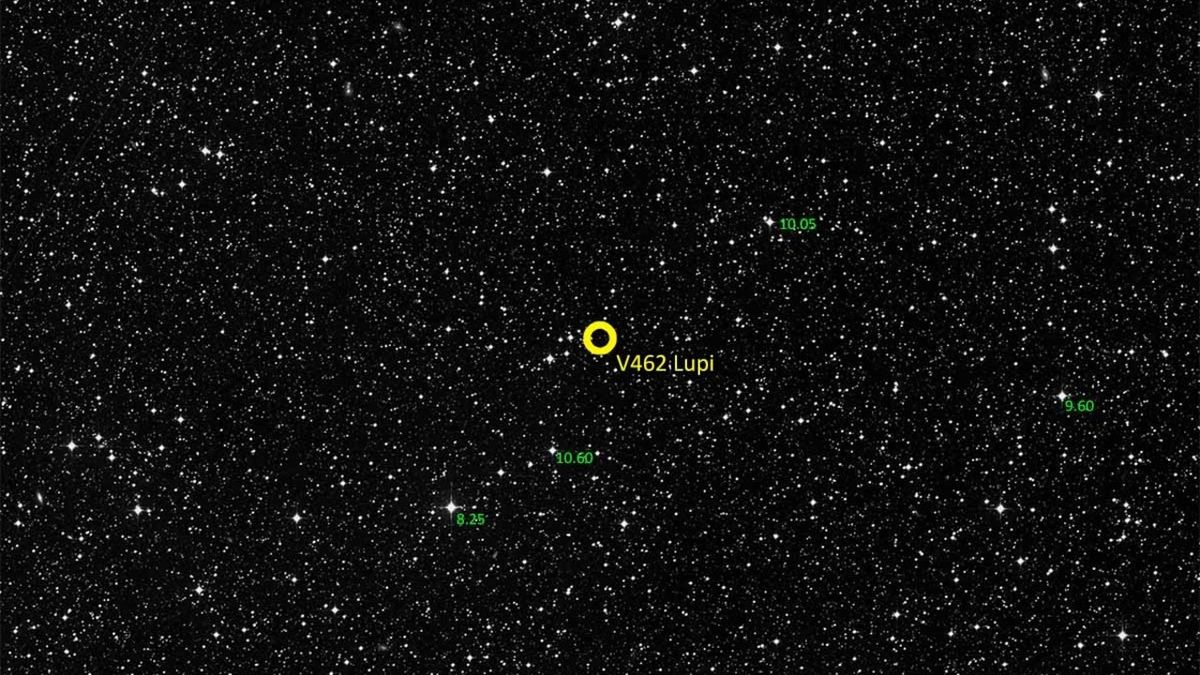


© ESO/Digital Sky Survey/TheSkyLive.com
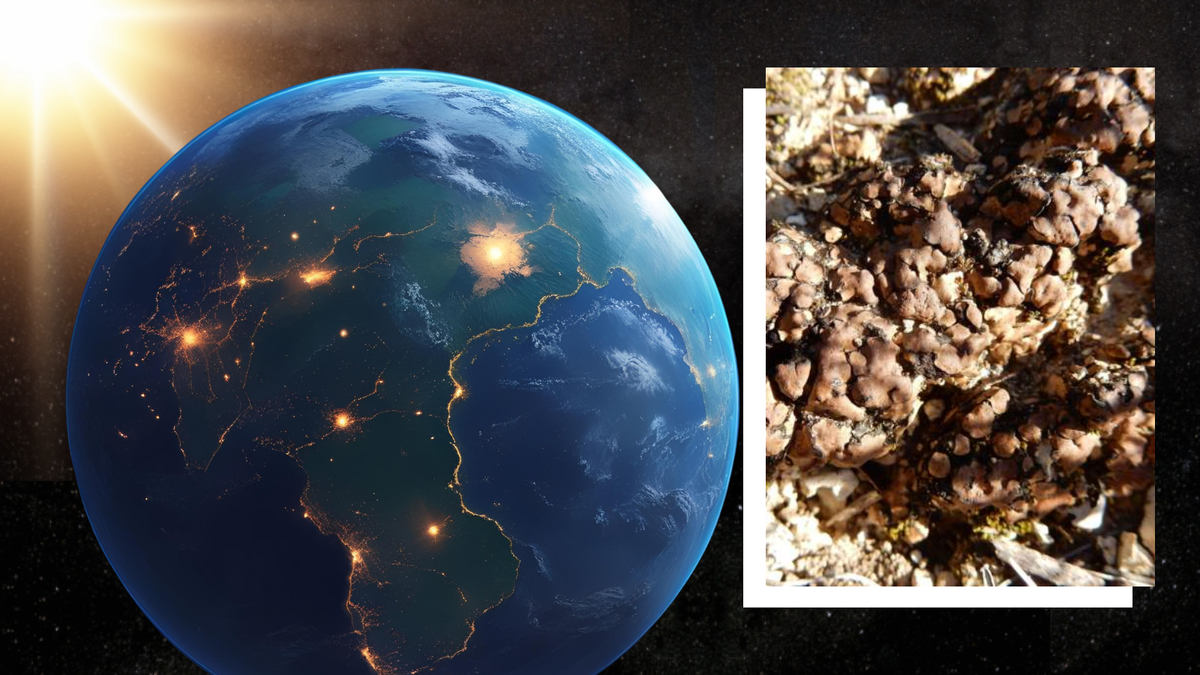


© Robert Lea (created with Canva)/ Bob O'Kennan via iNaturalist



© RubinObs/NOIRLab/SLAC/NSF/DOE/AURA/P. Horálek (Institute of Physics in Opava)
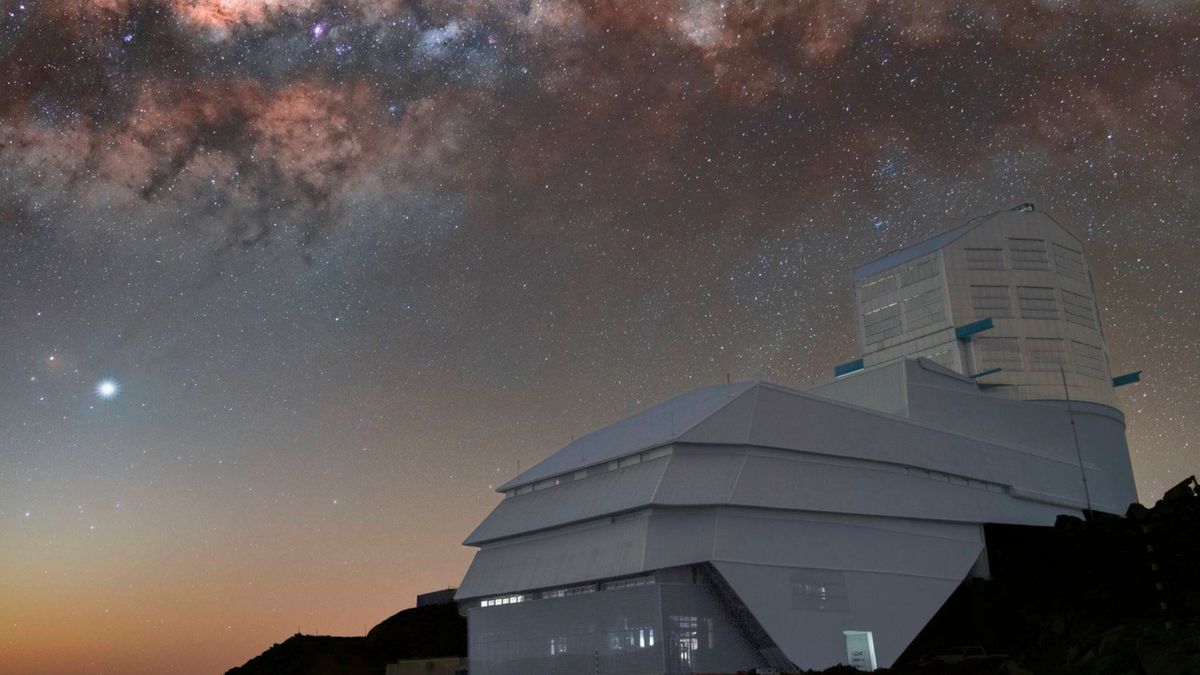


© RubinObs/NOIRLab/SLAC/DOE/NSF/AURA/H. Stockebrand



© Josh Dinner via Future
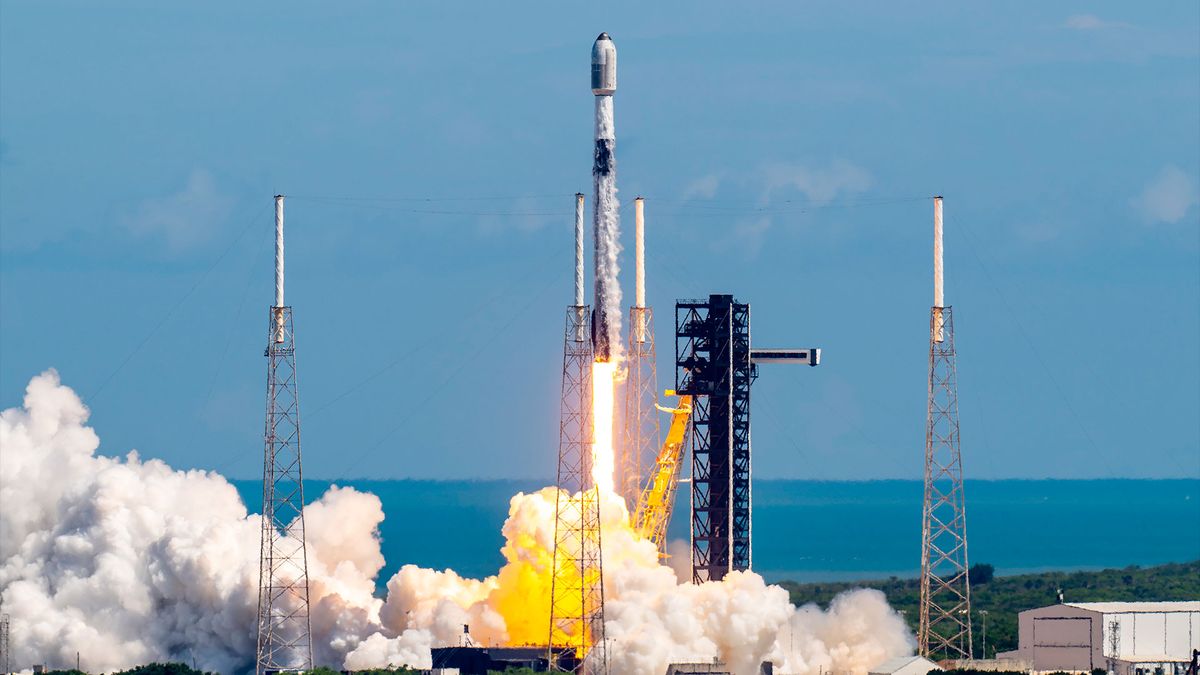


© SpaceX
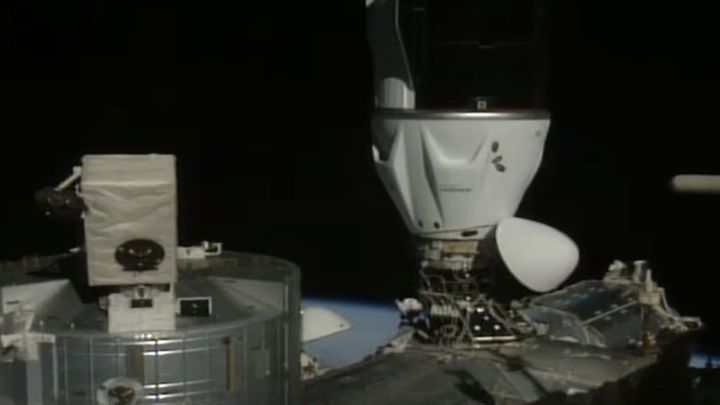


© NASA



© Future/NordVPN
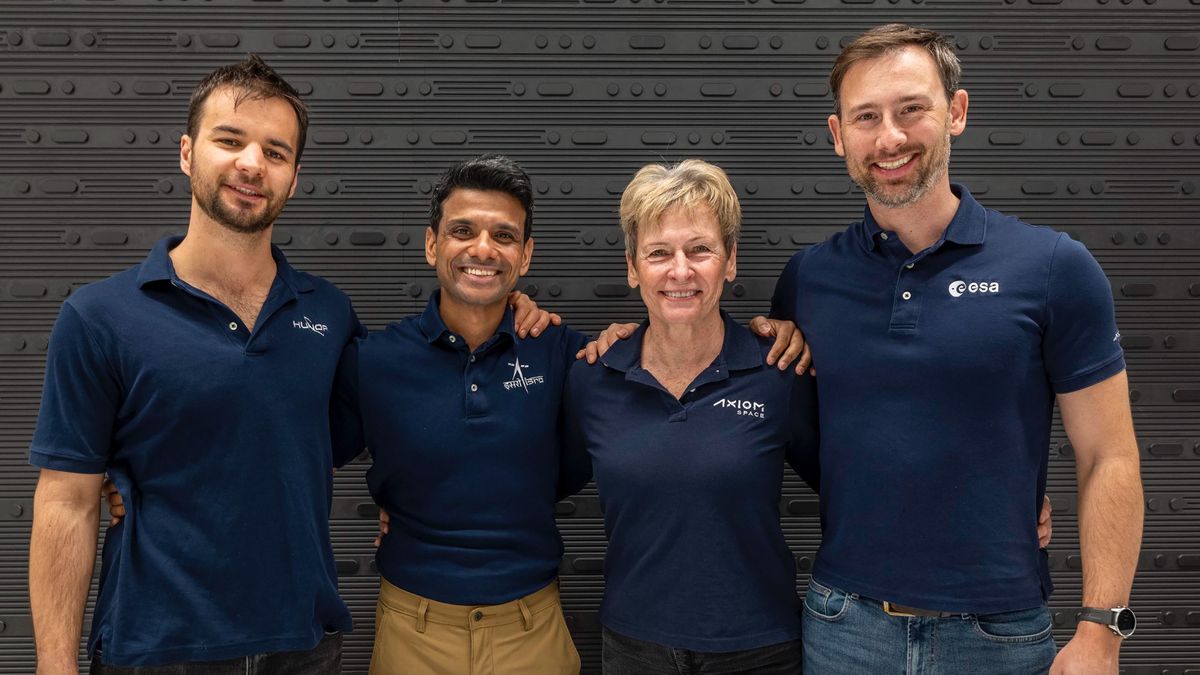


© SpaceX



© Syntilay



© Marvel Studios
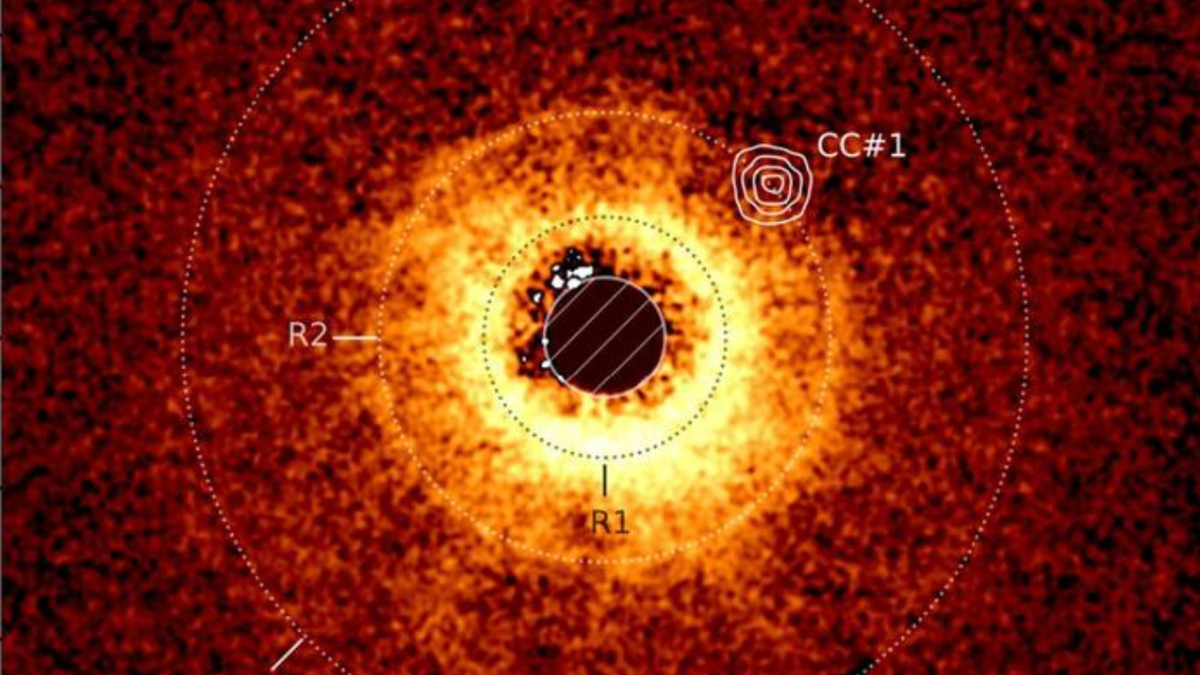


© A.-M. Lagrange and al. - Evidence for a sub-Jovian planet in the young TWA7 disk, 2025
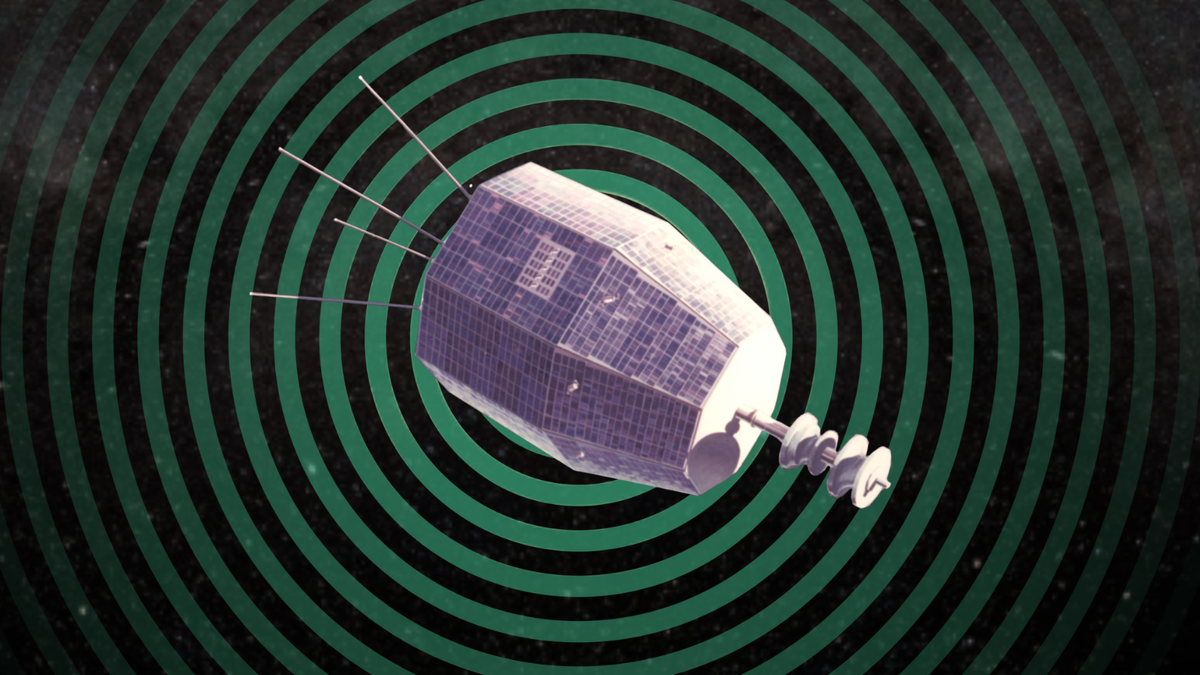


© Robert Lea (created with Canva)



© Gianluca Masi/The Virtual Telescope Project



© ESA/Hubble & NASA, E. Sabbi, D. Calzetti, A. Aloisi
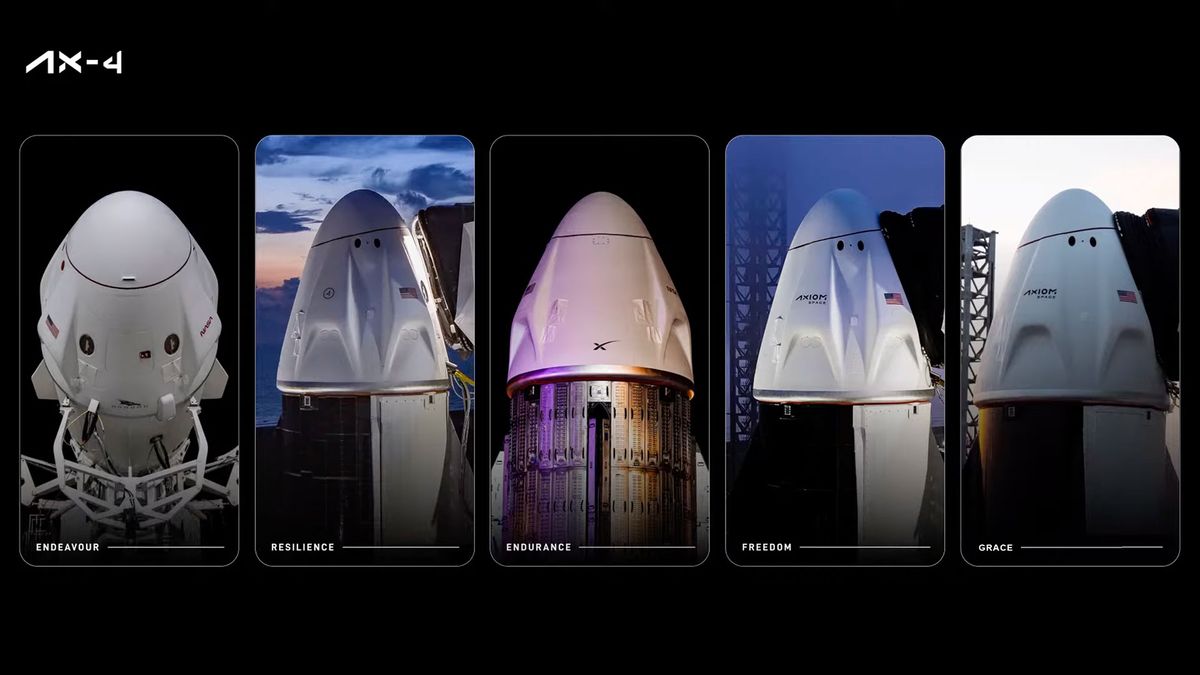


© SpaceX
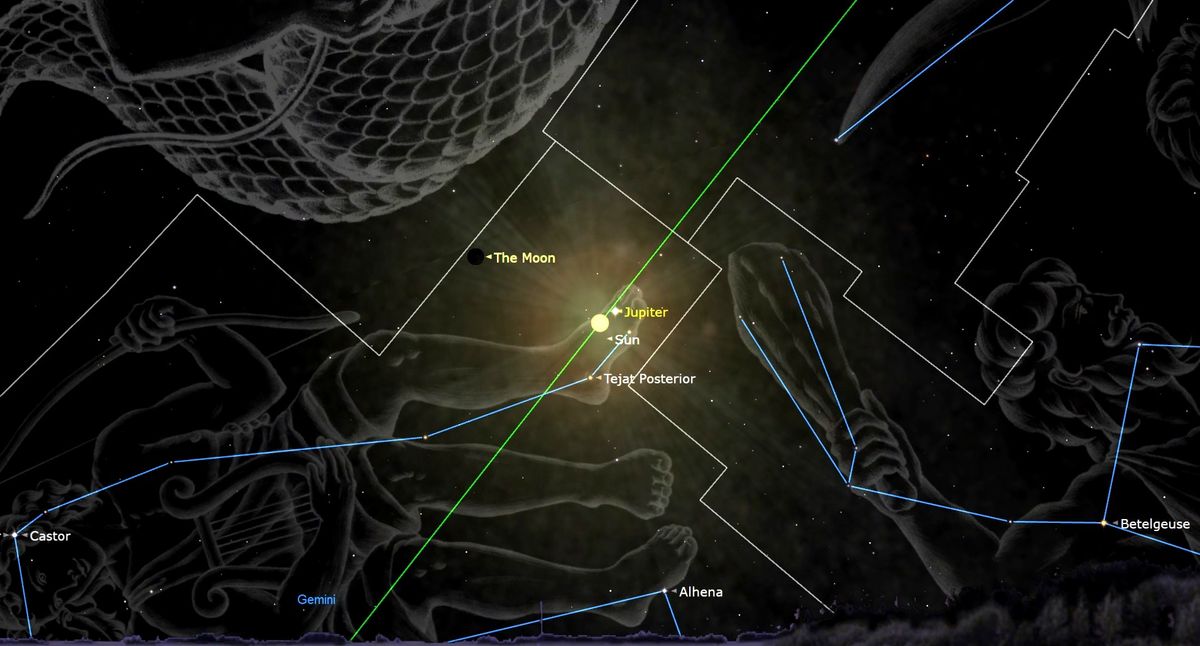


© Starry Night



© Axiom Space
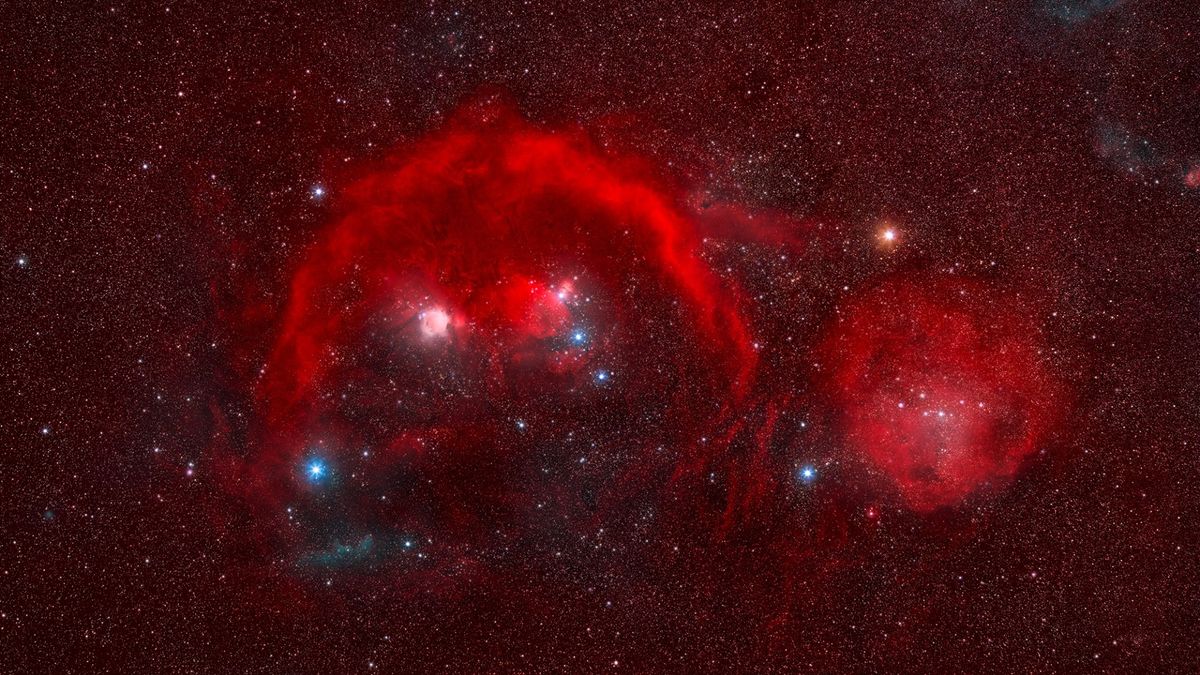


© Miguel Claro
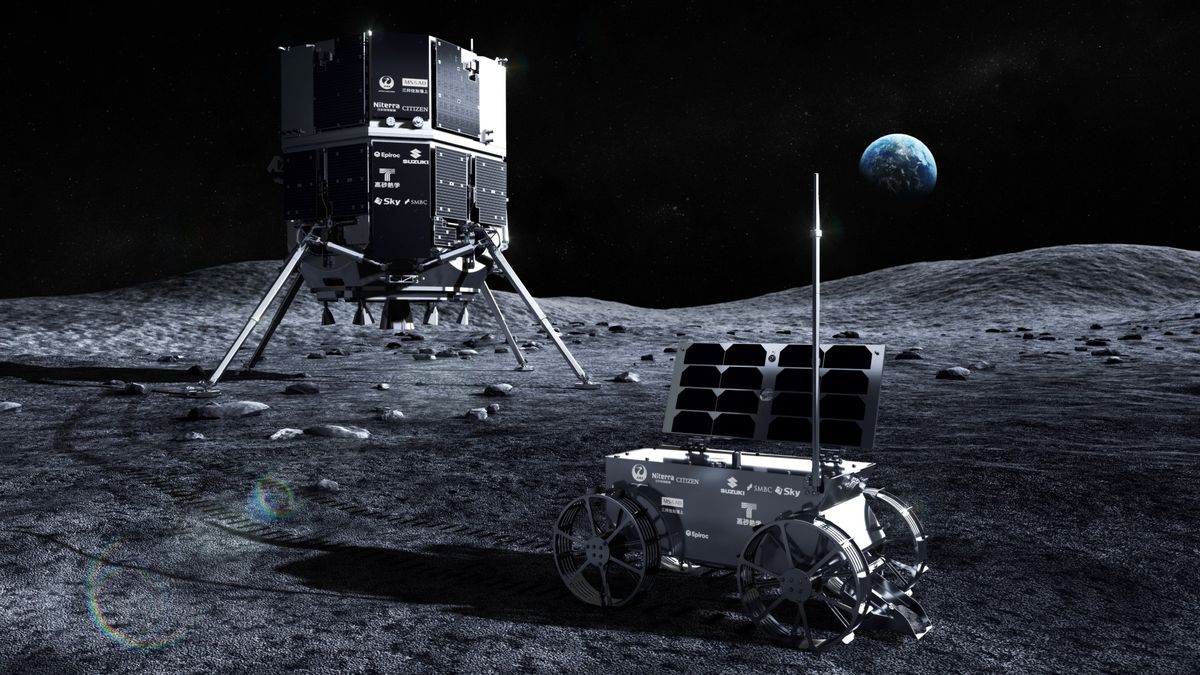


© ispace
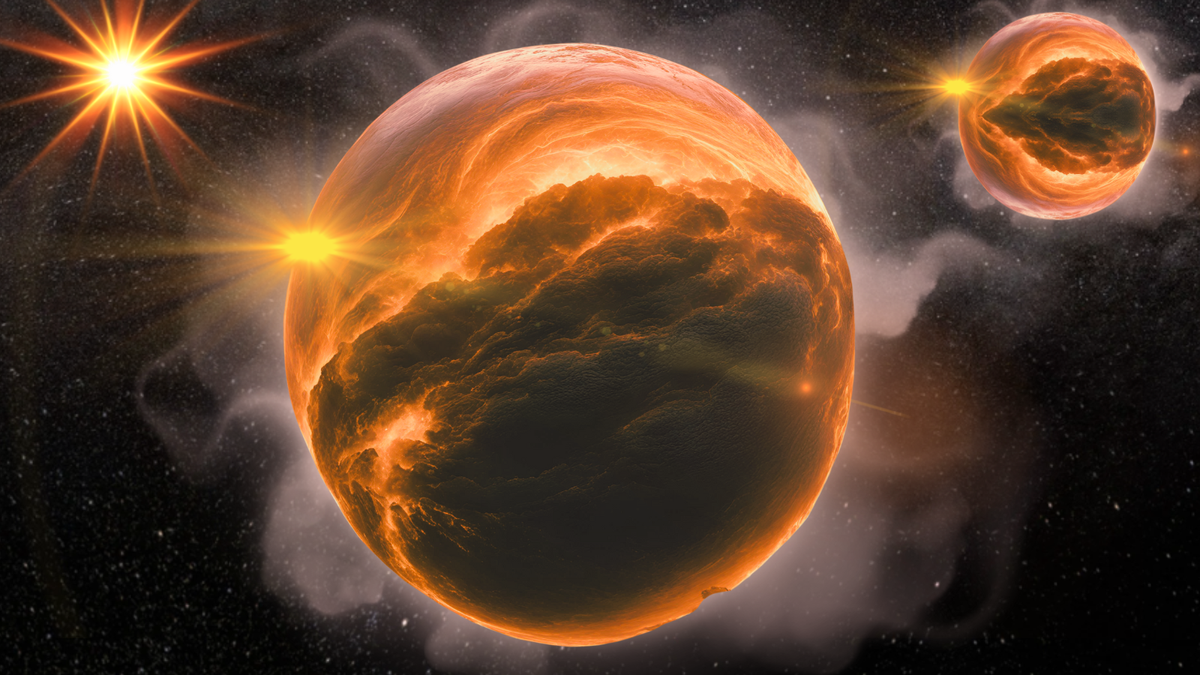


© Robert Lea (created with Canva)
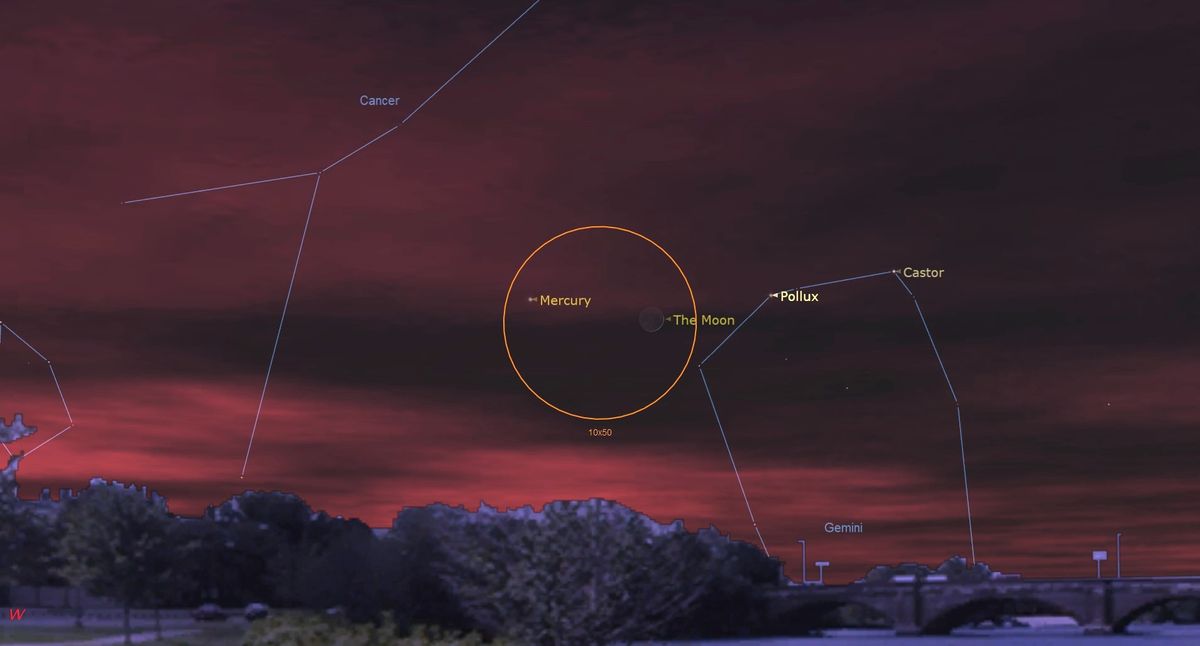


© Starry Night
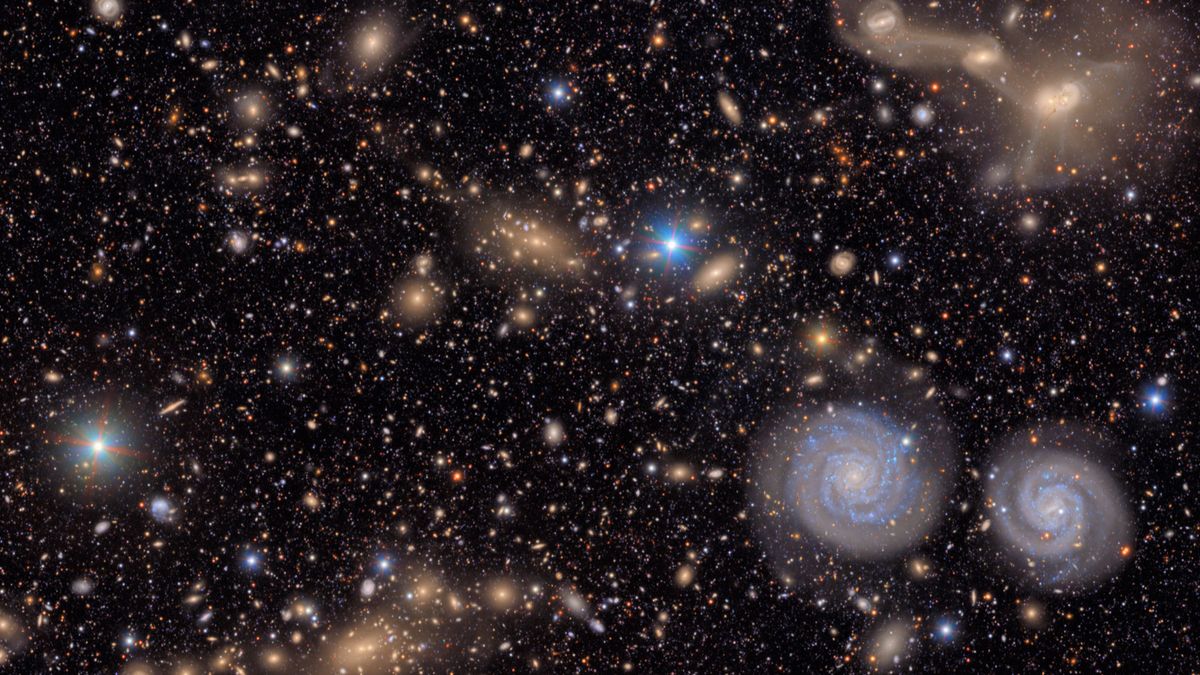


© NSF–DOE Vera C. Rubin Observatory



© Nintendo
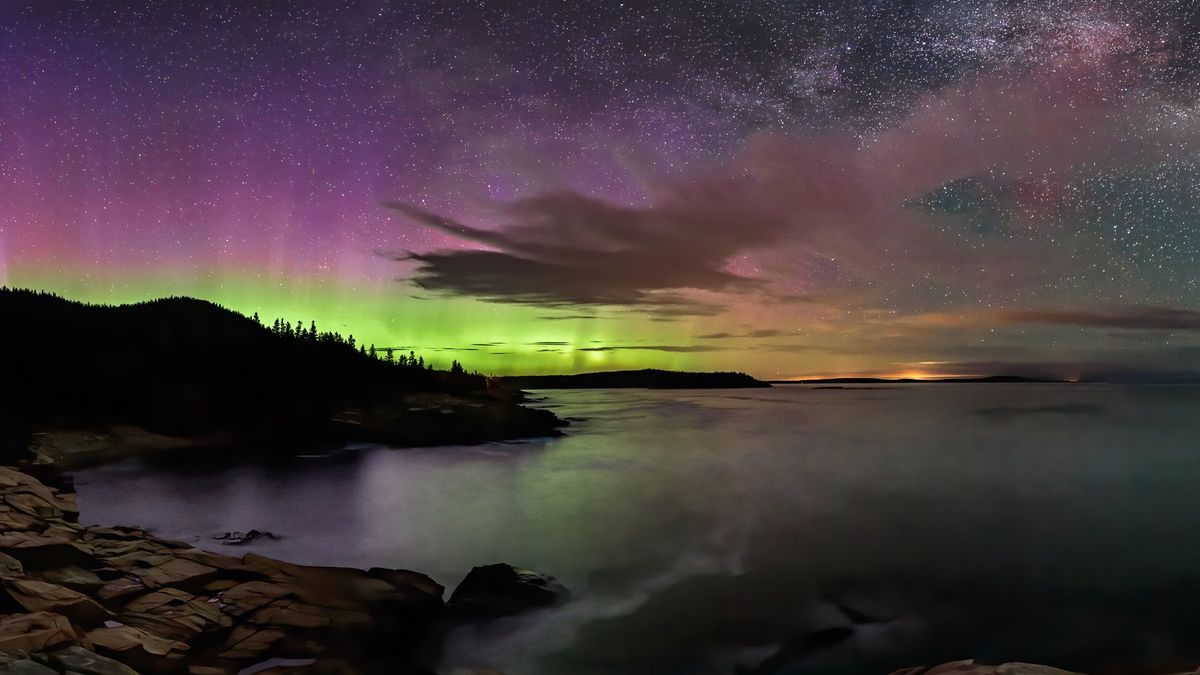


© Susan Hershey via Getty Images
Author(s): Mark Buchanan
A researcher describes a pathway to unprecedented precision for measurements of the distance to the Moon using a continuous rather than a pulsed laser.
[Physics 18, 124] Published Fri Jun 27, 2025
Author(s): Marric Stephens
The efficiency of a quantum cryptography scheme can be improved by replacing conventional attenuated lasers with single-photon quantum-dot sources.
[Physics 18, 126] Published Fri Jun 27, 2025
Author(s): Bob Henderson
One hundred years after Heisenberg’s legendary retreat on Helgoland, physicists return to the island to celebrate the achievements of quantum mechanics and to debate its future.
[Physics 18, 125] Published Thu Jun 26, 2025
Author(s): Anne-Florence Bitbol
A biophysical model sheds light on how the subtle interplay of fluid dynamics and bacterial growth controls the fluctuating population of microbes in the human gut.
[Physics 18, 121] Published Wed Jun 25, 2025
Author(s): Marric Stephens
A theoretical model of a surface-wave instability matches observations of a muddy debris flow in an Alpine valley.
[Physics 18, s81] Published Tue Jun 24, 2025
Author(s): Robert-Jan Slager
Contrary to conventional wisdom, so-called order parameters that distinguish symmetry-governed phases of matter can have topological structure.
[Physics 18, 118] Published Mon Jun 23, 2025
Author(s): Matteo Rini
The Vera C. Rubin Observatory has released its first images—a small preview of a decadal survey that will observe an unprecedented number of stars and galaxies, helping researchers tackle the biggest mysteries in astrophysics and cosmology.
[Physics 18, 122] Published Mon Jun 23, 2025
Author(s): Michael Schirber
In bringing attention to climate change, this year’s Show Your Stripes Day includes new stripe patterns depicting temperature changes in the ocean and atmosphere, as well as in future-climate scenarios.
[Physics 18, 119] Published Fri Jun 20, 2025
Author(s): Philip Ball
A concept based on an exotic effect in periodic structures may be useful for developing future photonic devices.
[Physics 18, 120] Published Fri Jun 20, 2025
Author(s): Ryan Wilkinson
An atom’s quantum state can be determined quickly and accurately thanks to a strategy for making the atom brighter.
[Physics 18, s77] Published Fri Jun 20, 2025
Author(s): Charles Day
A fine-grained database of Twitter posts gathered during the 2017 French presidential election validates a popular network model of opinion dynamics.
[Physics 18, s76] Published Tue Jun 17, 2025
Author(s): Michael Schirber
A study of cellular motion demonstrates a method for isolating individual cellular behavior from environmentally induced random motion.
[Physics 18, s84] Published Tue Jun 17, 2025
Author(s): Chris Rogers
Researchers have demonstrated the slowing and subsequent reacceleration of a muon beam, increasing the potential of muon beams as a research tool.
[Physics 18, 114] Published Mon Jun 16, 2025
Author(s): Michael Schirber
The memory of a story appears to have a tree-like structure, with abstract summaries branching out into more specific details.
[Physics 18, 117] Published Fri Jun 13, 2025
Author(s): Ryan Wilkinson
Two studies elucidate key mechanisms limiting the efficiency and stability of organic light-emitting diodes.
[Physics 18, s74] Published Thu Jun 12, 2025
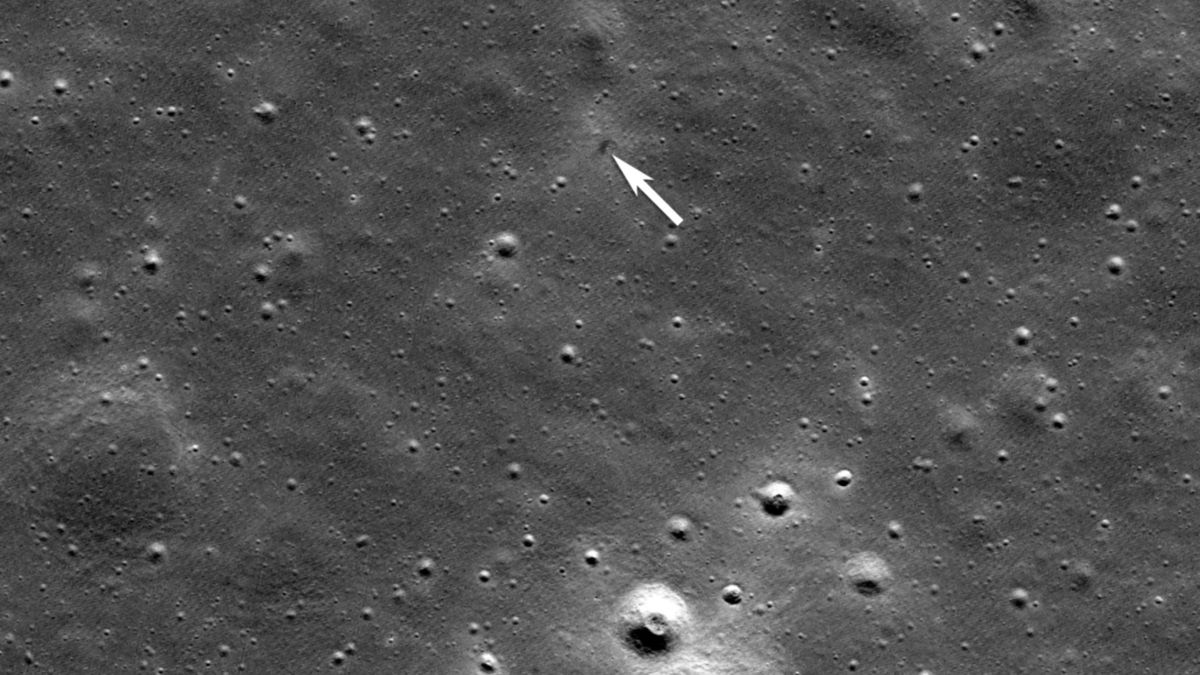


© NASA/GSFC/Arizona State University.



© Disney / Pixar
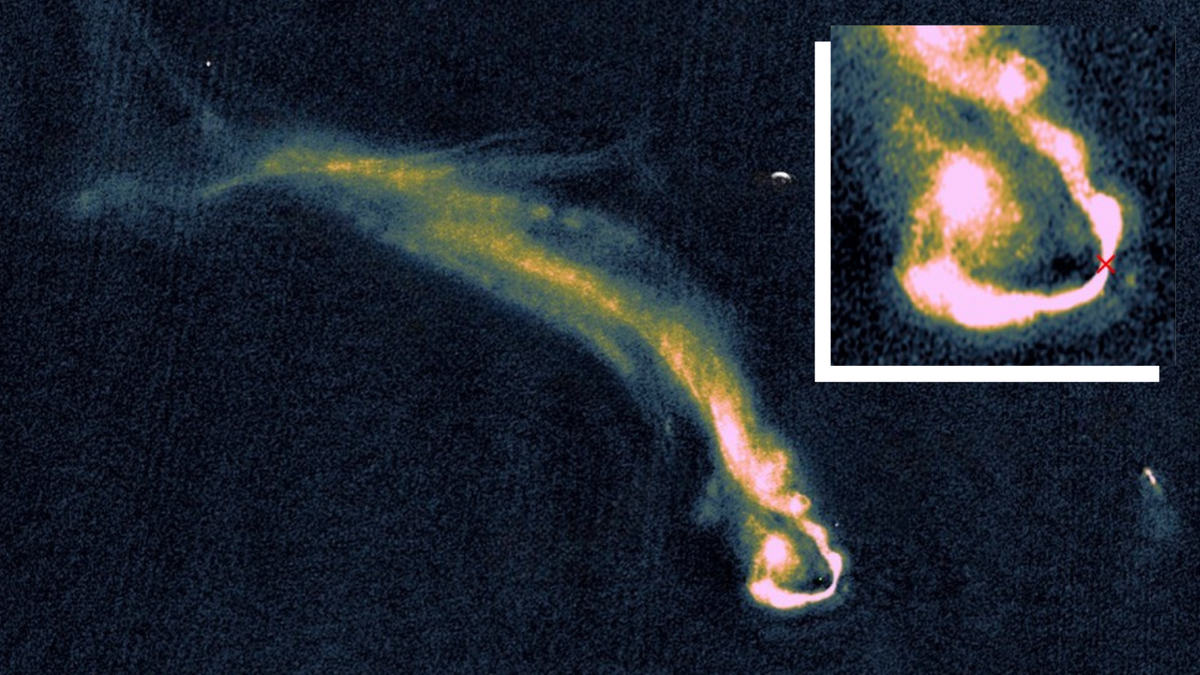


© E. De Rubeis (Università diBologna - INAF) et al. / A&A 2025
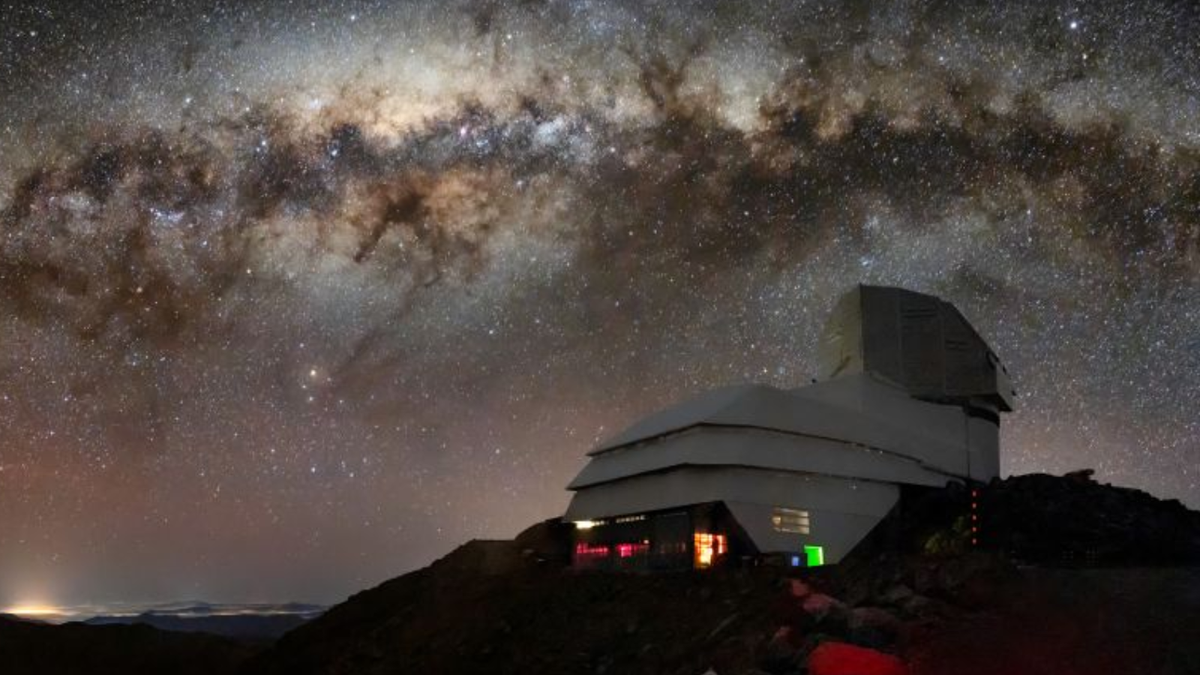


© NSF-DOE Rubin Observatory/AURA/B. Quint
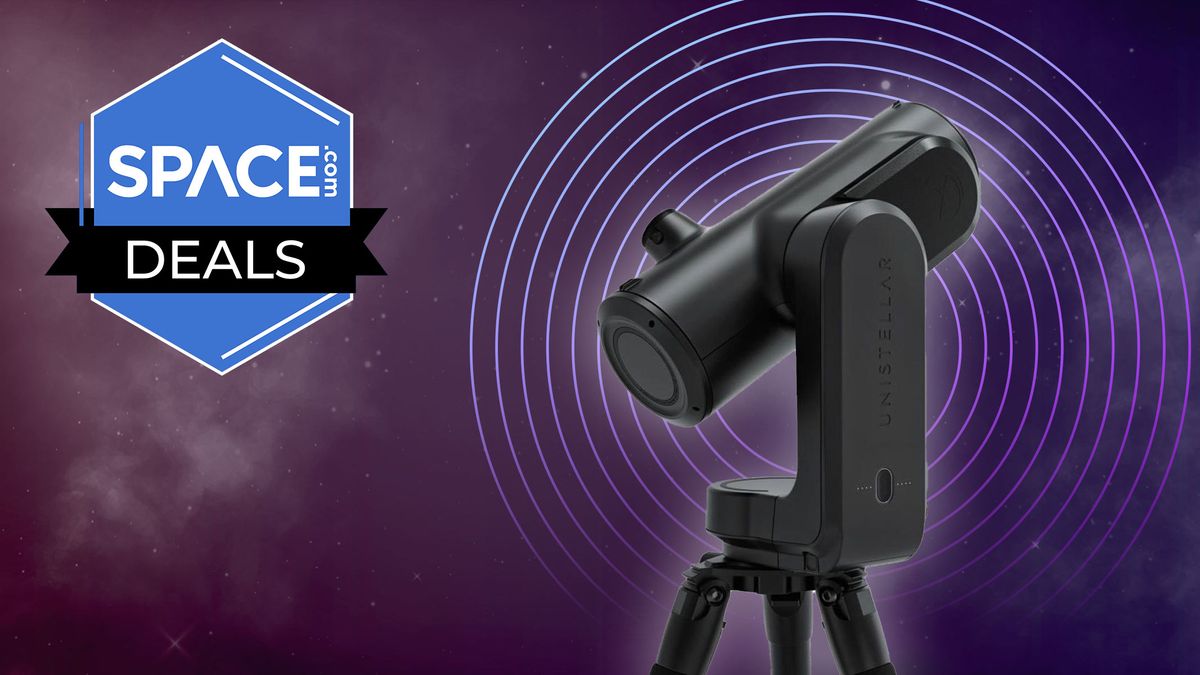


© Unistellar / Future
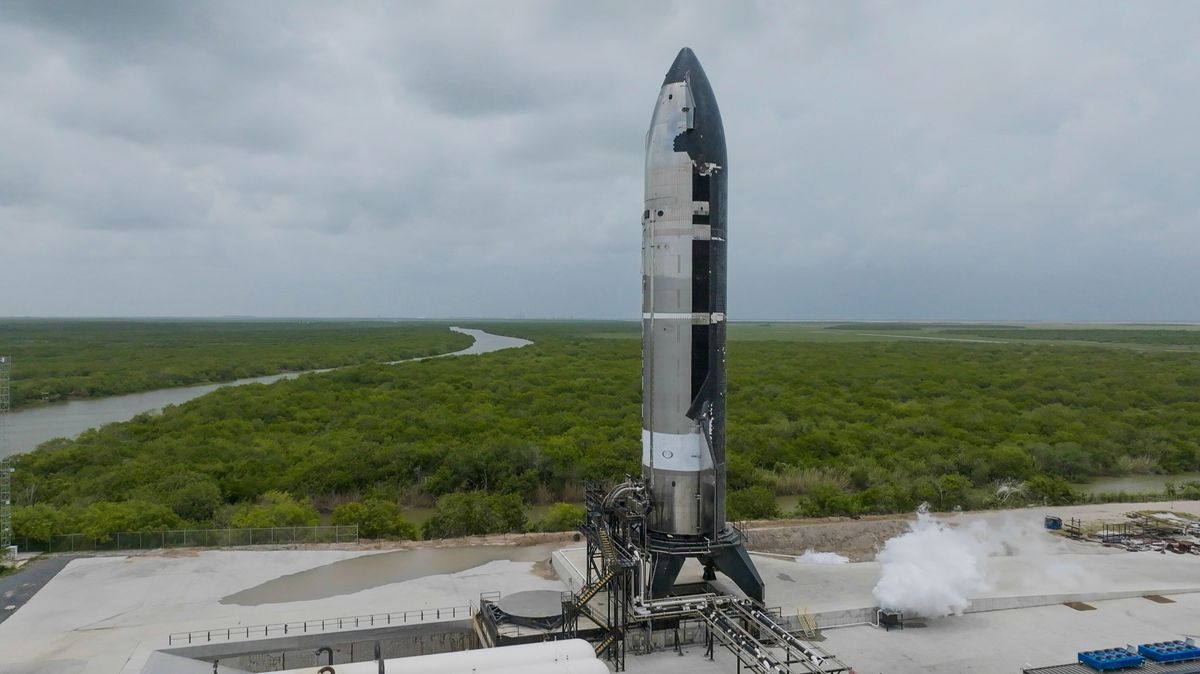


© SpaceX
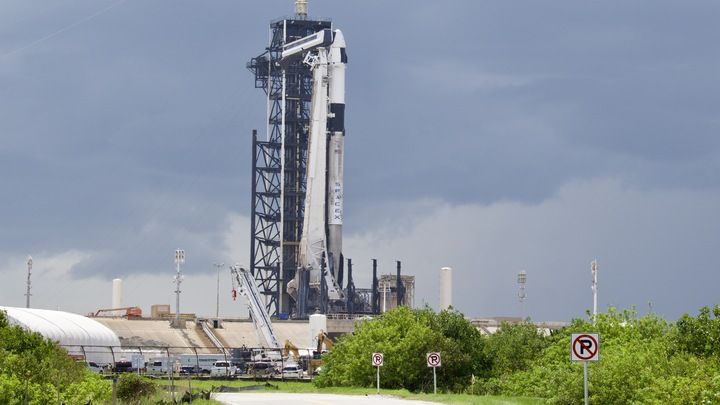


© Space.com / Josh Dinner



© Lego



© Kim Snaith
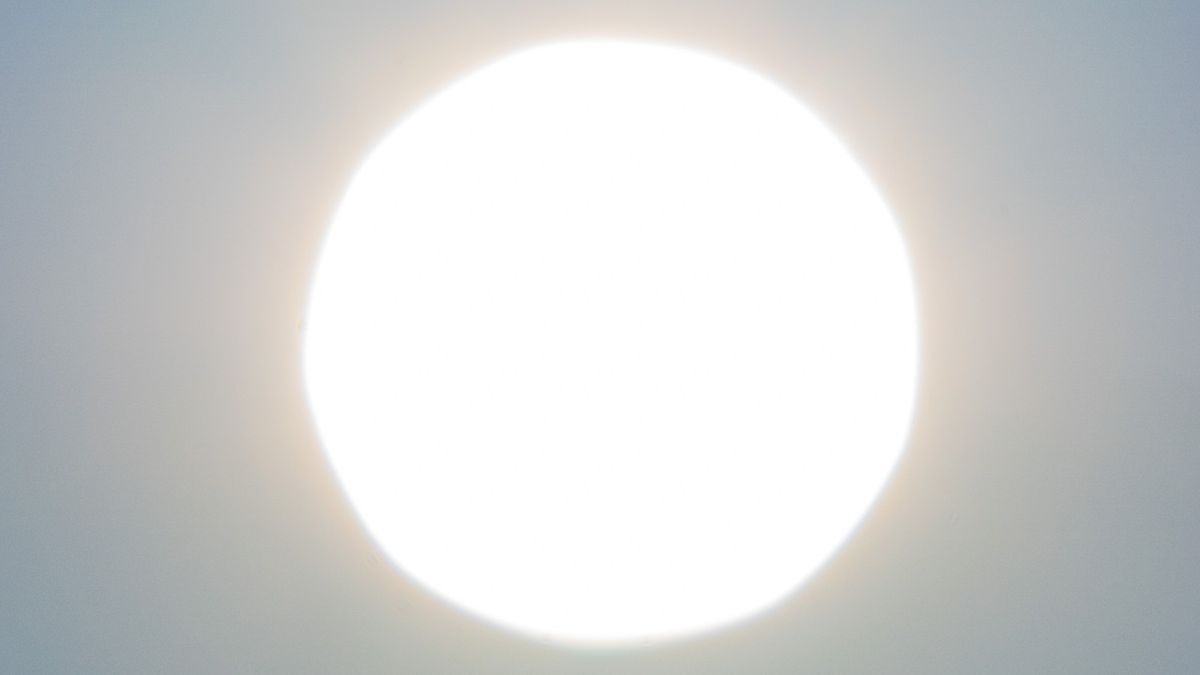


© Albin Bonnard via Getty Images



© U.Western and Defence R&D Canada
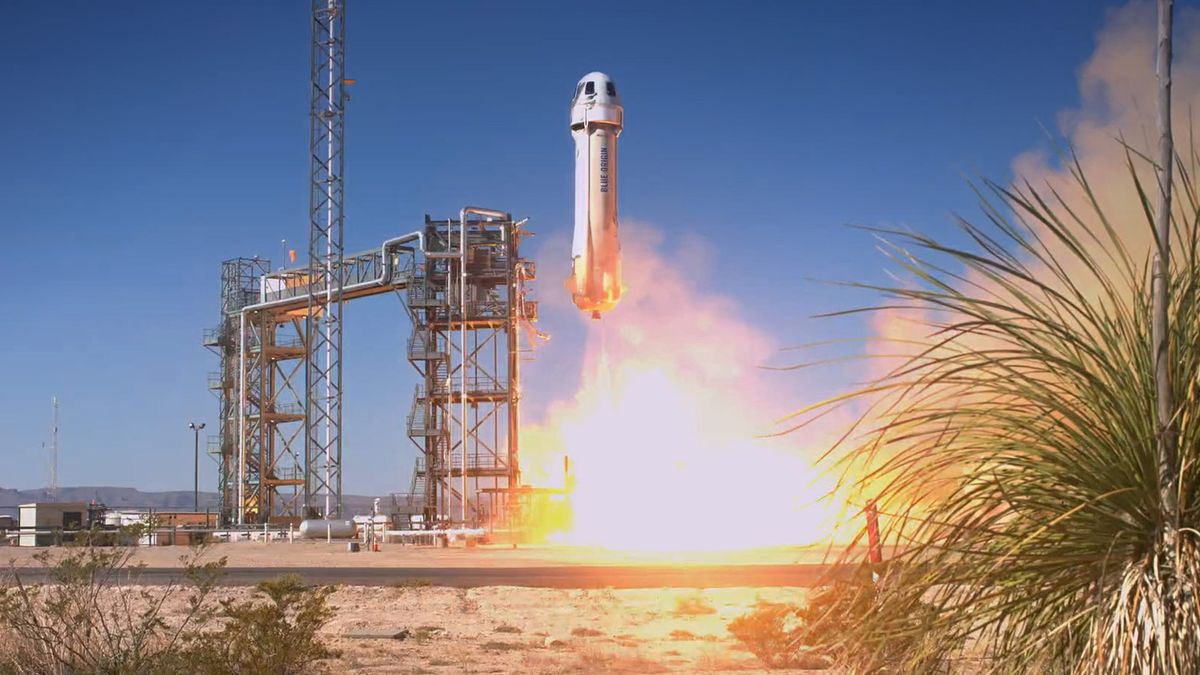


© Blue Origin



© Photo by Bill Ingalls via Wikimedia Commons



© NASA / SDO and the AIA, EVE, and HMI science teams, helioviewer.org
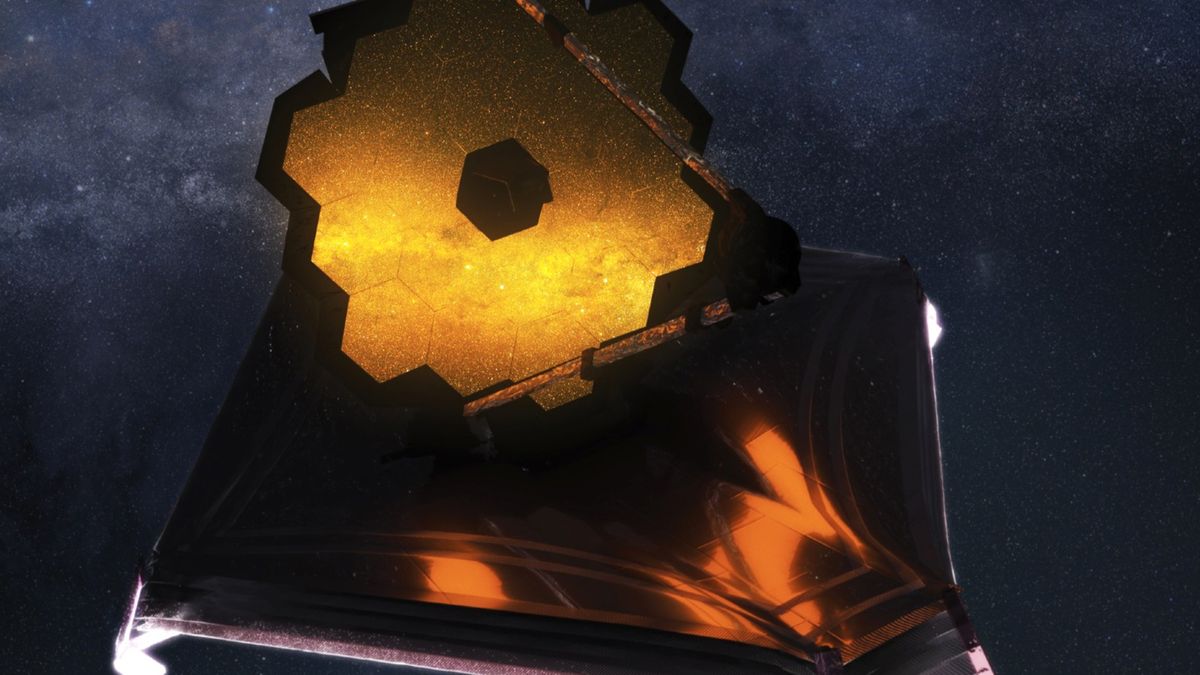


© NASA/Adriana Manrique Gutierrez



© Rocket Lab
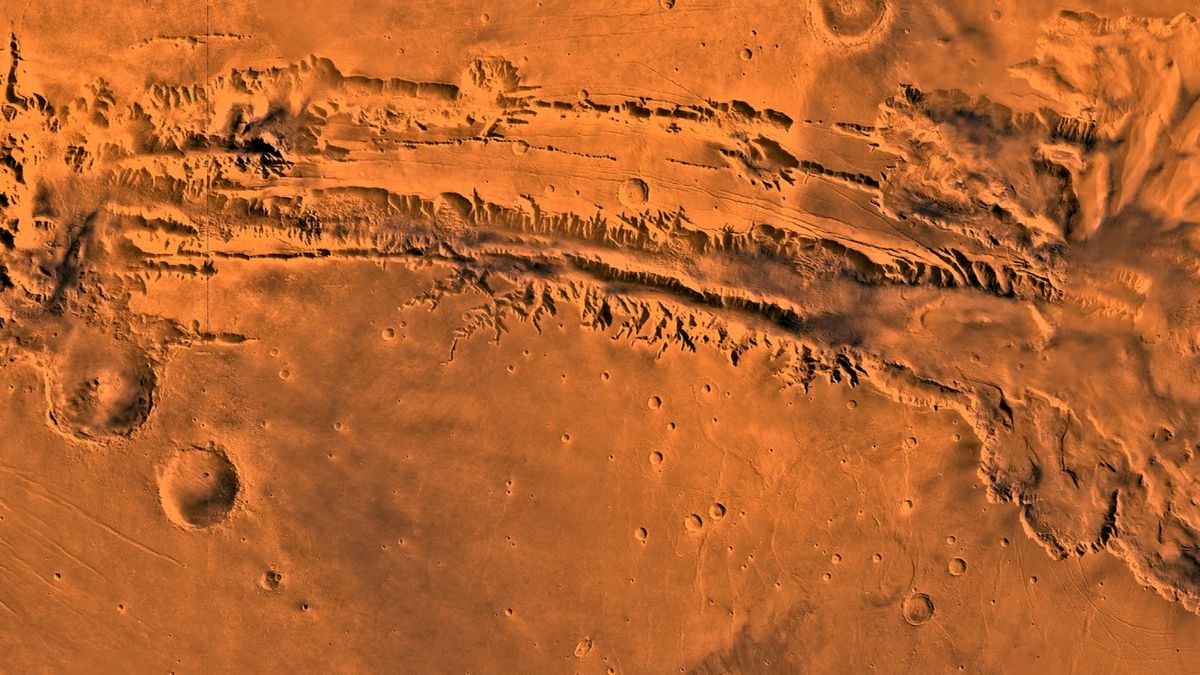


© NASA / JPL-Caltech / USGS
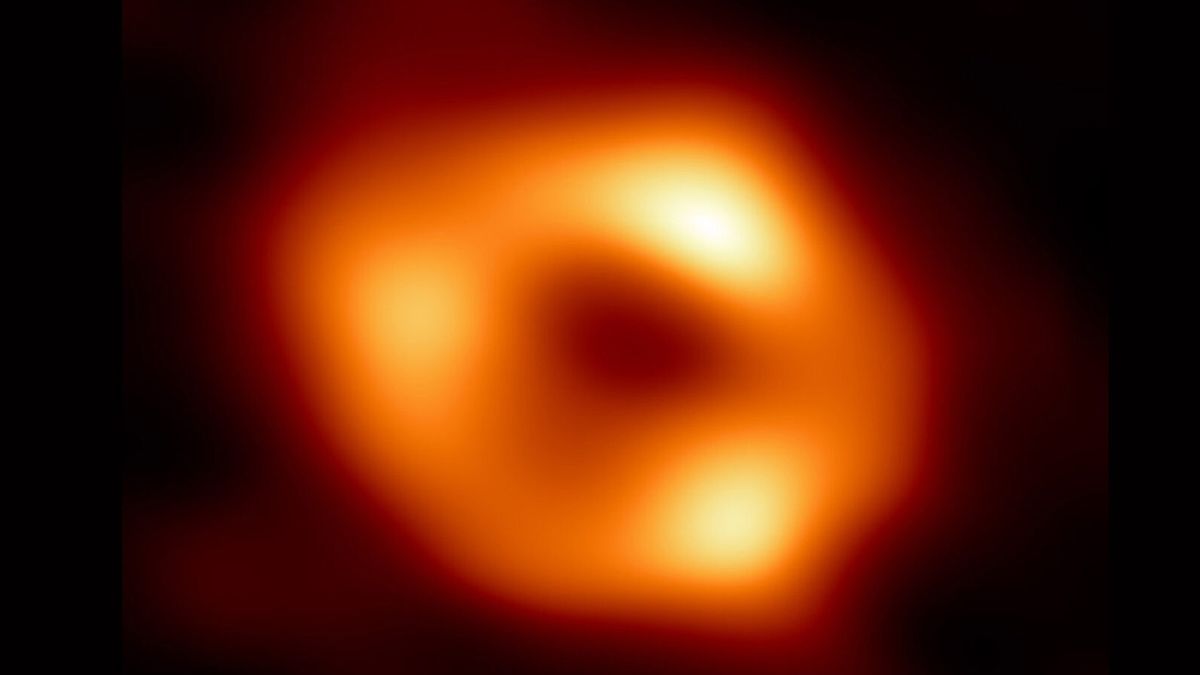


© Event Horizon Telescope collaboration
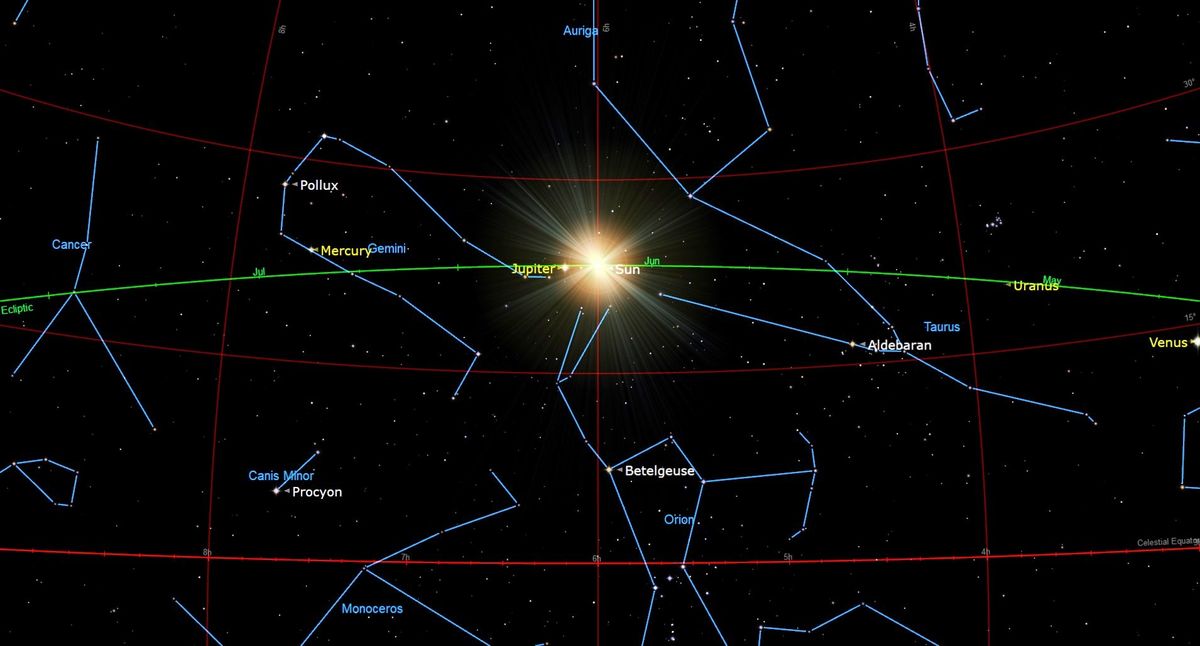


© Starry Night



© Kim Snaith



© NASA/Isaac Watson



© Blue Origin
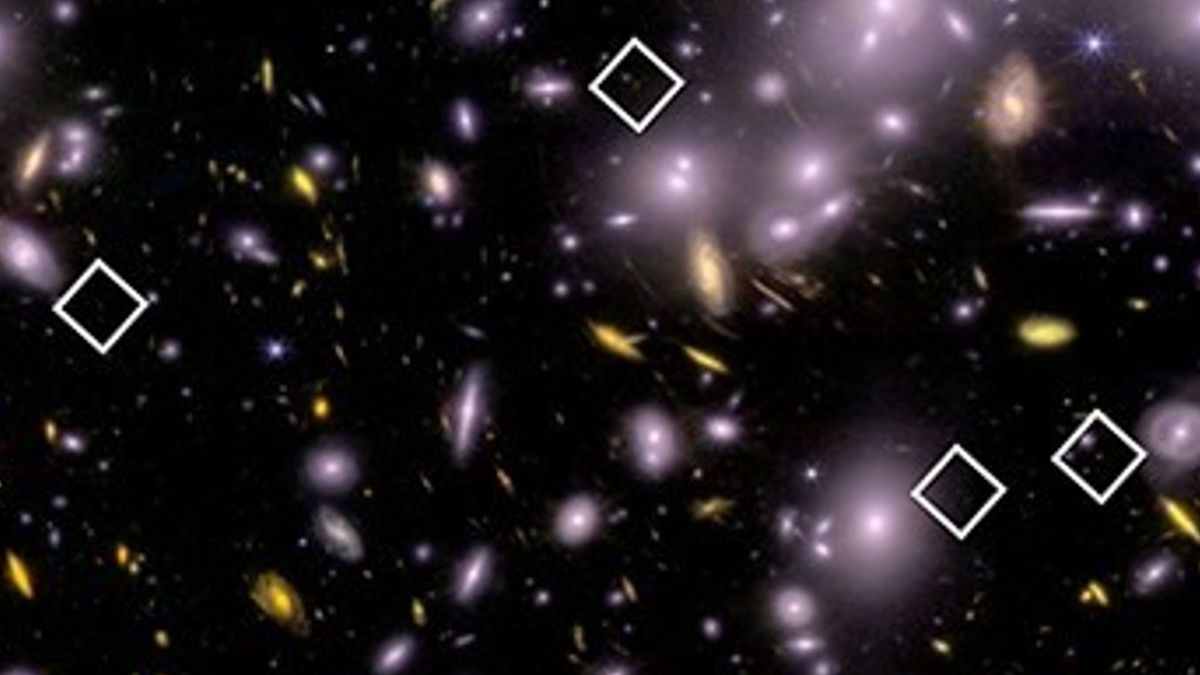


© NASA/ESA/CSA/Bezanson et al. 2024 and Wold et al. 2025
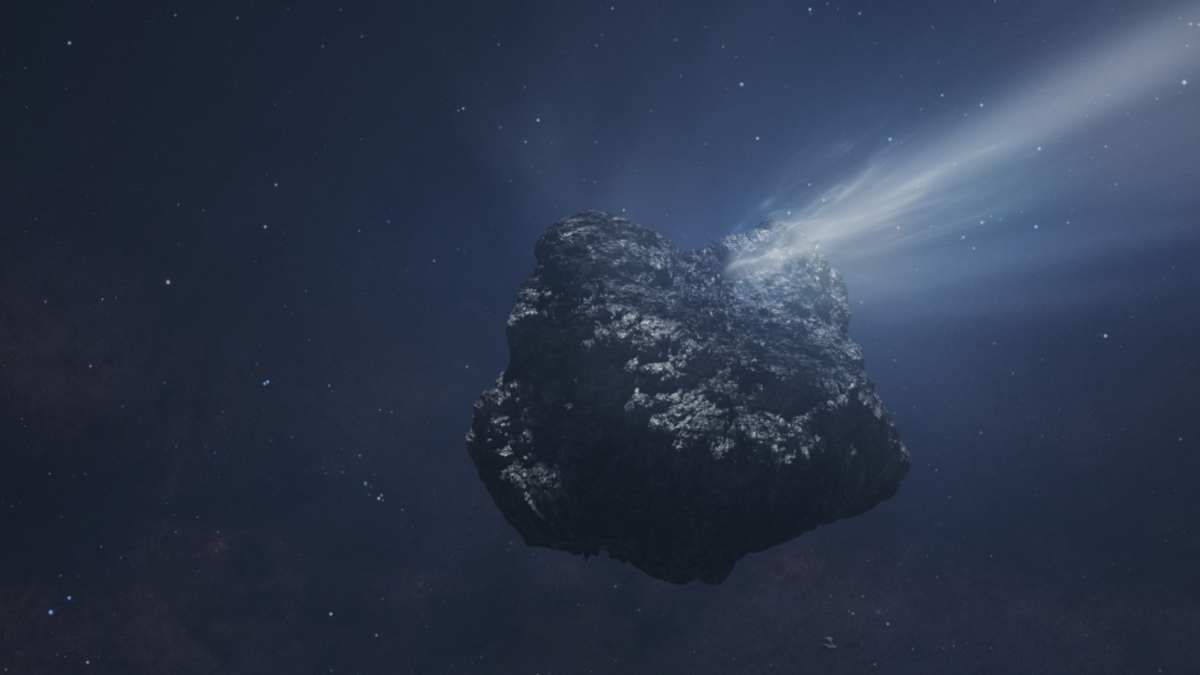


© NSF/AUI/NSF NRAO/M.Weiss
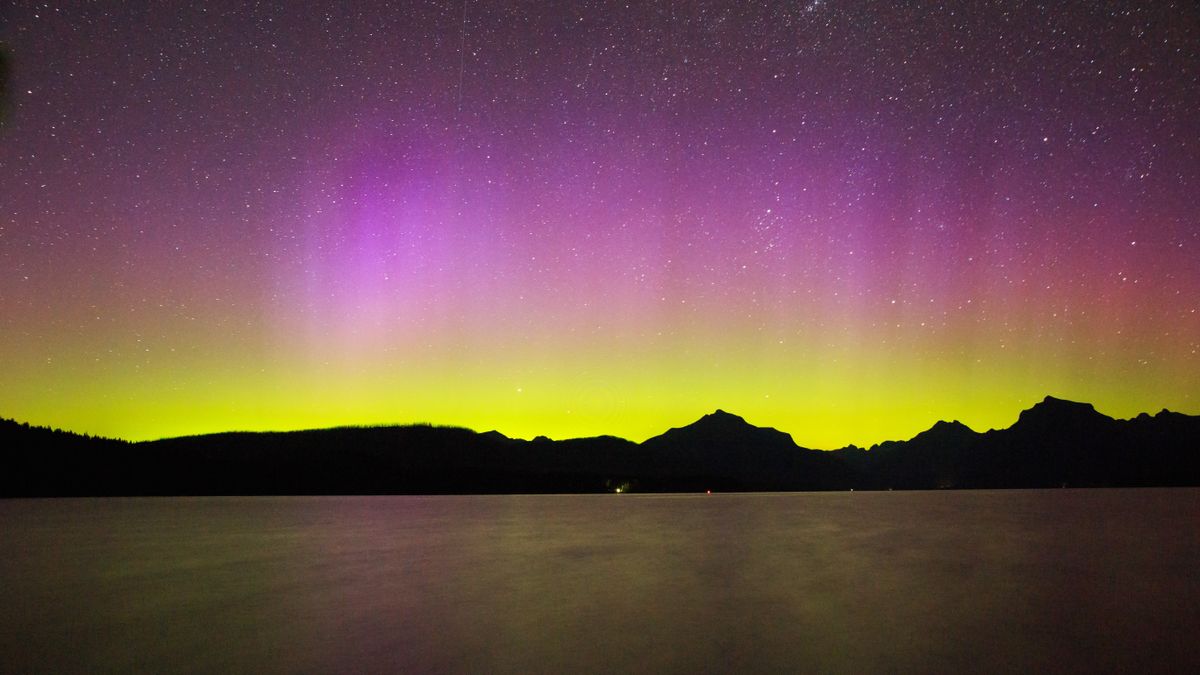


© Photography by Bridget Calip via Getty Images
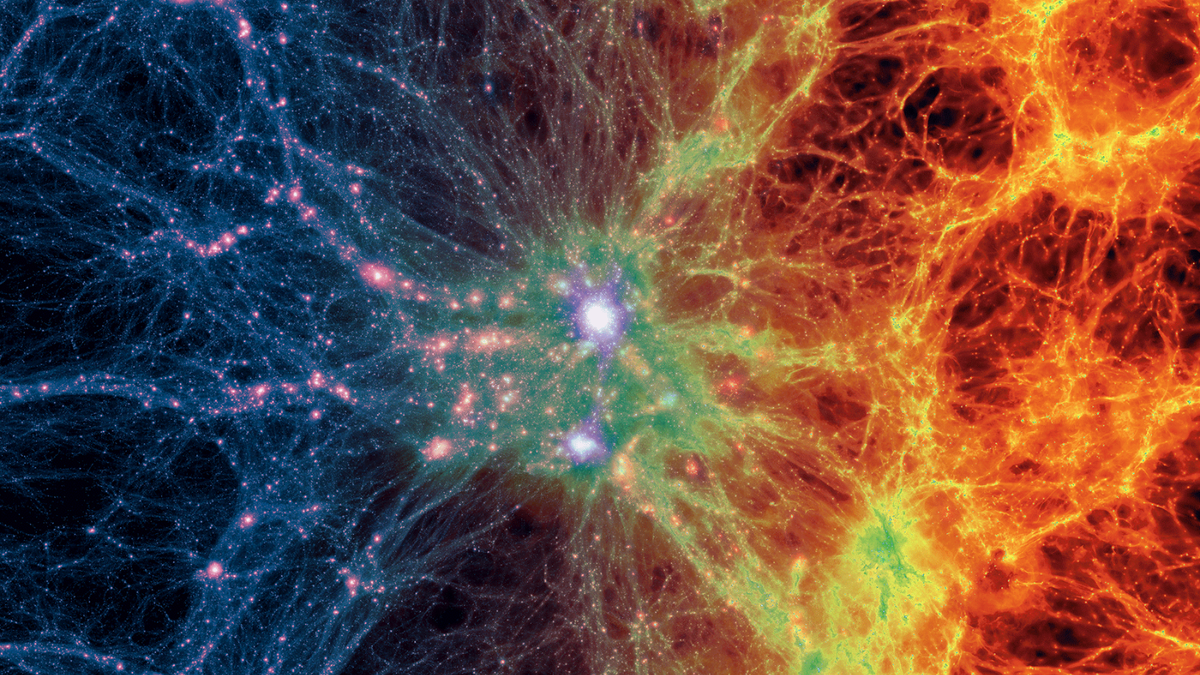


© ESA/XMM-Newton and ISAS/JAXA.
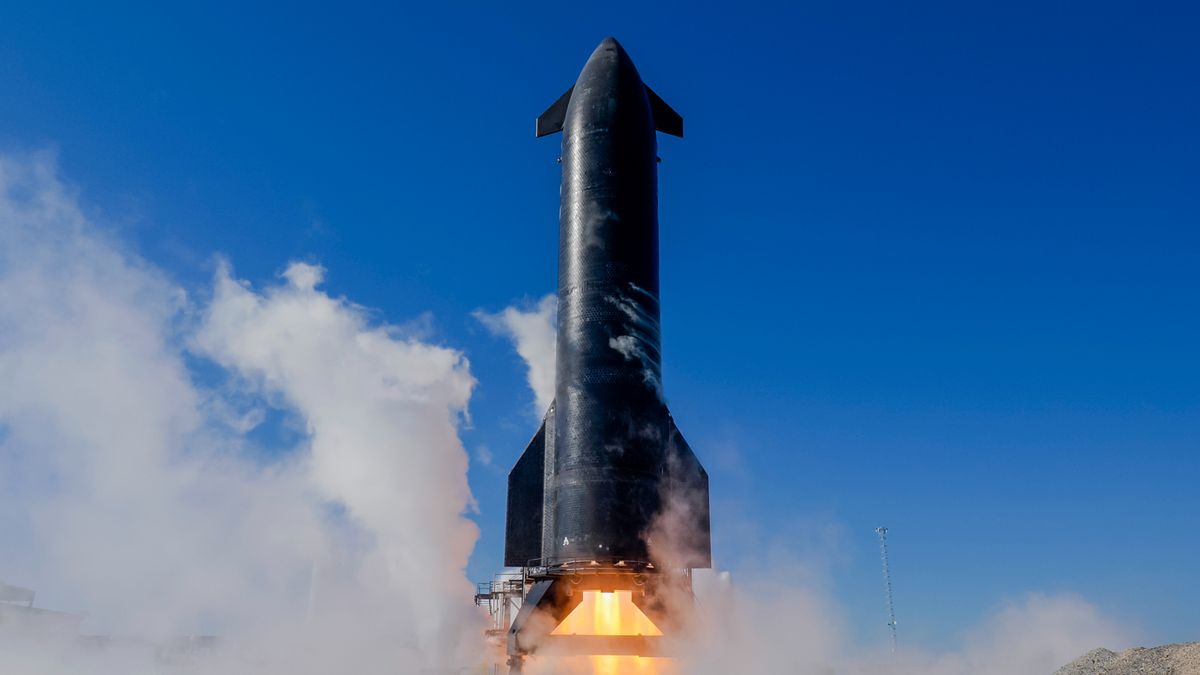


© SpaceX



© Created in Canva by Daisy Dobrijevic



© CASC
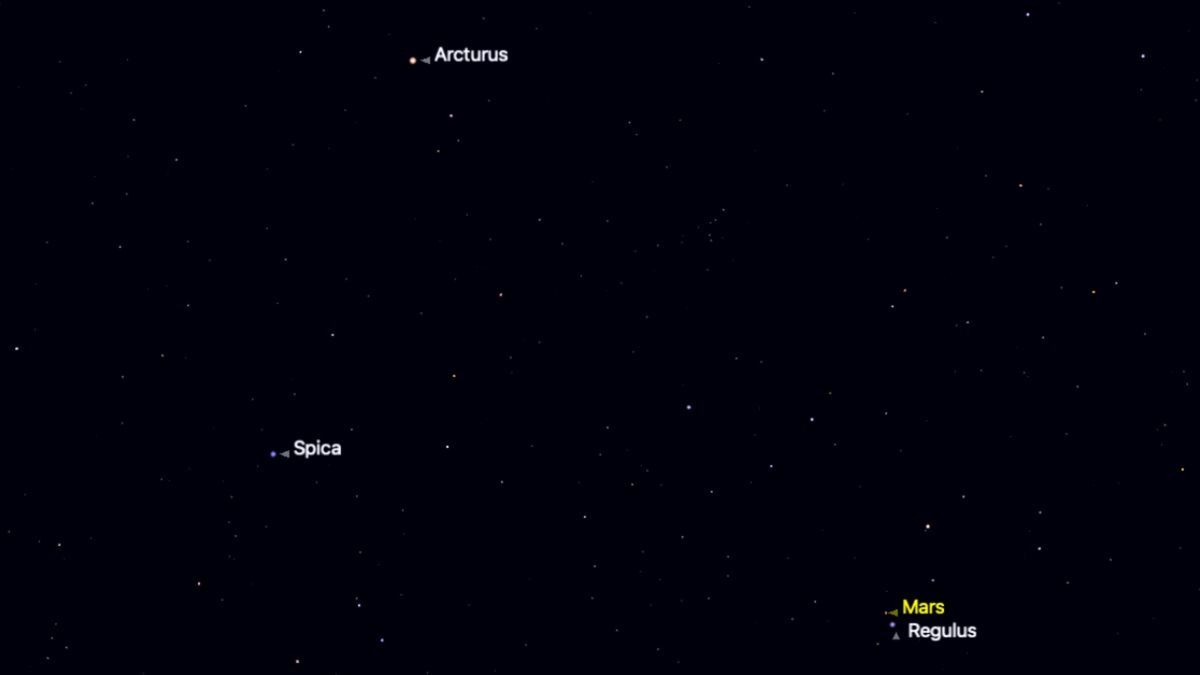


© Starry Night
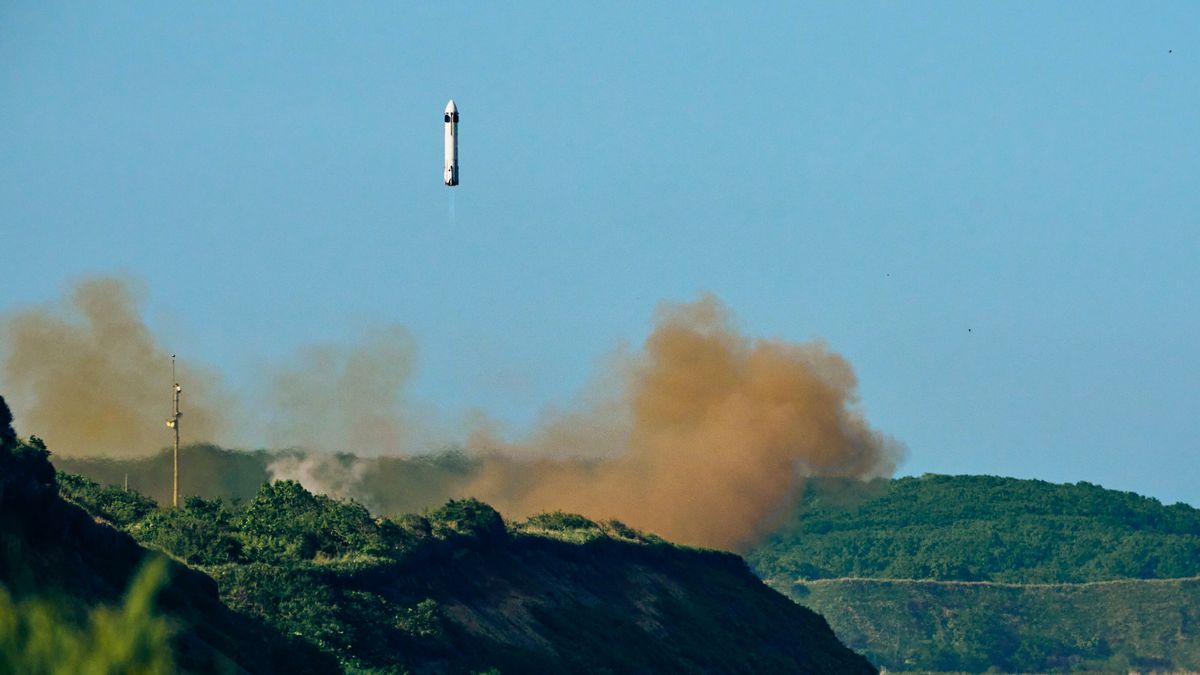


© Honda



© Paramount



© NASA Earth Observatory image by Wanmei Liang, using MODIS data from NASA EOSDIS LANCE and GIBS/Worldview
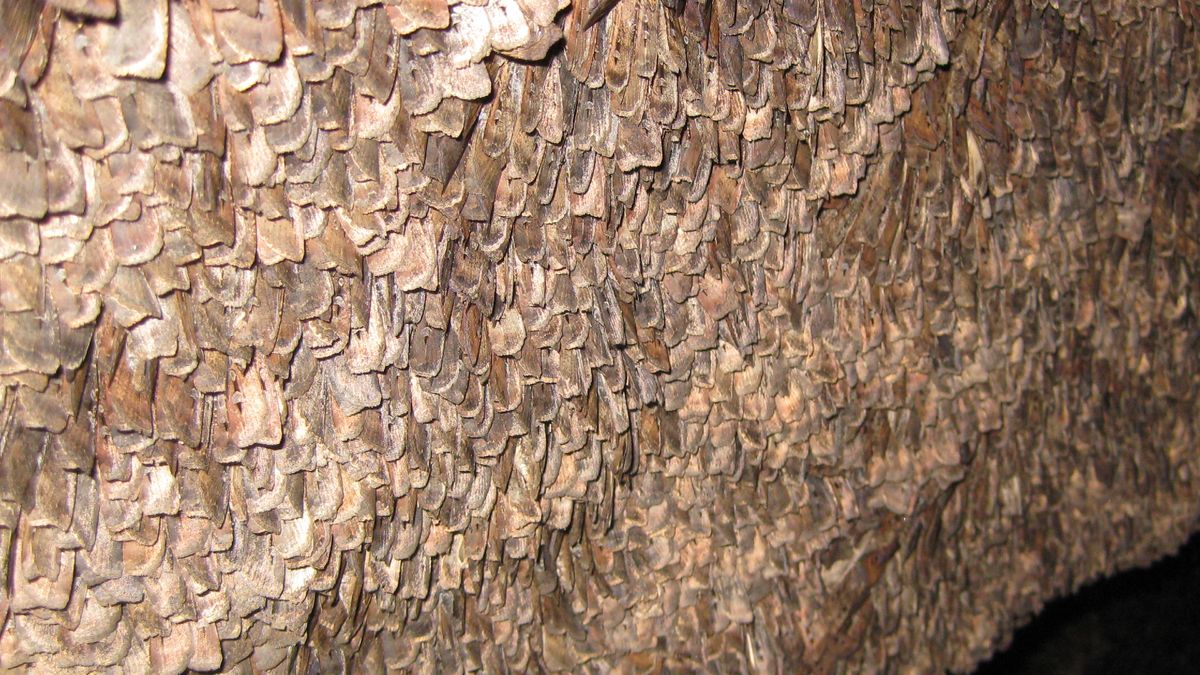


© Eric Warrant



© Getty Images



© Future/NordVPN
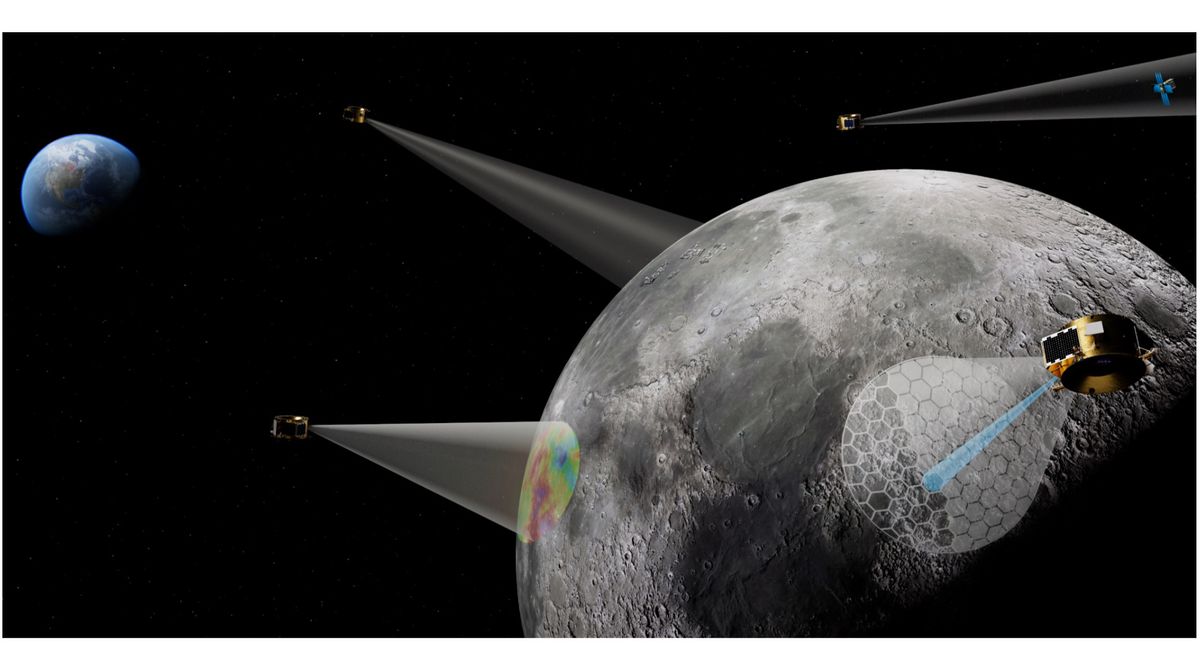


© Firefly Aerospace
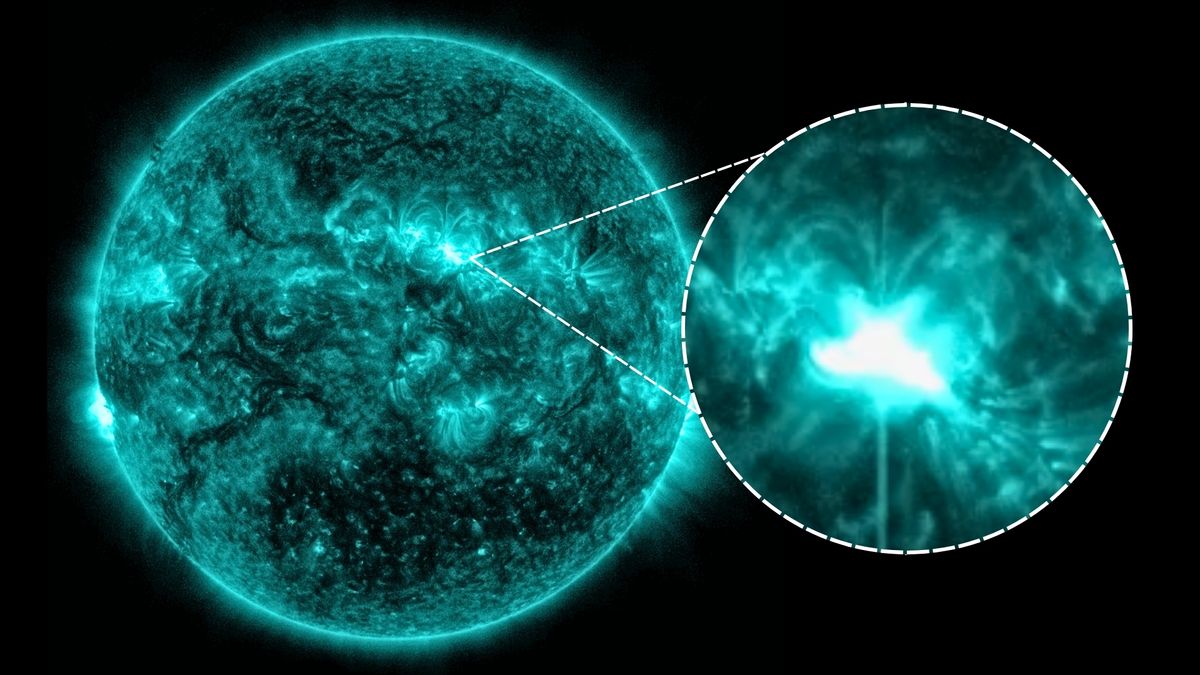


© NASA SDO/graphic made in Canva by Daisy Dobrijevic



© ESO/E. Congiu et al.



© RubinObs/NOIRLab/SLAC/NSF/DOE/AURA/A. Pizarro D.



© SpaceX
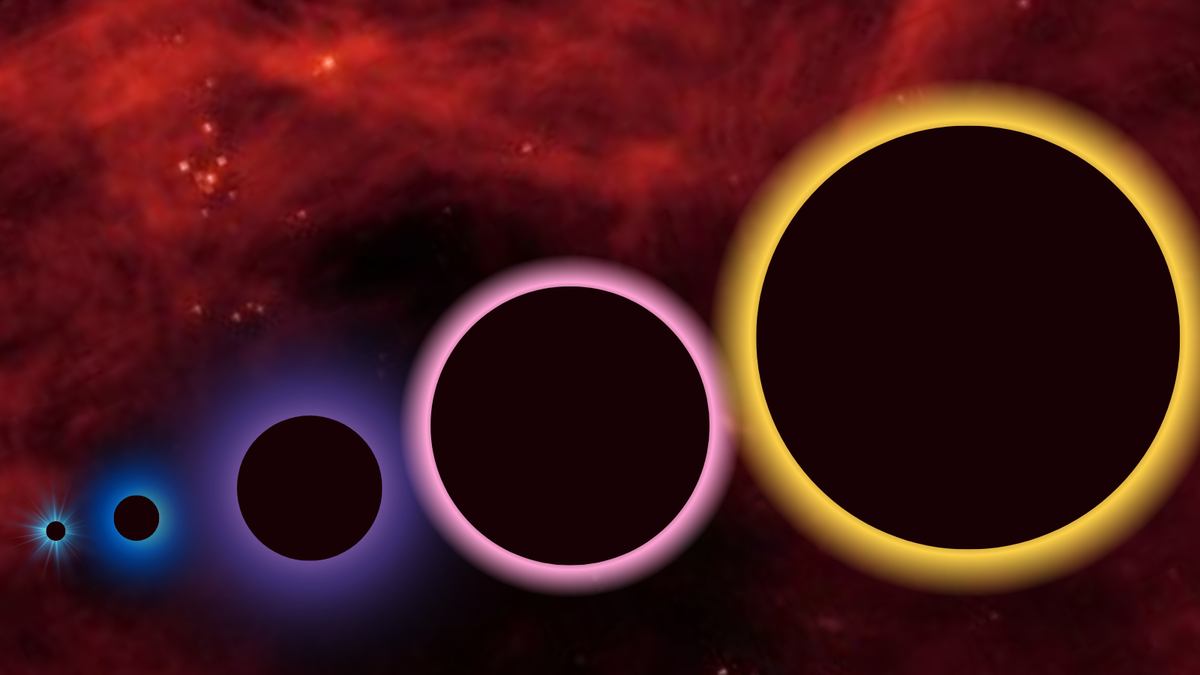


© Robert Lea (created with Canva)
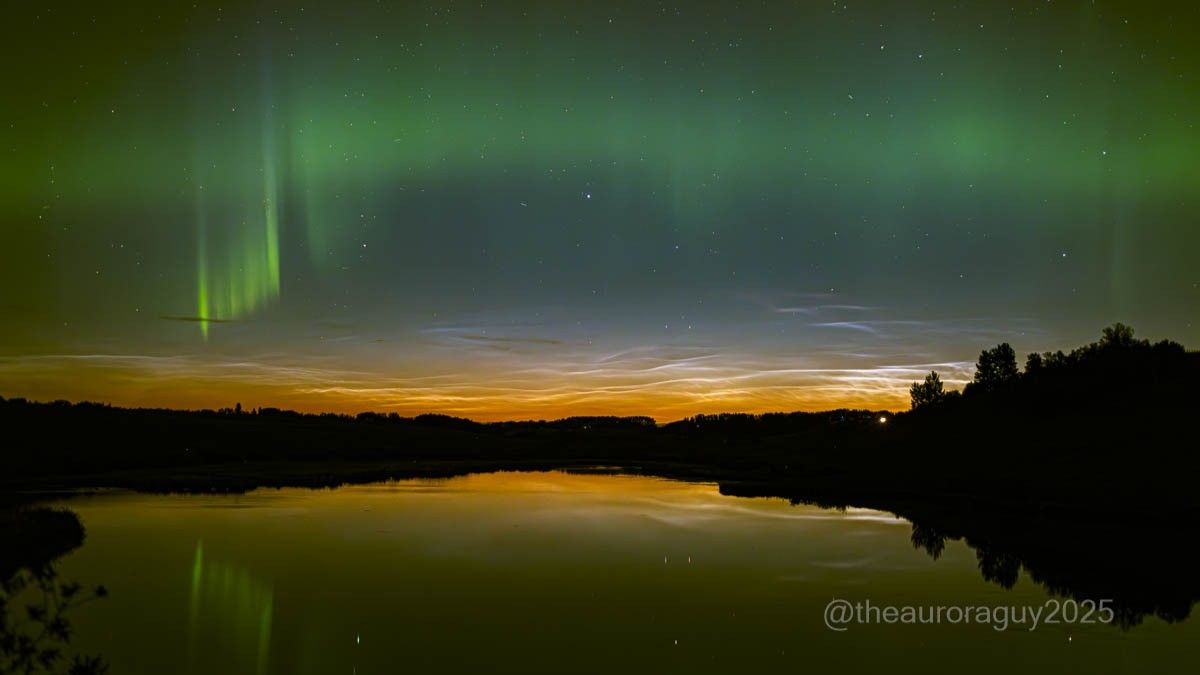


© @TheAuroraGuy



© National Geographic



© CMSEO



© Paramount



© Robert Lea (created with Canva)



© NSF/AUI/NSF NRAO/S.Dagnello/ Age-Pro collaboration, C. Agurto-Gangas



© Gianluca Masi/Virtual Telescope Project. Graphic created in Canva by Daisy Dobrijevic
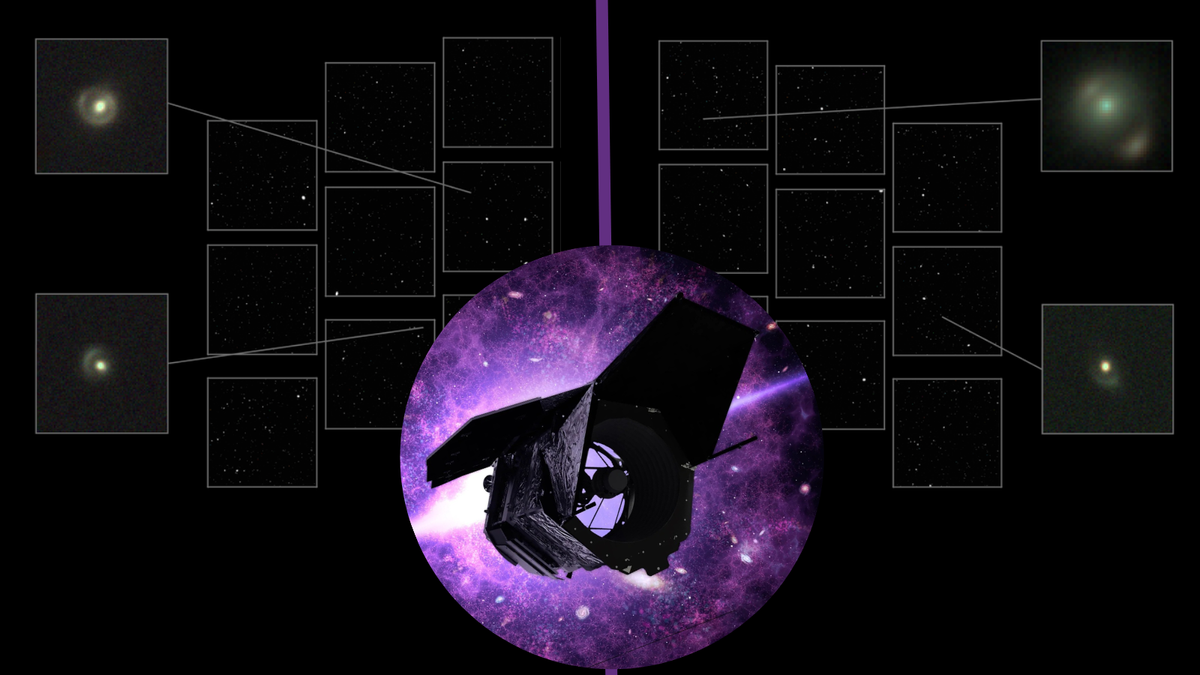


© NASA/Joseph DePasquale (STScI)



© A. Silber/ESO
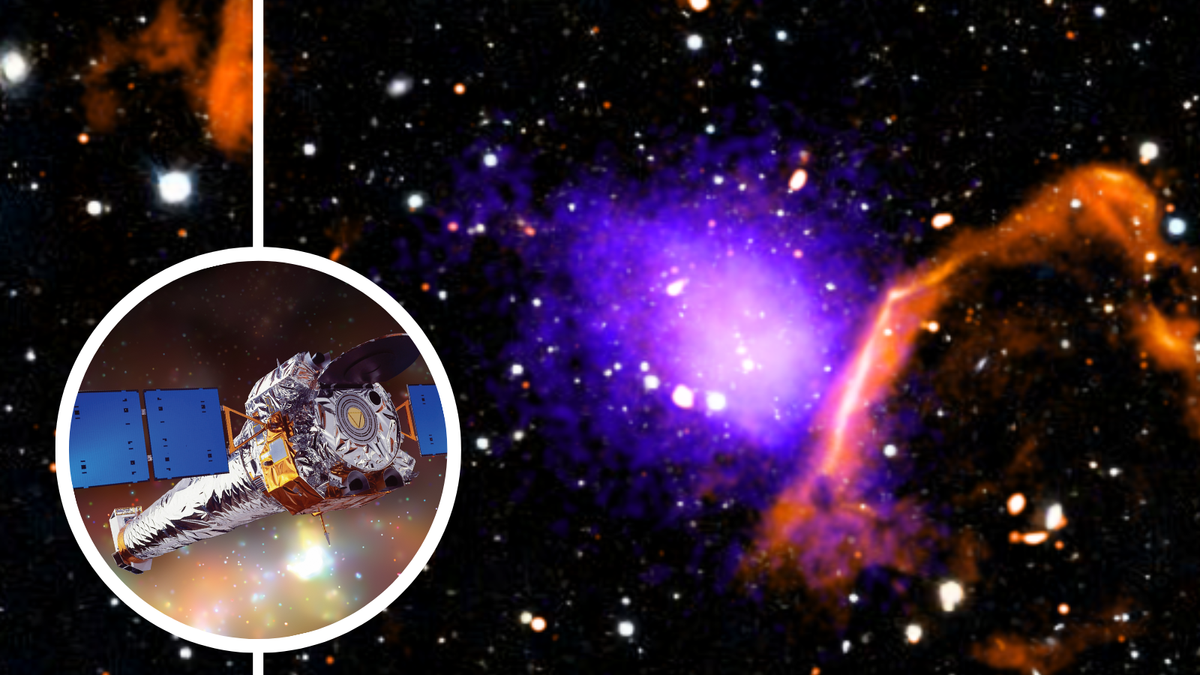


© NASA/CXC/CfA/K. Rajpurohit et al.; Optical: PanSTARRS; Radio: SARAO/MeerKAT; Image processing: NASA/CXC/SAO/N. Wolk
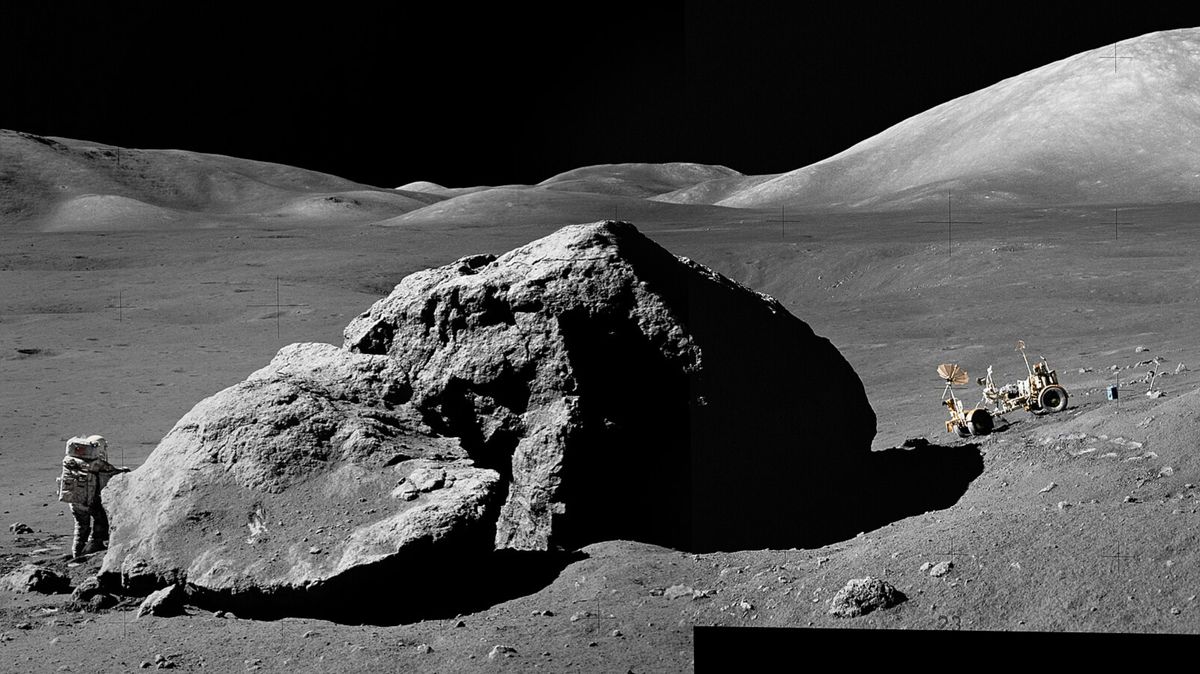


© Eugene A. Cernan/Photomontage by Eric Hartwell and NASA via Wikimedia Commons
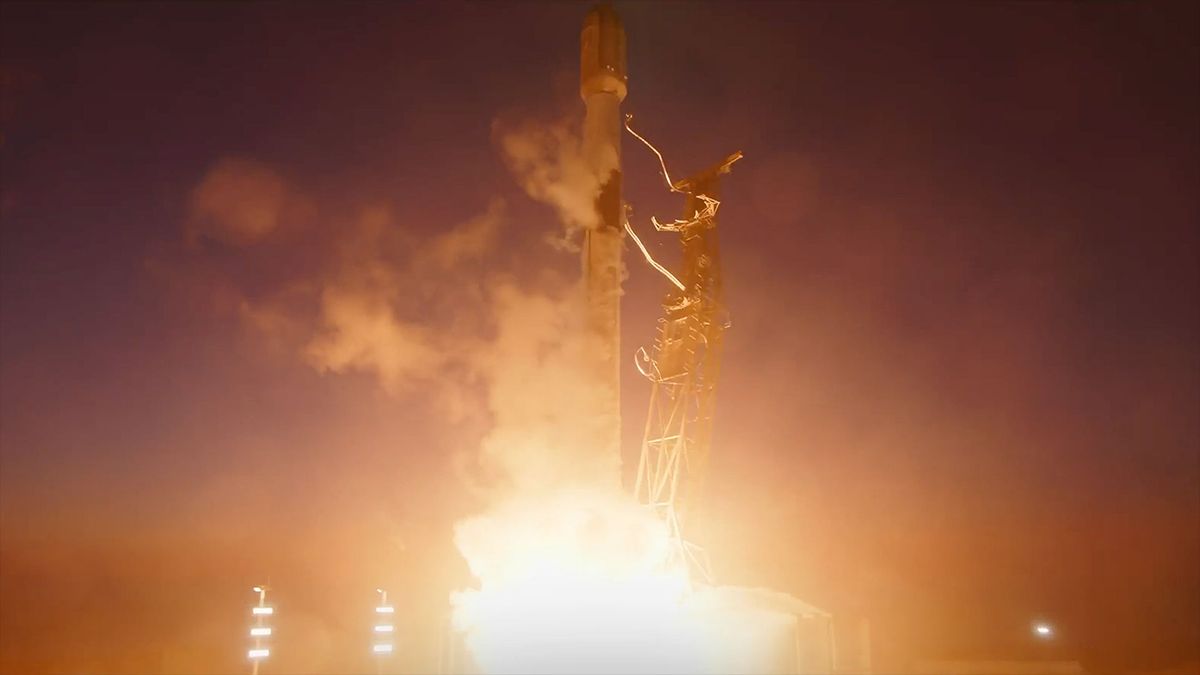


© SpaceX

Vikas Chander from New Delhi, India The 10.4-meter Gran Telescopio Canarias lies beneath the stars and Venus atop Roque de los Muchachos on La Palma in the Canary Islands. The imager used a Sony mirrorless camera and 85mm lens at f/4 to take two hundred 30-second exposures at ISO 100. Above the clouds
The post Above the clouds appeared first on Astronomy Magazine.


Perhaps 100 billion galaxies exist in the universe at this time, although the cosmos could be infinite and the number even larger. Of the huge number of galaxies, several thousand are bright enough to be viewed nicely with a small or medium-sized backyard telescope. And of course the orientations of galaxies in space are allContinue reading "Deep-Sky Dreams: Edge-on galaxy NGC 5907"
The post Deep-Sky Dreams: Edge-on galaxy NGC 5907 appeared first on Astronomy Magazine.


Mission Highlights: Axiom 4 Delayed The launch of Axiom Mission 4 (Ax-4) has been postponed for a second time. This delay stems from a pressure leak in the Russian Zvezda service module aboard the International Space Station (ISS), following previous weather-related issues and a liquid oxygen leak in the Falcon 9 rocket. As of JuneContinue reading "Axiom 4 launch delayed again as Starlink and Blue Origin missions prepare for liftoff"
The post Axiom 4 launch delayed again as Starlink and Blue Origin missions prepare for liftoff appeared first on Astronomy Magazine.


The White House’s proposed 2026 NASA budget calls for a dramatic 24 percent cut to funding, reducing NASA’s budget from $24.8 billion to $18.8 billion. If enacted, this would mark the agency’s smallest budget since 1961, when adjusted for inflation. The most severe reductions target NASA’s Science Mission Directorate (SMD), which faces a 47 percentContinue reading "This graphic shows what’s at stake in the proposed 2026 NASA budget"
The post This graphic shows what’s at stake in the proposed 2026 NASA budget appeared first on Astronomy Magazine.


When the Sun becomes a red giant, will the outer planets and moons become more temperate and conducive to Earth-like life? Terrence A. MurrayCincinnati, Ohio When the Sun runs out of hydrogen fuel and expands into a red giant, it will eventually encompass the innermost planets of the solar system, out to about Earth’s orbit.Continue reading "When the Sun becomes a red giant, will the outer planets and moons become more temperate?"
The post When the Sun becomes a red giant, will the outer planets and moons become more temperate? appeared first on Astronomy Magazine.




© Space.com / Josh Dinner



© Kim Snaith



© CTIO/NOIRLab/DOE/NSF/AURAImage Processing: T.A. Rector (University of Alaska Anchorage/NSF NOIRLab), M. Zamani & D. de Martin (NSF NOIRLab)



© Future



© Daisy Dobrijevic



© Fox Animation



© NASA SDO imagery, annotations added in Canva by Daisy Dobrijevic.
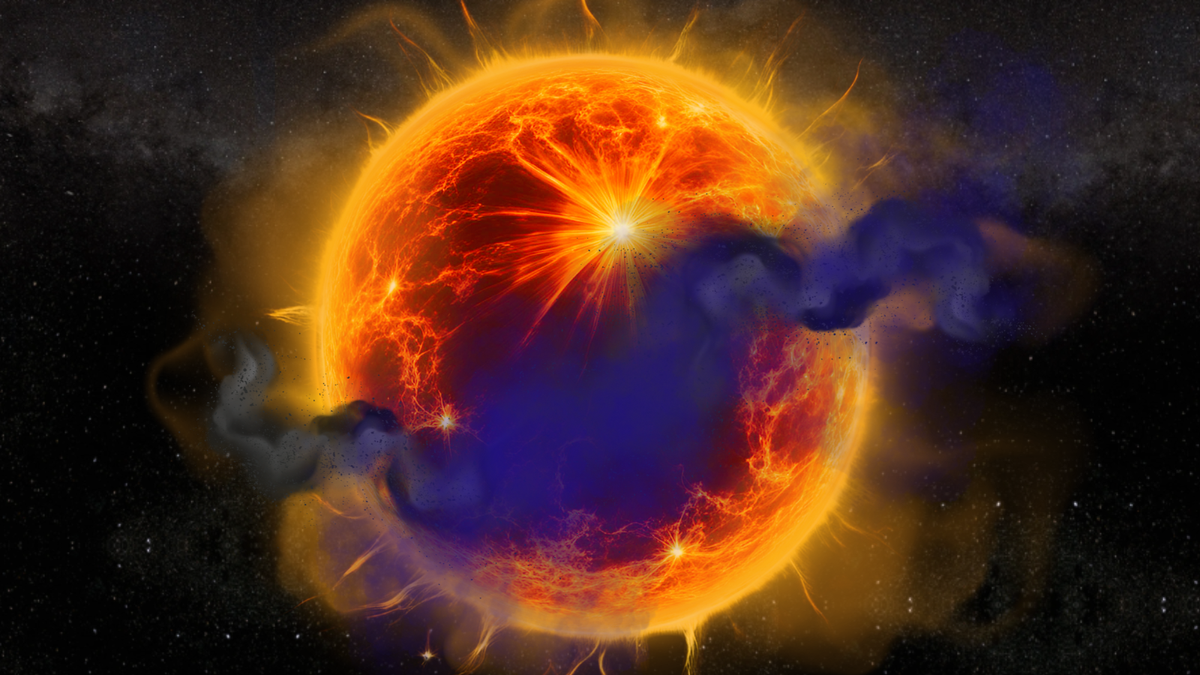


© Robert Lea (created with Canva)

In this episode, Astronomy magazine Editor Dave Eicher invites you to head out on the evening of June 16 to observe a close passage of the star Regulus by Mars. Regulus is the brightest star in the constellation Leo the Lion and sits at the bottom of that figure’s “backward question mark,” which is the Lion’s head,Continue reading "This Week in Astronomy with Dave Eicher: Mars passes the star Regulus"
The post This Week in Astronomy with Dave Eicher: Mars passes the star Regulus appeared first on Astronomy Magazine.

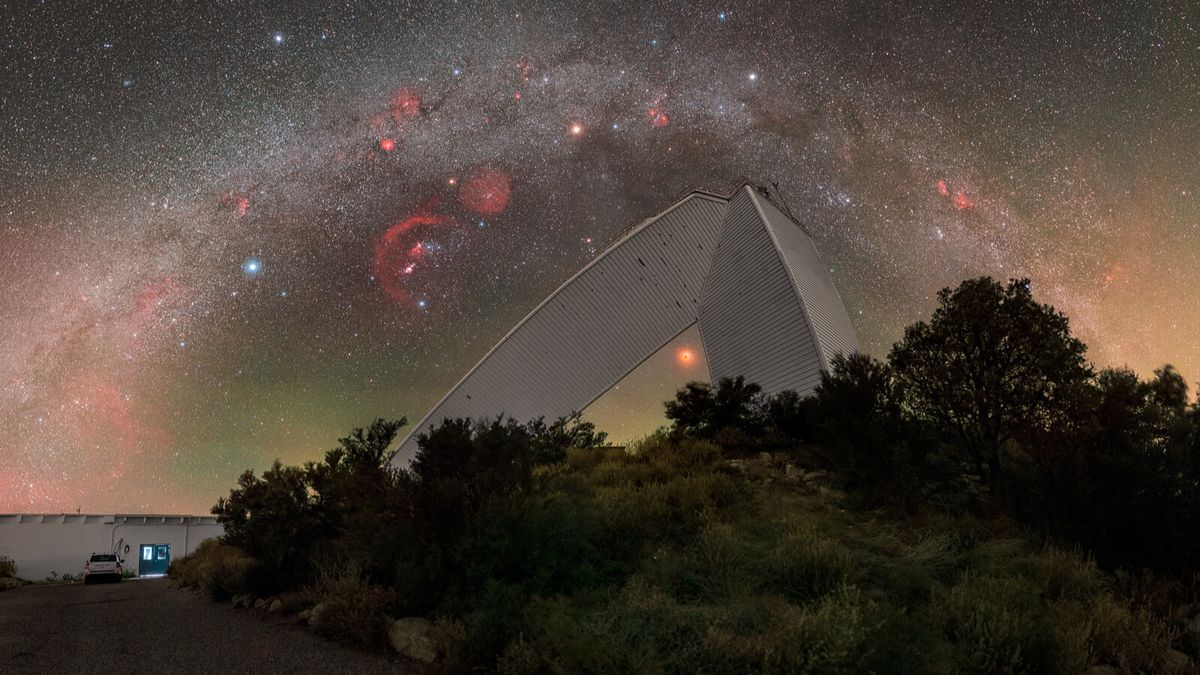


© KPNO/NOIRLab/NSF/AURA/P. Horálek (Institute of Physics in Opava)

On June 16, 1963, 26-year-old Soviet cosmonaut Valentina Tereshkova made history by becoming the first woman to travel into space. A former factory seamstress, Tereshkova was an accomplished amateur parachutist with over 100 jumps — a vital skill, since Vostok cosmonauts ejected before landing. Selected from over 400 applicants in 1962, she underwent months ofContinue reading "June 16, 1963: Valentina Tereshkova is the first woman in space"
The post June 16, 1963: Valentina Tereshkova is the first woman in space appeared first on Astronomy Magazine.

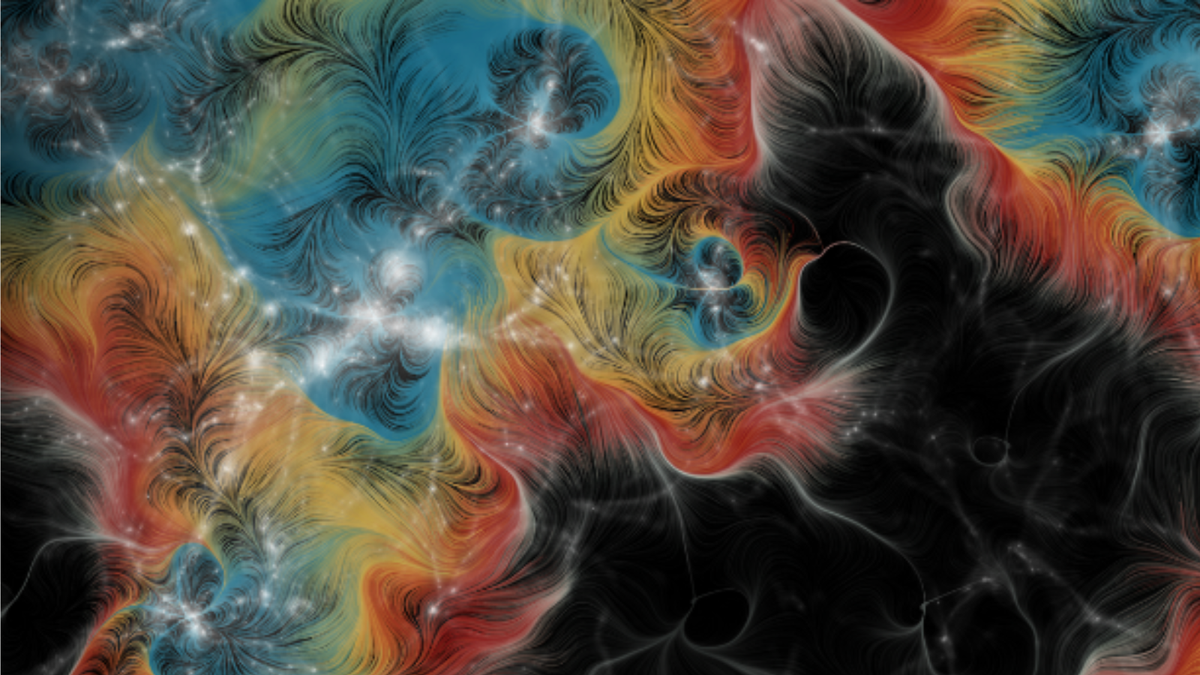


© Jack Madden, IllustrisTNG, Ralf Konietzka, Liam Connor/CfA



© United Launch Alliance

Mars will pass 0.8° north of Regulus at midnight EDT, and both are visible for several hours after sunset for evening observers to enjoy. In the post-sunset sky, look west to find the two standing close together, with Mars just to the upper right of Regulus. Both star and planet are the same magnitude (1.4)Continue reading "The Sky Today on Monday, June 16: Mars and Regulus shine together"
The post The Sky Today on Monday, June 16: Mars and Regulus shine together appeared first on Astronomy Magazine.




© Future



© NASA Ames/SETI Institute/JPL-CalTech via Wikimedia Commons

On June 15, 763 BCE, a near-total solar eclipse occurred over northern Assyria and was recorded by observers in Nineveh, the capital city. This event is preserved in the Eponym Canon, a list of historical events made by the Assyrians on clay tablets, following a specialized calendar system. The text notes: “Insurrection in the CityContinue reading "June 15, 763 BCE: Assyrians record a solar eclipse"
The post June 15, 763 BCE: Assyrians record a solar eclipse appeared first on Astronomy Magazine.




© NASA



© NASA/CXC/SAO/D. Bogensberger et al; Image Processing: NASA/CXC/SAO/N. Wolk;

The teams operating the Hubble Space Telescope and James Webb Space Telescope (JWST) — NASA’s two most in-demand observatories and among its most scientifically productive missions — are preparing to reduce operations due to funding shortfalls, officials said last week at the summer meeting of the American Astronomical Society (AAS) in Anchorage, Alaska. The comments came atContinue reading "James Webb, Hubble space telescopes face reduction in operations over funding shortfalls"
The post James Webb, Hubble space telescopes face reduction in operations over funding shortfalls appeared first on Astronomy Magazine.


Two hours after sunset, the sky is dark and the constellation Canes Venatici is high in the west, nestled beneath the curve of Ursa Major’s long tail, which also creates the handle of the Big Dipper asterism. Located in northern Canes Venatici is M51, famously known as the Whirlpool Galaxy. It’s easy to find justContinue reading "The Sky Today on Sunday, June 15: View the Whirlpool and its companion"
The post The Sky Today on Sunday, June 15: View the Whirlpool and its companion appeared first on Astronomy Magazine.

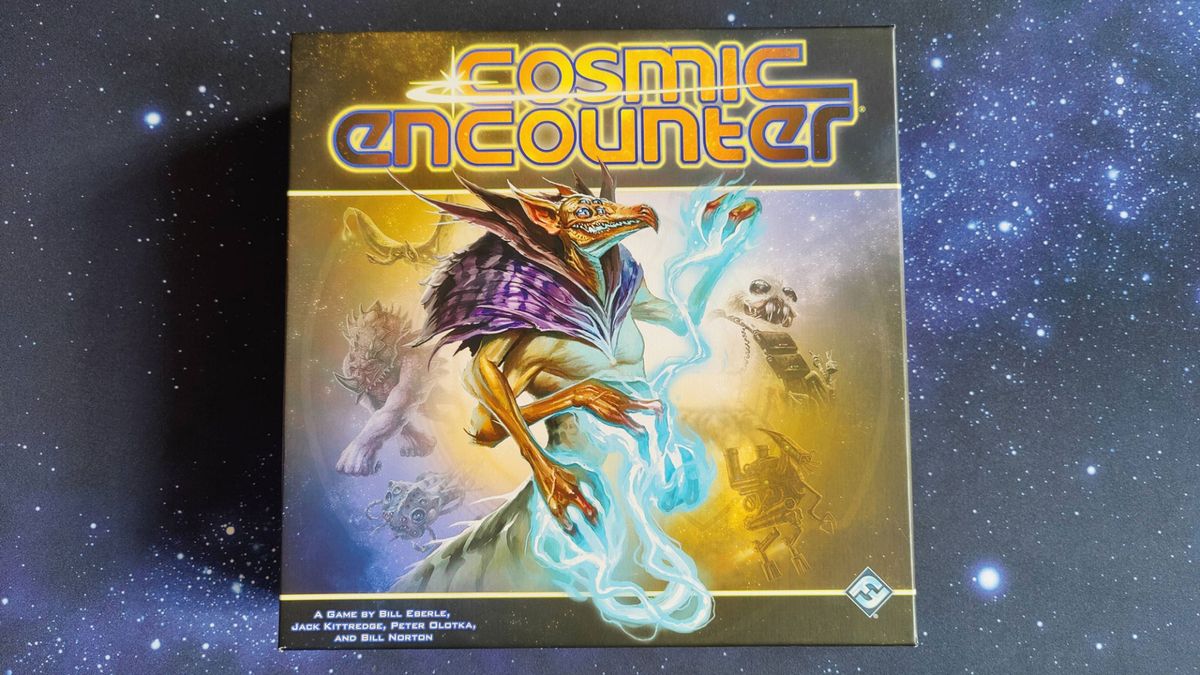


© Ian Stokes



© 11 bit studios



© TWiT



© Blue Origin
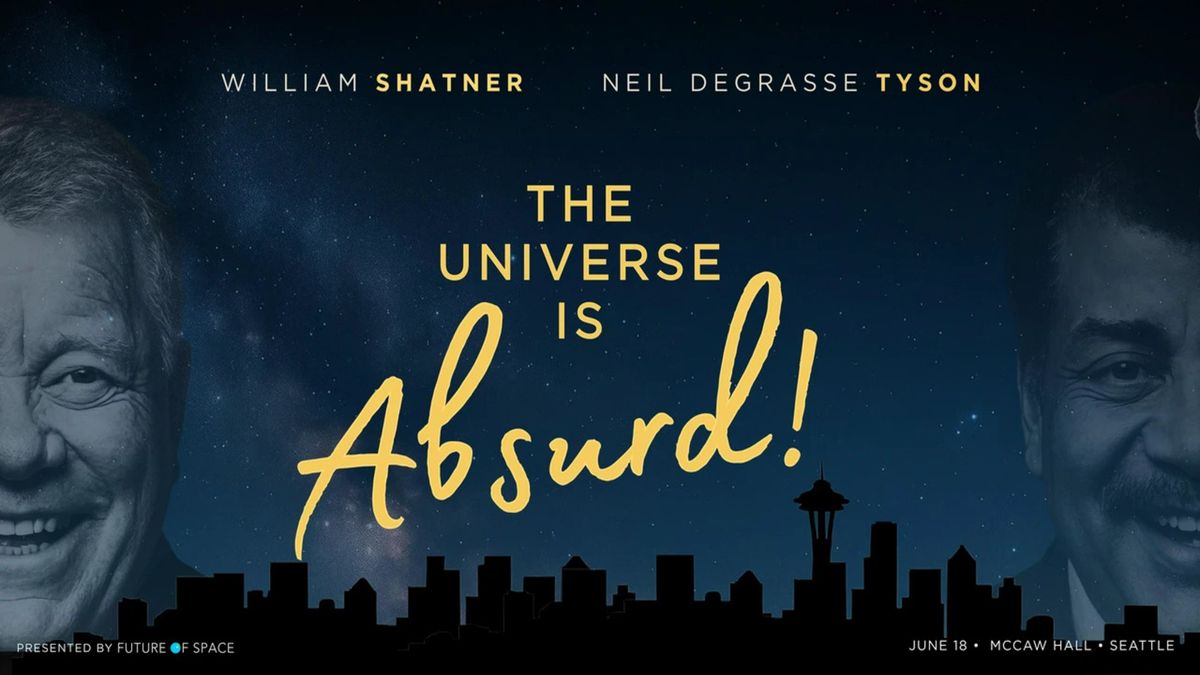


© Future of Space

On June 14, 1949, a rhesus monkey named Albert II was launched into space aboard a V-2 rocket from White Sands, New Mexico. Prior to Albert II, animals including fruit flies, mice, and another monkey (Albert I) had been launched in rocket and balloon flights as part of American space biology research, but Albert II’sContinue reading "June 14, 1949: The first mammal in space"
The post June 14, 1949: The first mammal in space appeared first on Astronomy Magazine.




© NASA



© Deion Desir/AMNH/OpenSpace

The Moon doesn’t rise until late tonight, leaving a dark window after sunset to explore the sky. Back in Leo in the west this evening, you might try your luck with Comet 29P/Schwassmann-Wachmann, also known as Schwassmann-Wachmann 1. Now around 13th magnitude, the comet is sliding through southwestern Leo. Today, Schwassmann-Wachmann 1 is roughly 2°Continue reading "The Sky Today on Saturday, June 14: Comet Schwassmann-Wachmann 1 sits at Leo’s feet"
The post The Sky Today on Saturday, June 14: Comet Schwassmann-Wachmann 1 sits at Leo’s feet appeared first on Astronomy Magazine.

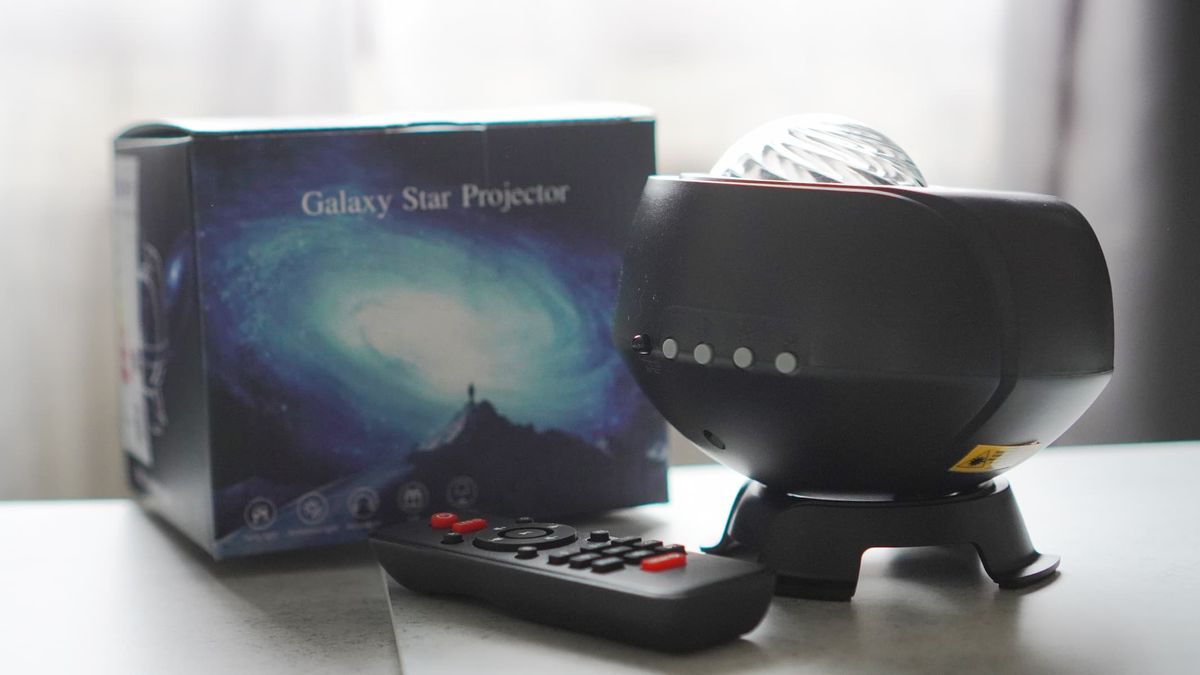


© Future
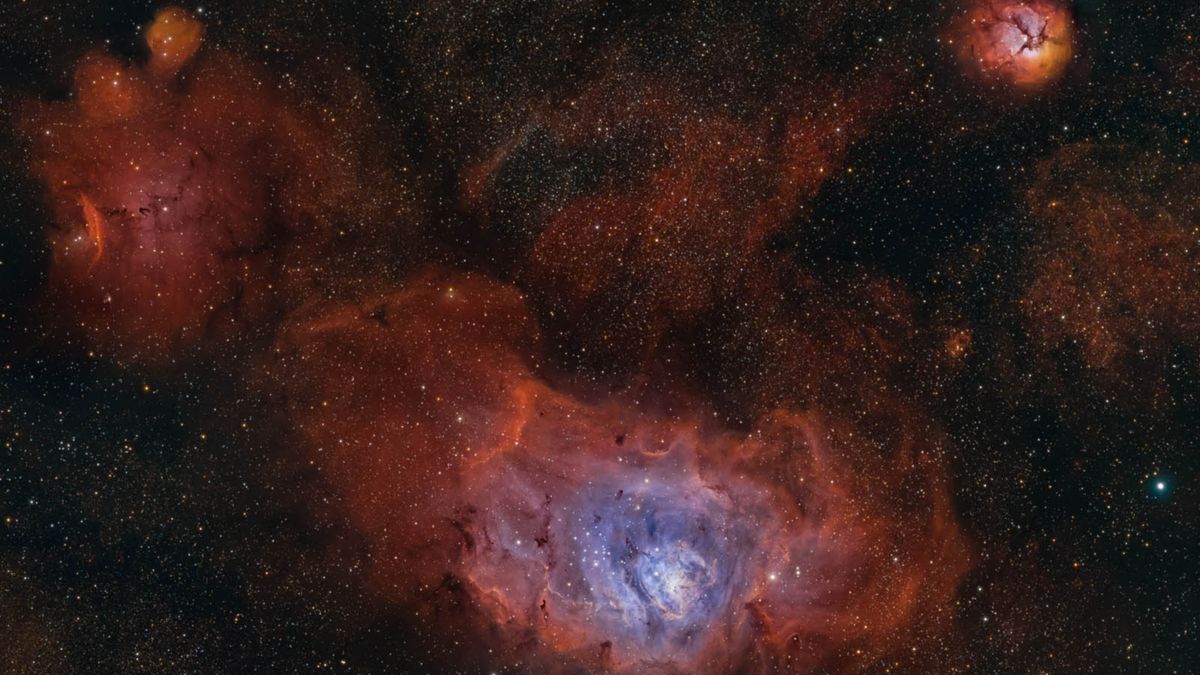


© Greg Meyer

The sky is filled with great planetary nebulae for backyard observers. Their small size and relatively high surface brightnesses make them easy to observe in most telescopes — and decent targets on less than perfect nights. The constellation Cygnus is filled with bright planetaries, lying as it does smack dab on the center of theContinue reading "Deep-Sky Dreams: NGC 7008"
The post Deep-Sky Dreams: NGC 7008 appeared first on Astronomy Magazine.


At one point, Sally Ride was arguably the most famous woman in the world. She flew two missions for NASA, including the one that made her the first American woman in space. She gave hundreds of interviews, and has appeared in countless books, on commemorative stamps, even on Sesame Street. She has a Barbie dollContinue reading "New documentary ‘Sally’ tells the full life story of America’s first female astronaut"
The post New documentary ‘Sally’ tells the full life story of America’s first female astronaut appeared first on Astronomy Magazine.




© Starry Night
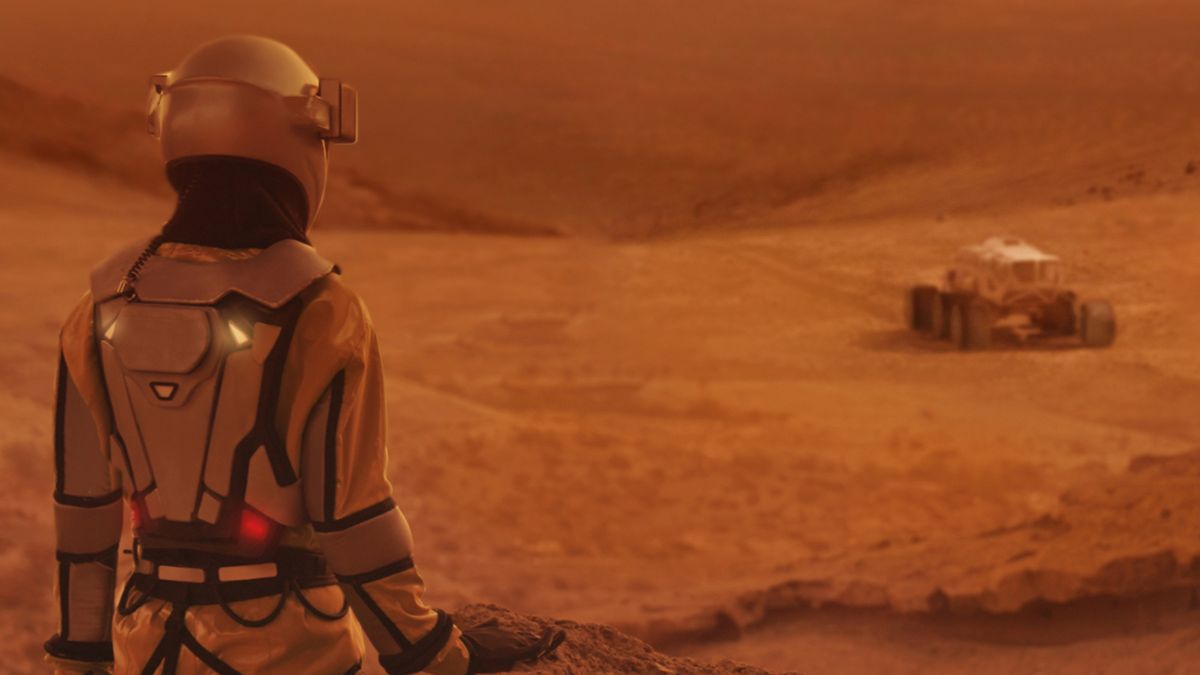


© janiecbros/Getty Images

Greg Meyer from Phoenix, Arizona Star trails encircle the landscape of northern Arizona in this 360° image that uses a stereographic projection. In the “foreground” of the scene lies the photographer’s Starpoint Australis portable tent observatory. The photographer captured the star trails with an Insta360 X4 camera, stacking around five hundred 30-second images taken atContinue reading "A world in motion"
The post A world in motion appeared first on Astronomy Magazine.




© DC
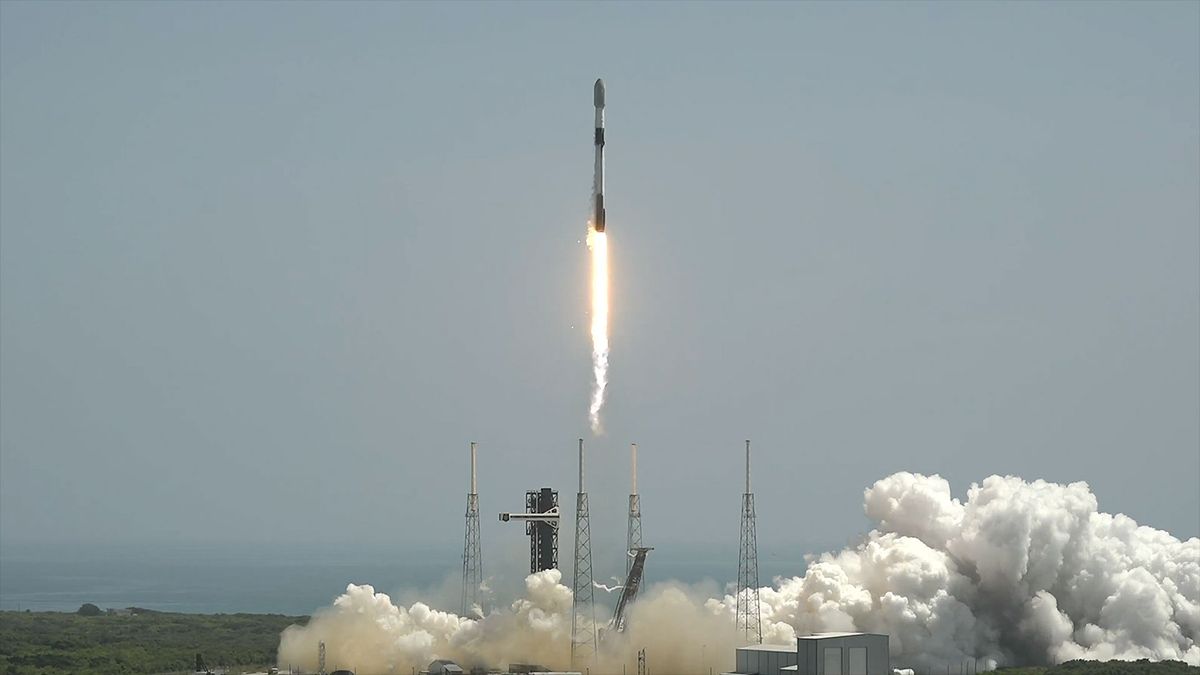


© SpaceX

This is my open letter to all aurora chasers. After returning home from a successful trip to the 2024 Okie-Tex Star Party in early October, I received alerts from SpaceWeather.com indicating increased activity on the Sun. Predictions called for a severe geomagnetic storm, with a chance of auroral activity as far south as Alabama. IContinue reading "How I learned to love the Northern Lights"
The post How I learned to love the Northern Lights appeared first on Astronomy Magazine.


Every 11 years, activity on the Sun peaks. More sunspots, prominences, flares, and other phenomena are seen on our star’s face, plus, there’s an uptick in visible aurorae here on Earth. This time period is called the solar cycle, and we’re in the middle of the peak of the current one, solar cycle 25. TheseContinue reading "Michael’s Miscellany: Take a Look at the Sun"
The post Michael’s Miscellany: Take a Look at the Sun appeared first on Astronomy Magazine.


Pioneer 10 holds the titles for many “firsts”: It was NASA’s first mission to the outer planets, the first spacecraft to fly beyond Mars, the first to traverse the asteroid belt, and the first to fly past Jupiter. It was also the first spacecraft placed on a trajectory to escape the solar system into interstellarContinue reading "June 13, 1983: Pioneer 10 leaves solar system"
The post June 13, 1983: Pioneer 10 leaves solar system appeared first on Astronomy Magazine.




© Disney



© Photostock Israel/Science Photo library via Getty Images
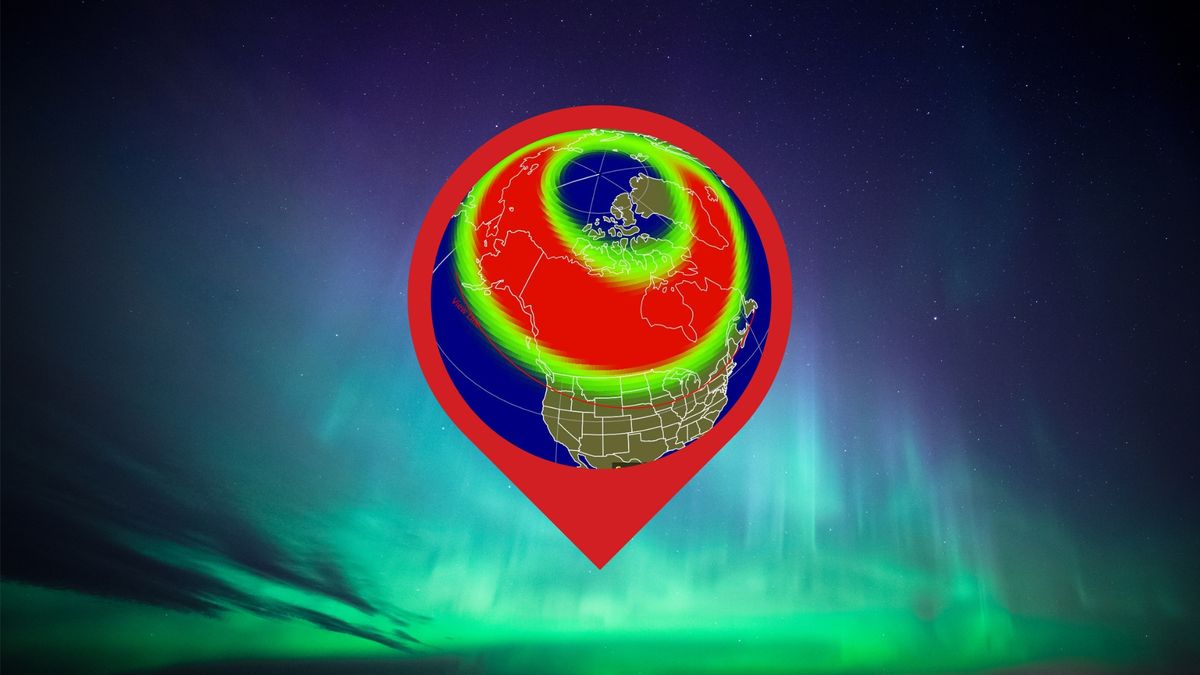


© Created in Canva by Daisy Dobrijevic. Forecast graphic from NOAA SWPC
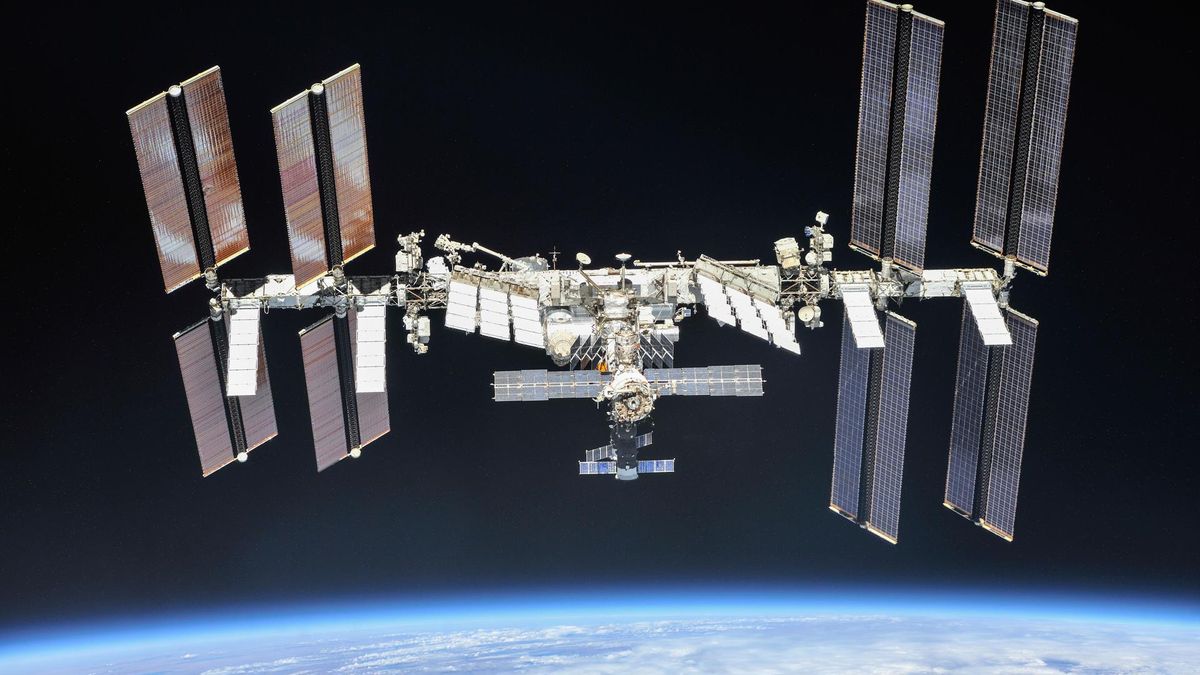


© NASA/Roscosmos



© Robert Lea (created with Canva)

Mercury now shines at magnitude –0.8 in the evening sky, lingering above the horizon some 80 minutes after the Sun disappears. Tonight, the solar system’s smallest planet stands just 20′ from the 3rd-magnitude star Mebsuta (Epsilon [ε] Geminorum), near the middle of the constellation Gemini. You can catch the pairing with binoculars or a smallContinue reading "The Sky Today on Friday, June 13: Mercury meets Mebsuta"
The post The Sky Today on Friday, June 13: Mercury meets Mebsuta appeared first on Astronomy Magazine.


Sky This Week is brought to you in part by Celestron. Friday, June 13Mercury is making its way through Gemini, passing close to the star Mebsuta (Epsilon [ε] Geminorum) this evening. Visible for more than an hour after sunset, the magnitude –0.8 planet shines brightly in the west. Through binoculars or a telescope, you’ll beContinue reading "The Sky This Week from June 13 to 20: The Red Planet visits Regulus"
The post The Sky This Week from June 13 to 20: The Red Planet visits Regulus appeared first on Astronomy Magazine.




© SpaceX
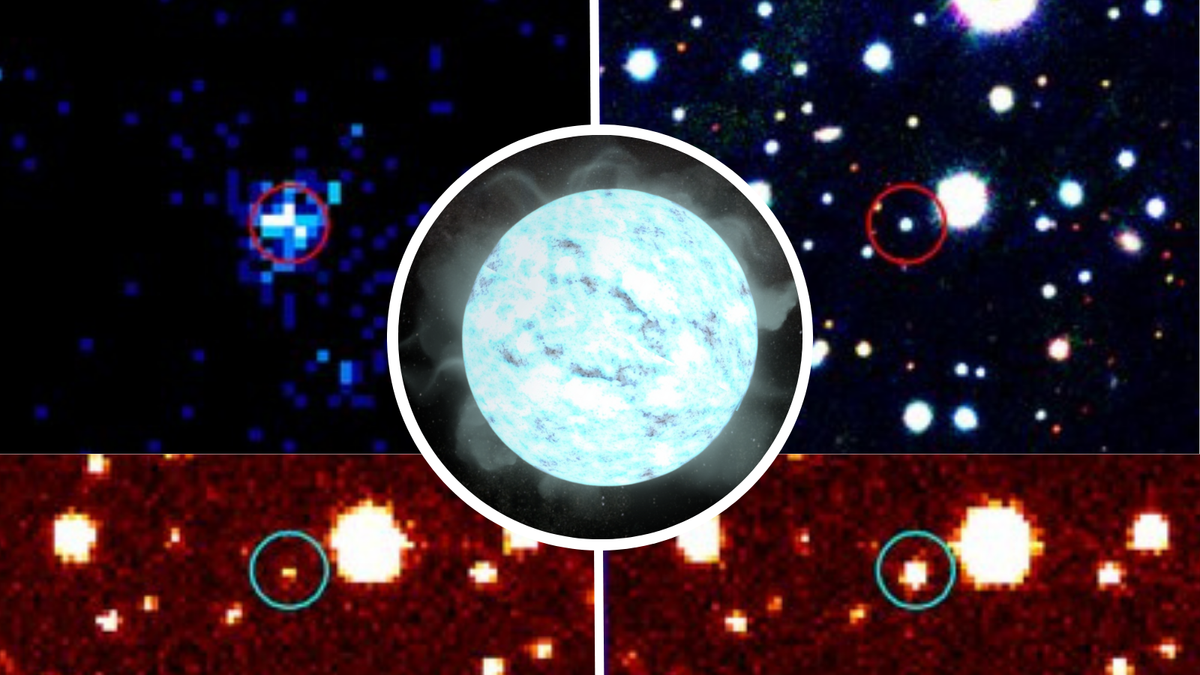


© ZTF/Caltech Optical Observatories/A. Rodriguez/ wift/XRT/NASA PanSTARRS/Univ. of Hawaii.



© NASA/Robert Lea (created with Canva)



© Future



© NASA / Jonny Kim



© IDW, Marvel Comics, Bad Idea
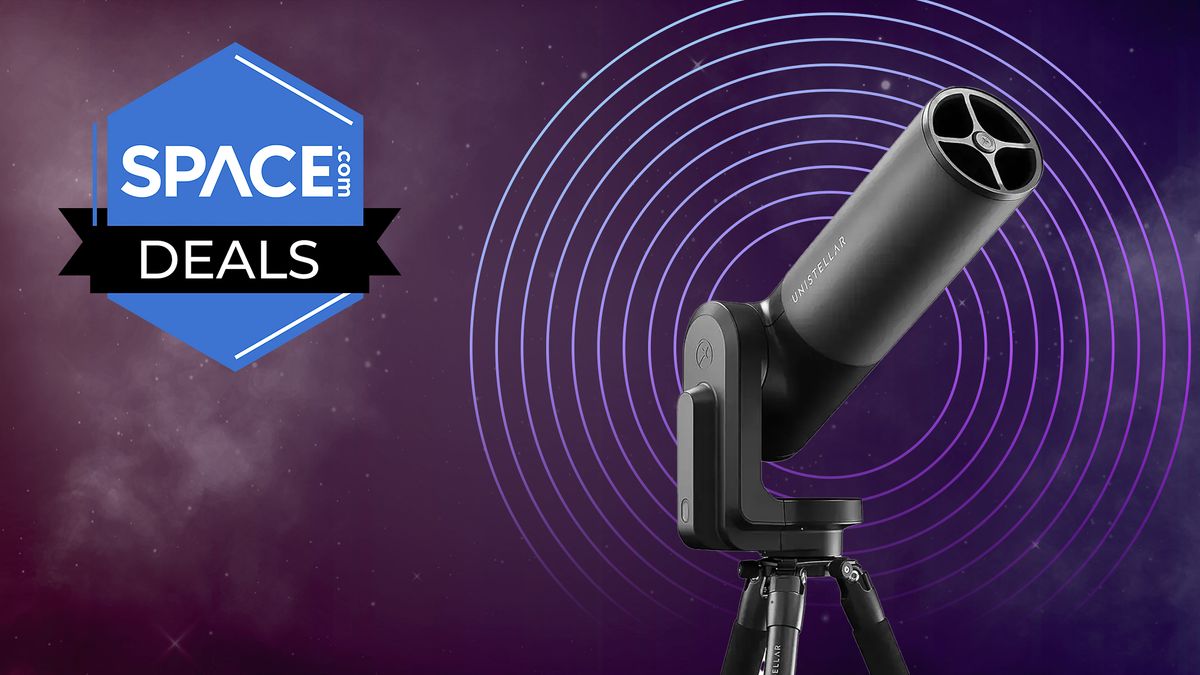


© Unistellar

Sometimes even scientists get lucky. Yale University astronomer Imad Pasha was scanning some ground-based images when he stumbled across a galaxy boasting several rings. Because the object’s name, LEDA 1313424, doesn’t roll off the tongue, his team nicknamed it the Bullseye. This Hubble image reveals why it’s an apt moniker: The galaxy boasts nine rings,Continue reading "Hubble spots a cosmic bullseye"
The post Hubble spots a cosmic bullseye appeared first on Astronomy Magazine.


Francisco Javier Pérez Olvera, taken from Mixquiahuala, Hidalgo, Mexico This wide-field view captures a broad swath of the star-forming Orion Molecular Cloud Complex, spanning the Flame Nebula (NGC 2024) to the Orion Nebula (M42). The imager used a 54mm f/4.5 astrograph and dual-band Hα/OIII filter with a one-shot color camera to take 16 hours 40Continue reading "From the Flame to Orion"
The post From the Flame to Orion appeared first on Astronomy Magazine.

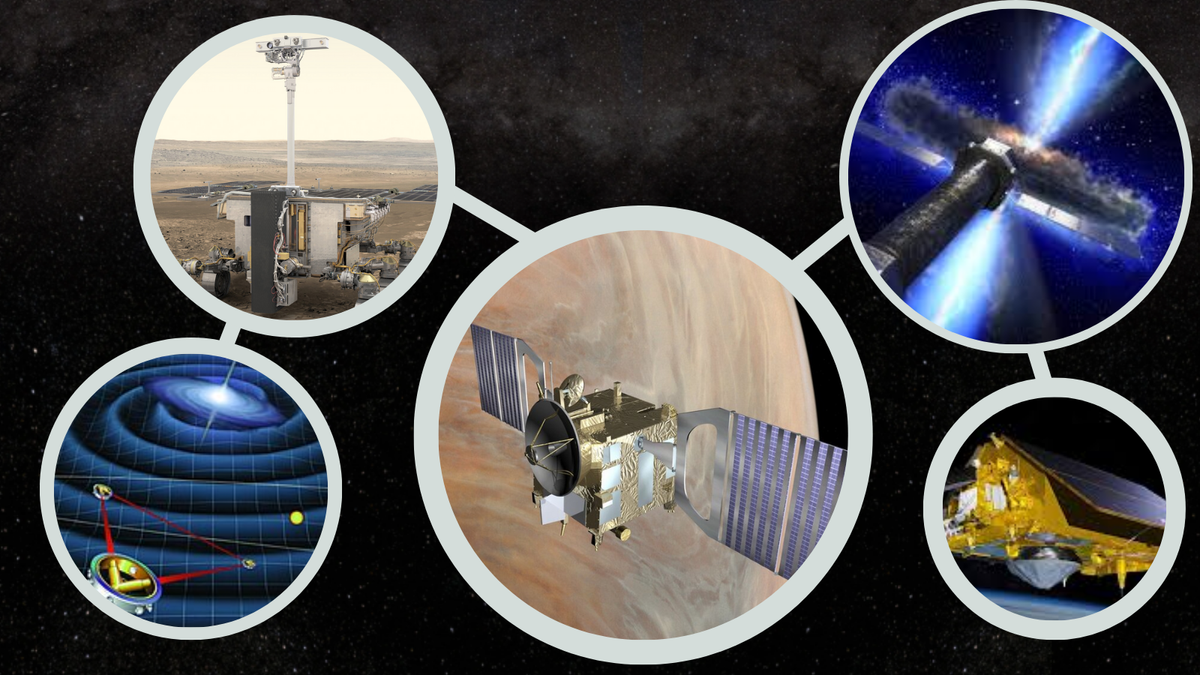


© ESA
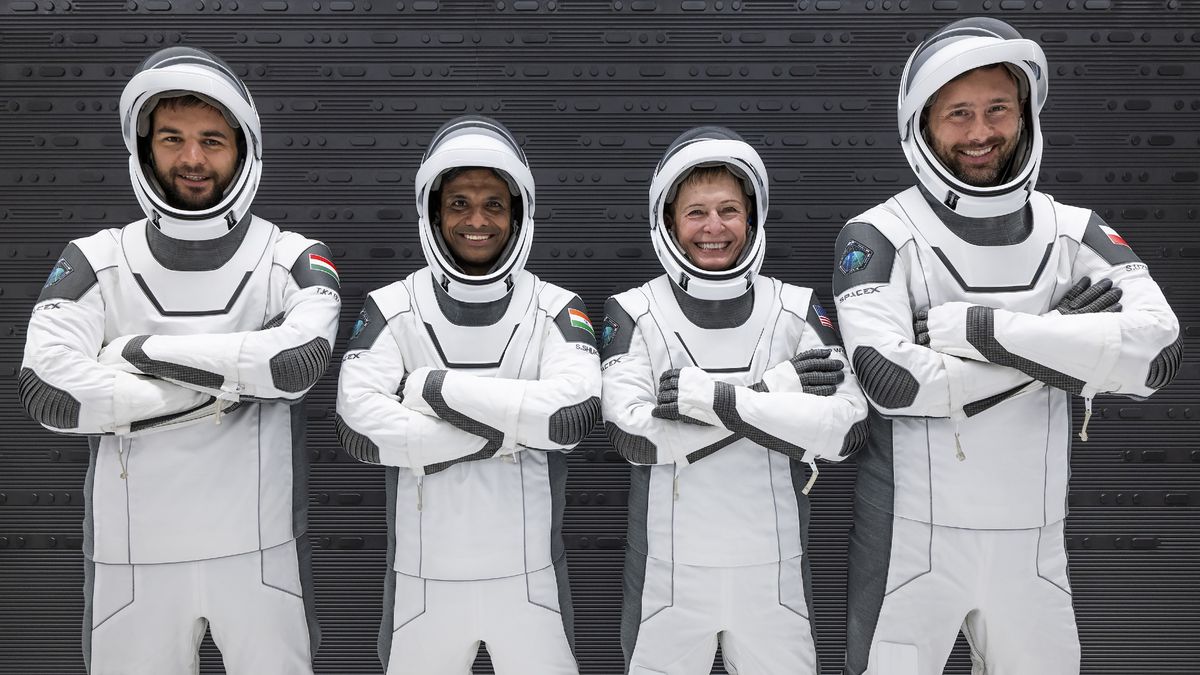


© SpaceX



© Charis Kosmas via Vimeo



© Unistellar / Future
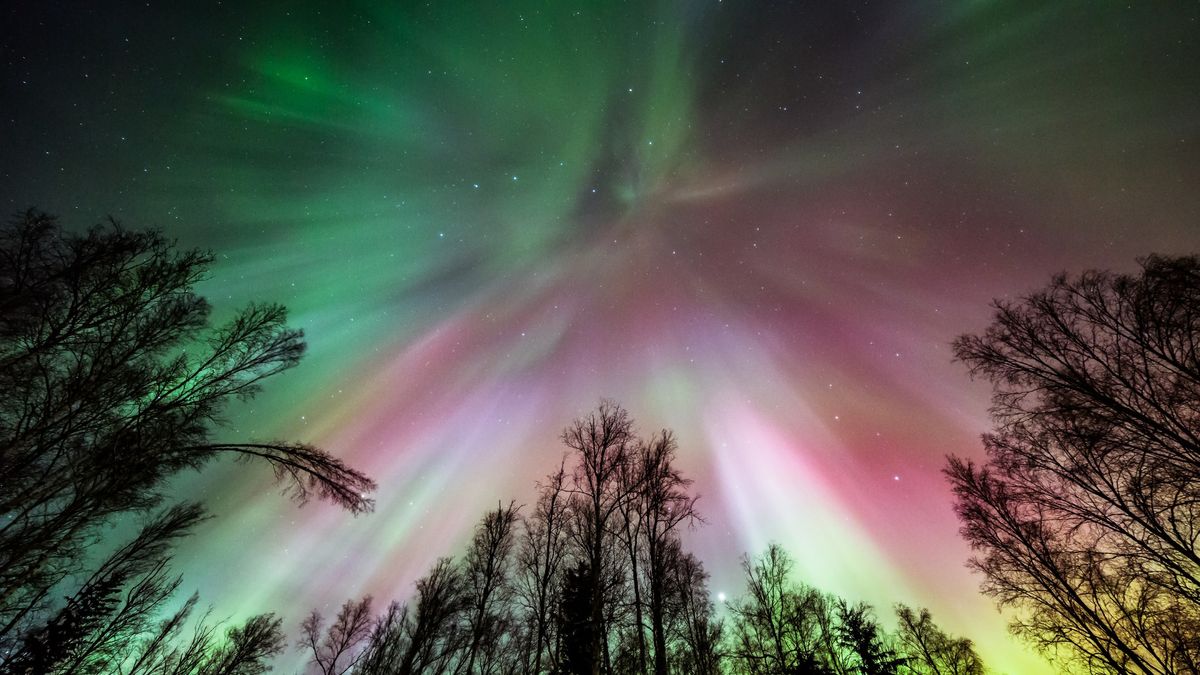


© Sean Kurdziolek via Getty Images



© Christopher Walton



© SpaceX

On June 12, 2021, Nova Herculis 2021 (V1674 Herculis) erupted, and was discovered by amateur astronomer Seiji Ueda of Japan. The white dwarf quickly became visible to the naked eye, surging to 10,000 times brighter than it originally had been. Its speed was unprecedented: V1674 Herculis faded from that peak brightness in just over oneContinue reading "June 12, 2021: Seiji Ueda discovers Nova Herculis 2021"
The post June 12, 2021: Seiji Ueda discovers Nova Herculis 2021 appeared first on Astronomy Magazine.




© Future



© National Solar Observatory



© Robert Lea (created with Canva)
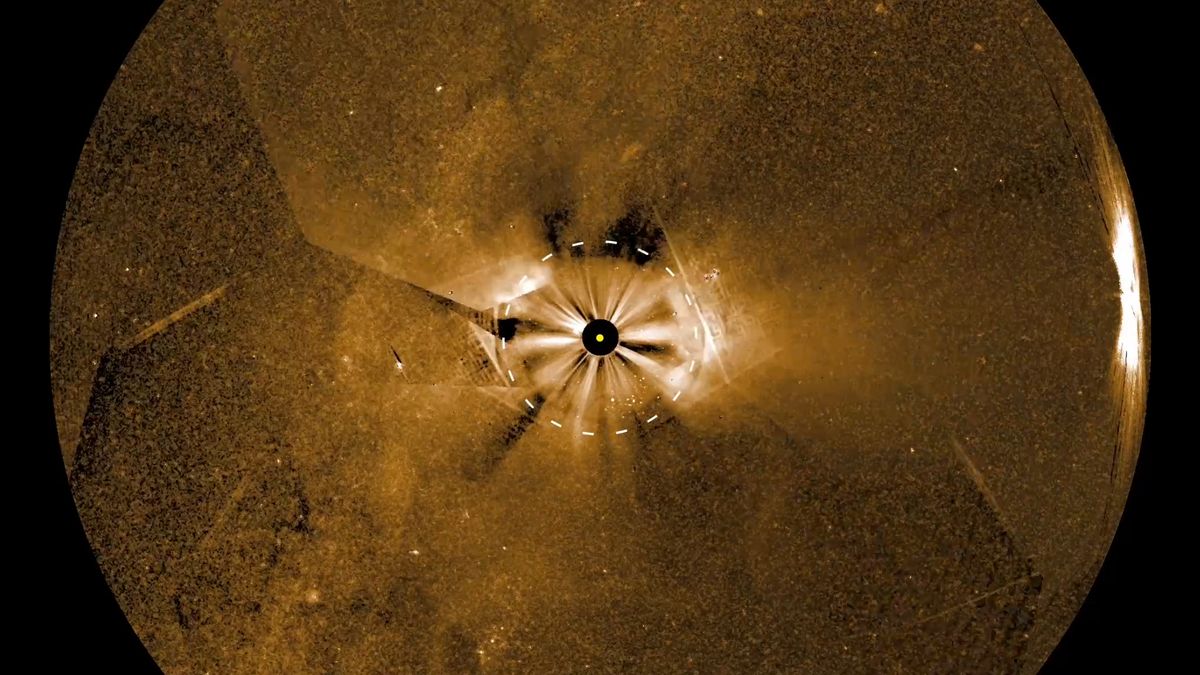


© NASA/SwRI
Author(s): Rachel Berkowitz
A model that includes propagating voids predicts the extent of plasma turbulence in a tokamak.
[Physics 18, s79] Published Wed Jun 11, 2025

Saturn’s two-faced moon Iapetus reaches its greatest western elongation today. At western elongation, the moon’s lighter hemisphere is turned toward Earth, making it brightest and easiest to view through a telescope. First, locate Saturn above the eastern horizon around 4 A.M. local daylight time, roughly 90 minutes before sunrise. At this time, the planet shouldContinue reading "The Sky Today on Thursday, June 12: Iapetus at its best"
The post The Sky Today on Thursday, June 12: Iapetus at its best appeared first on Astronomy Magazine.

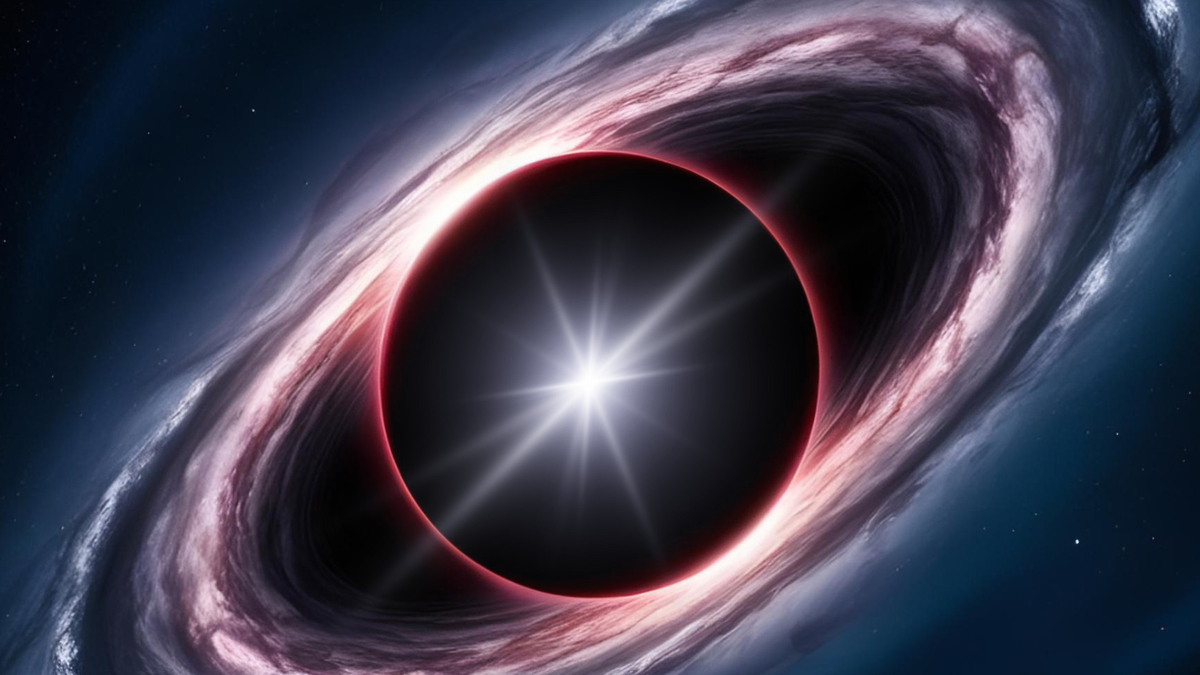


© Robert Lea (created with Canva)



© Ian Stokes
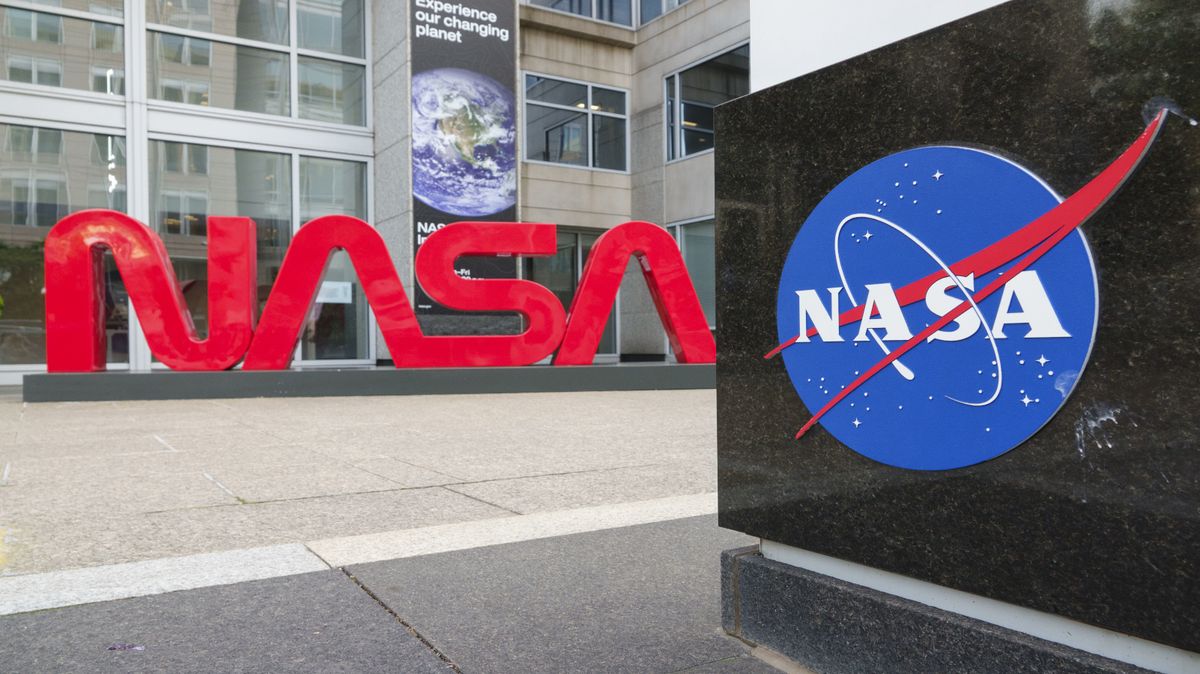


© Kevin Carter/Getty Images
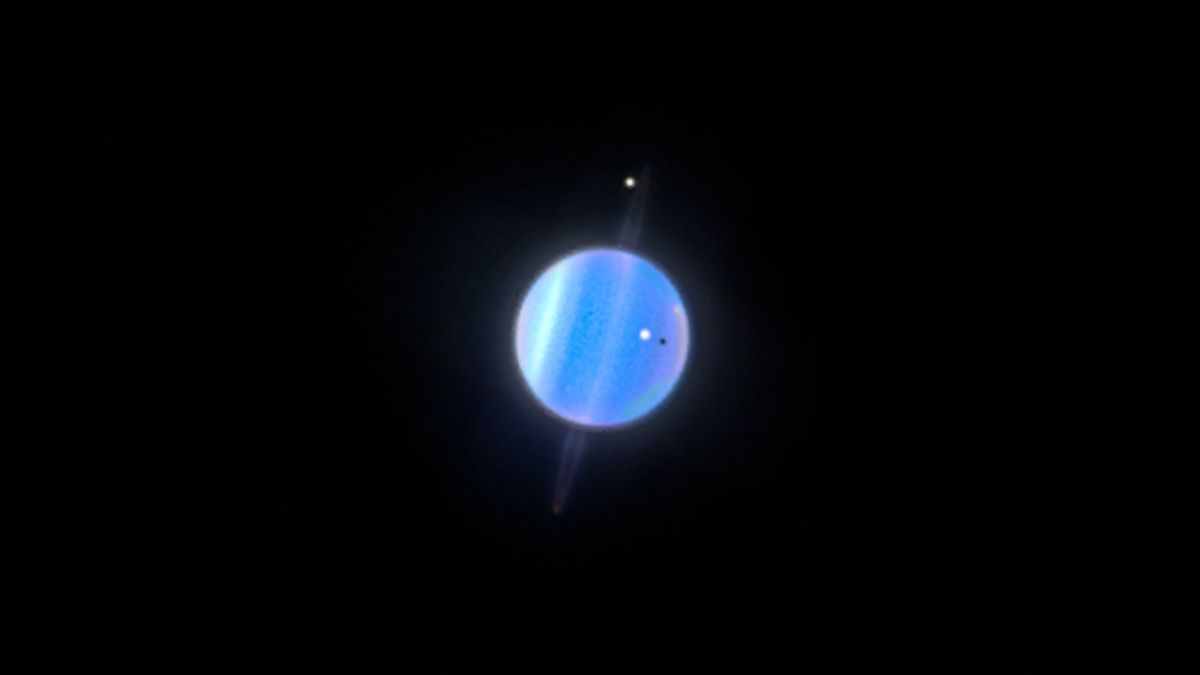


© Science: NASA, ESA, STScI, Christian Soto (STScI). Image Processing: Joseph DePasquale (STScI)
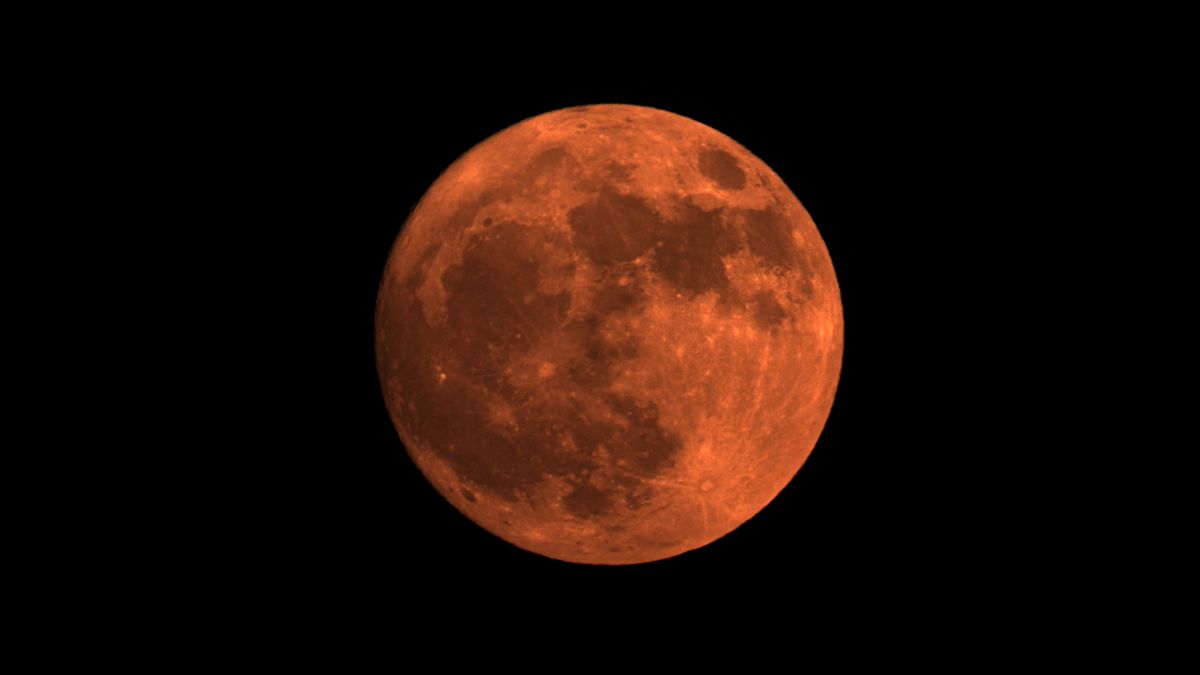


© Gianluca Masi/Virtual Telescope Project

Andrei Pleskatsevich, taken from Minsk, Belarus The reflection nebula IC 63 lies near the star Navi (Gamma [γ] Cassiopeiae). Through a telescope, the object often appears to be concealed by the star’s glare, inspiring its common nickname, the Ghost of Cassiopeia. This imager took 5 hours of exposure with a 3-inch scope.
The post In hiding appeared first on Astronomy Magazine.

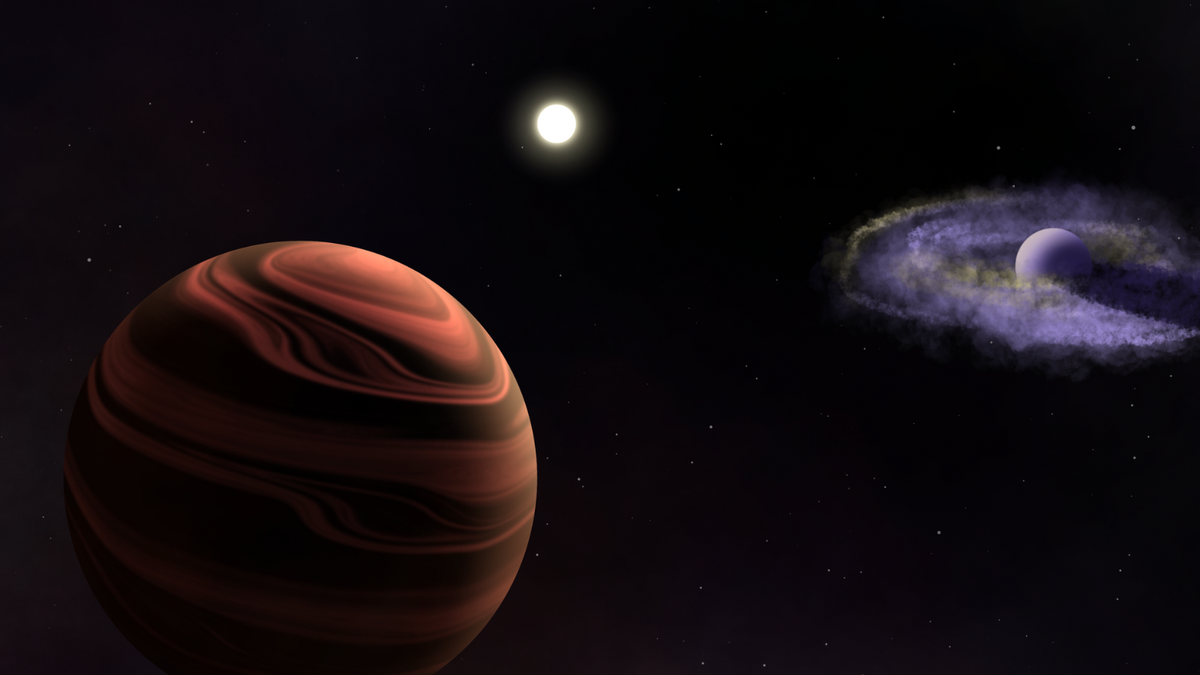


© Ellis Bogat
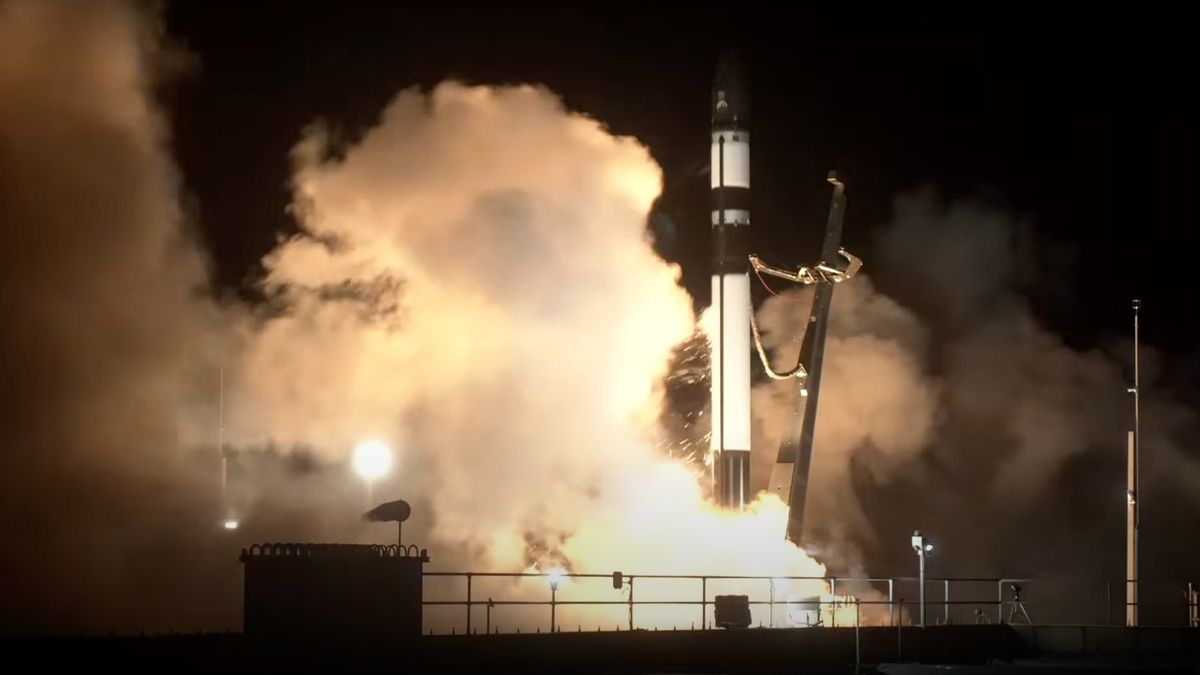


© Rocket Lab



© ESA & NASA/Solar Orbiter/EUI Team, D. Berghmans (ROB) & ESA/Royal Observatory of Belgium/ESA & NASA/Solar Orbiter/PHI Team, J. Hirzberger (MPS)

Launched in February 2020, the European Space Agency’s (ESA) Solar Orbiter probe has been looping around the Sun with a special purpose in mind: Studying the poles of our star. The planets orbit the Sun in a single plane, called the ecliptic. This means we’re roughly even with the Sun’s equator and don’t see itsContinue reading "ESA’s Solar Orbiter reveals the Sun’s poles for the first time"
The post ESA’s Solar Orbiter reveals the Sun’s poles for the first time appeared first on Astronomy Magazine.




© Apple TV+



© NASA/Frank Michaux

Forty Ways to Know a Star: Using Stars to Understand Astronomy Princeton Architectural PressNew York, NY In Forty Ways to Know a Star: Using Stars to Understand Astronomy, Jillian Scudder explores stars’ greatest mysteries through 40 short essays accompanied by photos and illustrations. An astrophysicist, science blogger, and Oberlin College associate professor, Scudder details theContinue reading "New astronomy products to kick off your summer observing"
The post New astronomy products to kick off your summer observing appeared first on Astronomy Magazine.


Born in 1888, artist and illustrator Chesley Bonestell became famous for his realistic paintings of space. His work spanned decades and many formats and publications; perhaps most influential was his collaboration with Wernher von Brain on the 1952–54 Collier’s series, “Man Will Conquer Space Soon!” By making the stuff of science fiction seem achievable, his artwork helpedContinue reading "June 11, 1986: Chesley Bonestell dies"
The post June 11, 1986: Chesley Bonestell dies appeared first on Astronomy Magazine.




© Bushnell
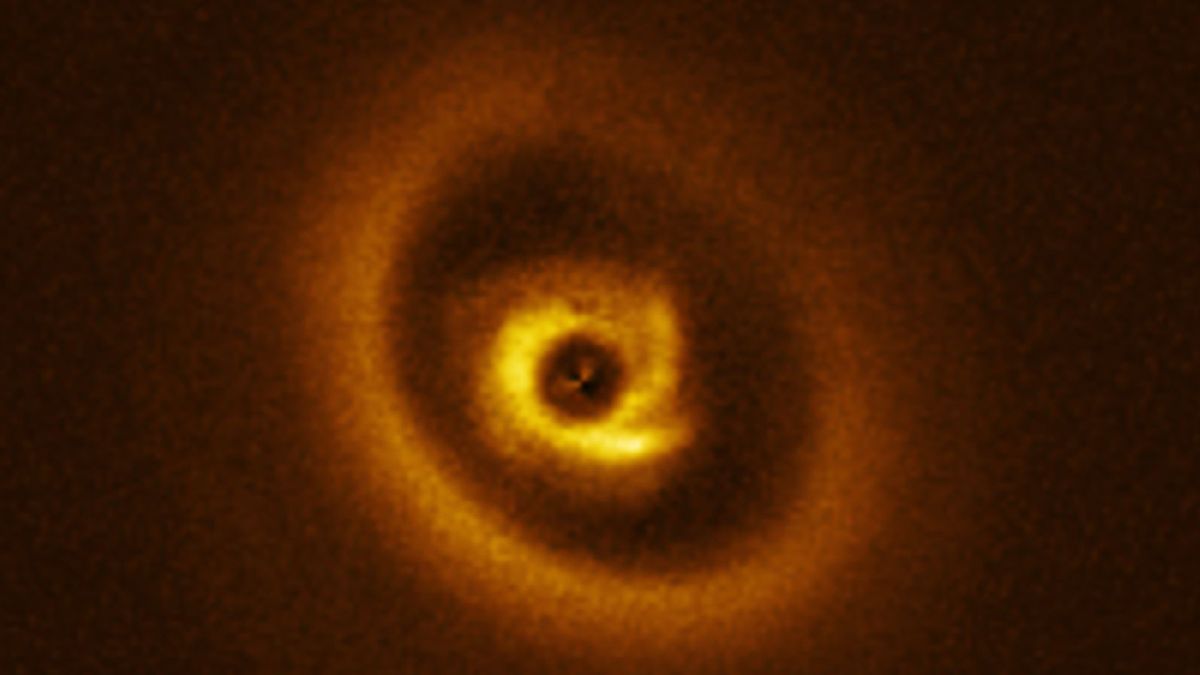


© ESO/C. Ginski et al.



© Photo by Gary Hershorn/Getty Images
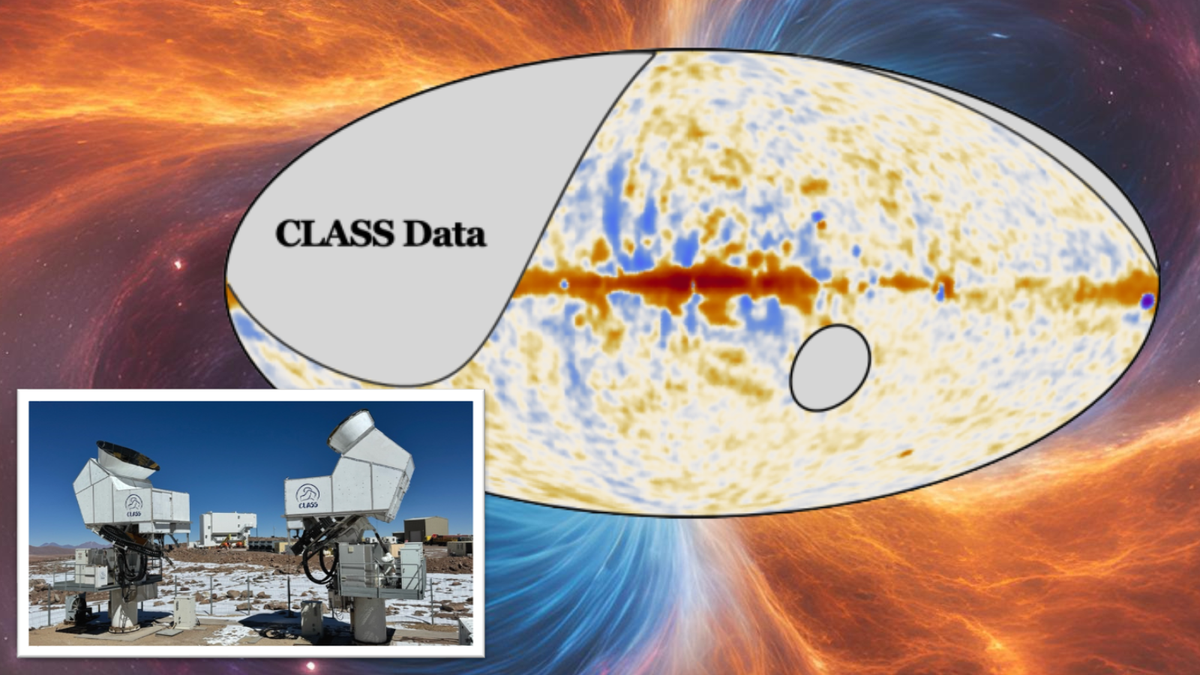


© John Hopkins/Deniz Valle and Jullianna Couto
Author(s): Michael Schirber
The final results from the Muon g − 2 experiment agree with the latest predictions of the muon’s magnetic properties—letting down hopes that the particle would upset the standard model’s applecart.
[Physics 18, 116] Published Tue Jun 10, 2025
Author(s): Charles Day
A hypothetical fifth force could be detected by its effect on the optical transition frequencies of an element’s different isotopes.
[Physics 18, s73] Published Tue Jun 10, 2025

Full Moon occurs this morning at 3:44 A.M. EDT. Early risers can catch the Moon setting in the southwest shortly before sunrise, while anyone out in the evening will see the Full Moon rising again in the southeast not long after the Sun has set. That’s because the Full Moon is always located opposite theContinue reading "The Sky Today on Wednesday, June 11: The June Strawberry Moon"
The post The Sky Today on Wednesday, June 11: The June Strawberry Moon appeared first on Astronomy Magazine.

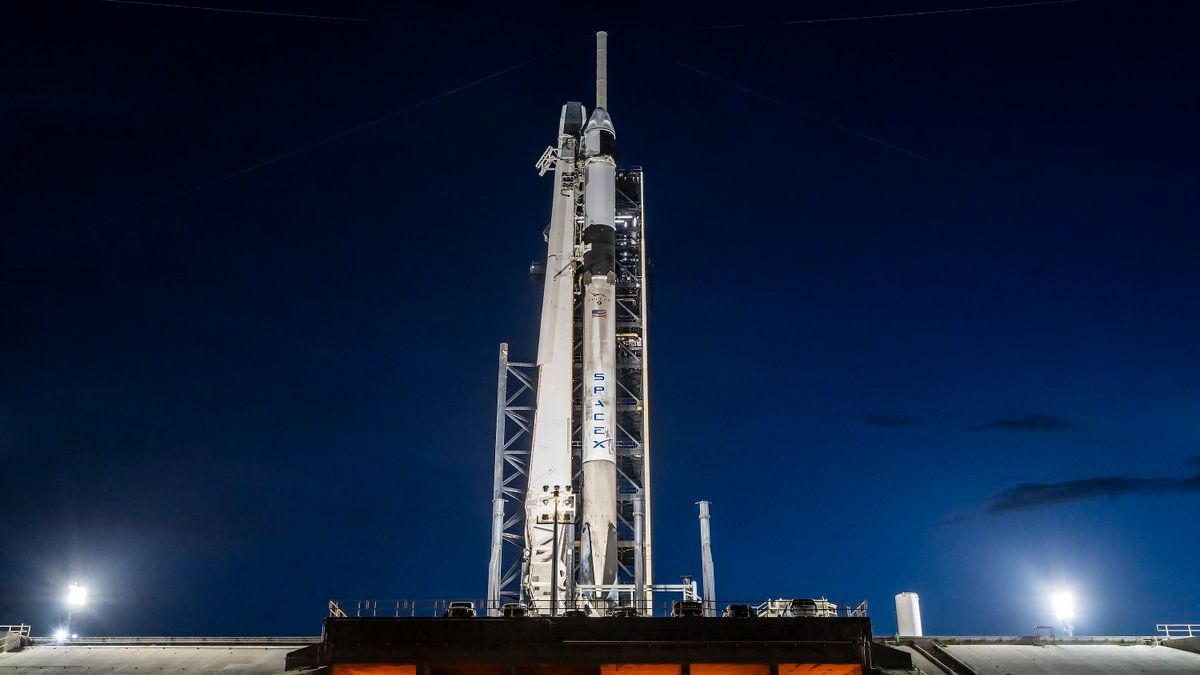


© SpaceX

When galaxies run into each other, they often appear to merge gracefully, their cores pirouetting around one another, drawn by their mutual gravitational attraction as their spiral arms extend outward in repose and their disks dissolve into an eternal embrace. But not in galaxy cluster PLCKG 287.0+32.9. Like a high-speed multi-car pileup in a HollywoodContinue reading "Galaxy cluster pileup sets record for the size of its glow"
The post Galaxy cluster pileup sets record for the size of its glow appeared first on Astronomy Magazine.




© Future



© Don't Nod, Obsidian Entertainment, Squanch Games, and The Coalition.



© NASA/Bill Ingalls

Mission Highlight: Axiom 4 — A historic multinational endeavor The Axiom Mission 4 (Ax-4), launching on June 11 at 8:00 a.m. EDT from Kennedy Space Center, will carry crew members from India, Poland, and Hungary—representing each nation’s first mission to the International Space Station. The historic flight will be commanded by NASA veteran Peggy WhitsonContinue reading "Axiom 4 makes history while SpaceX Starlink launches dominate the week"
The post Axiom 4 makes history while SpaceX Starlink launches dominate the week appeared first on Astronomy Magazine.

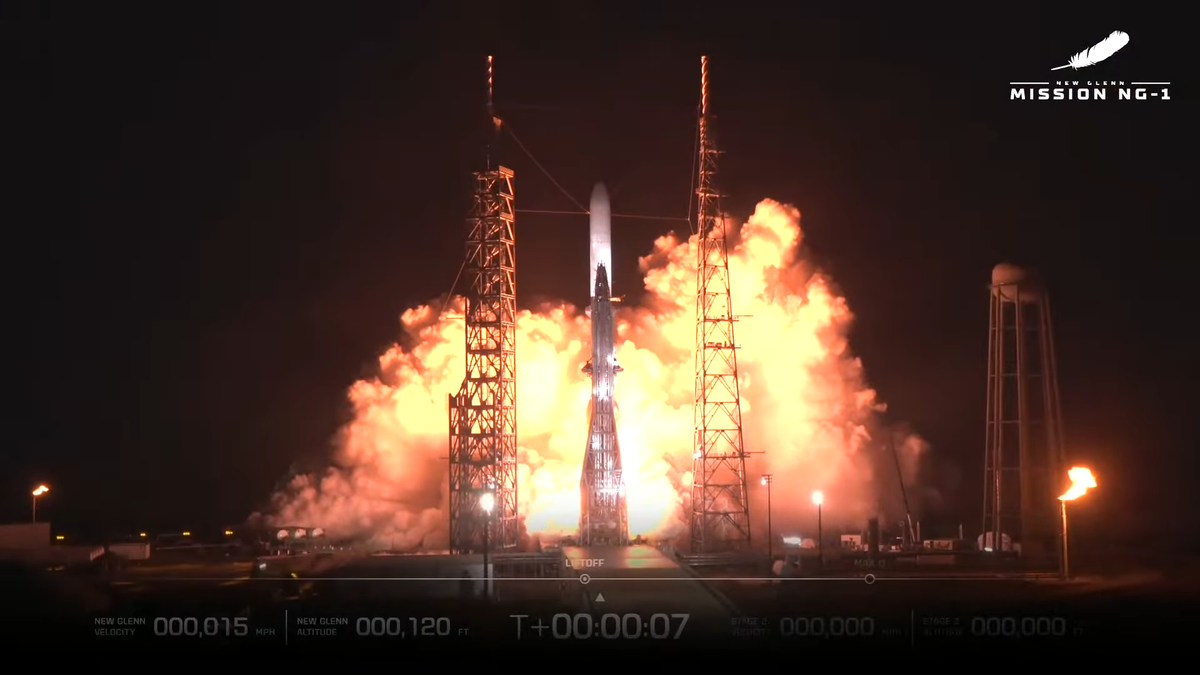


© Blue Origin

Here’s an oddball open star cluster I bet you’ve never seen — it’s catalogued as Pismis-Moreno 1. Lying at a high declination in the northern constellation Cepheus, it was discovered by Armenian-Mexican astronomer Paris Pismis and Mexican astronomer Marco Moreno-Corral. Little data has been collected on this small group, which measures 9’ across and isContinue reading "Deep-Sky Dreams: Pismis-Moreno 1"
The post Deep-Sky Dreams: Pismis-Moreno 1 appeared first on Astronomy Magazine.




© Marvel
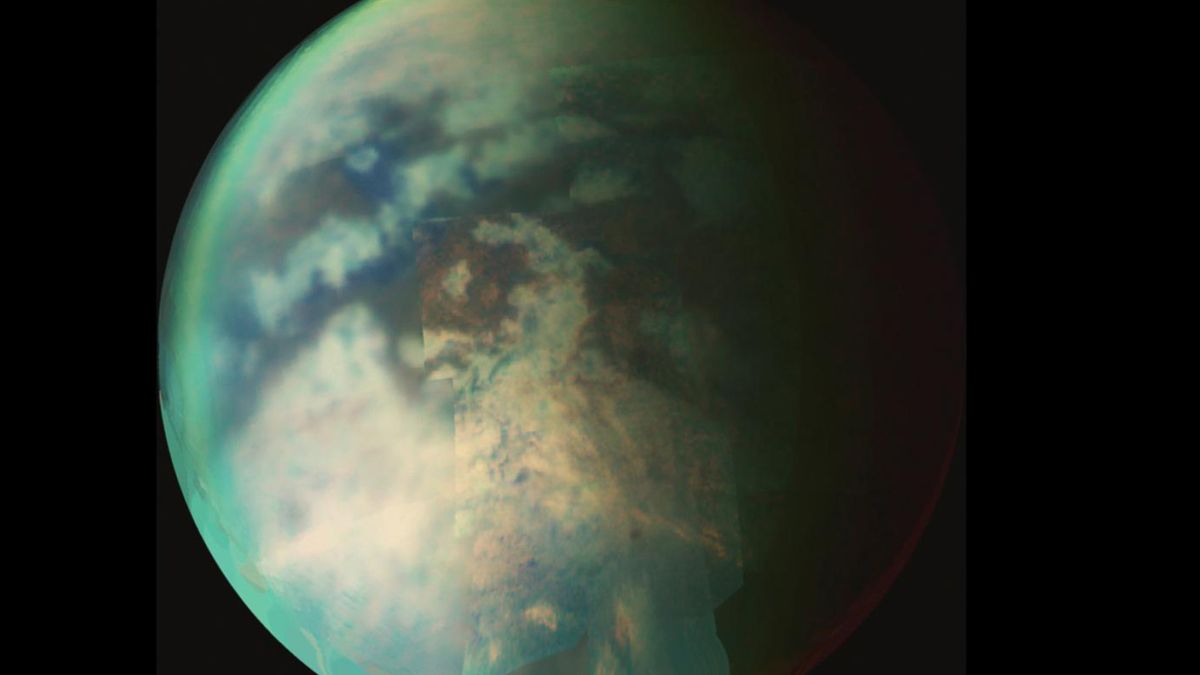


© NASA/JPL/University of Arizona
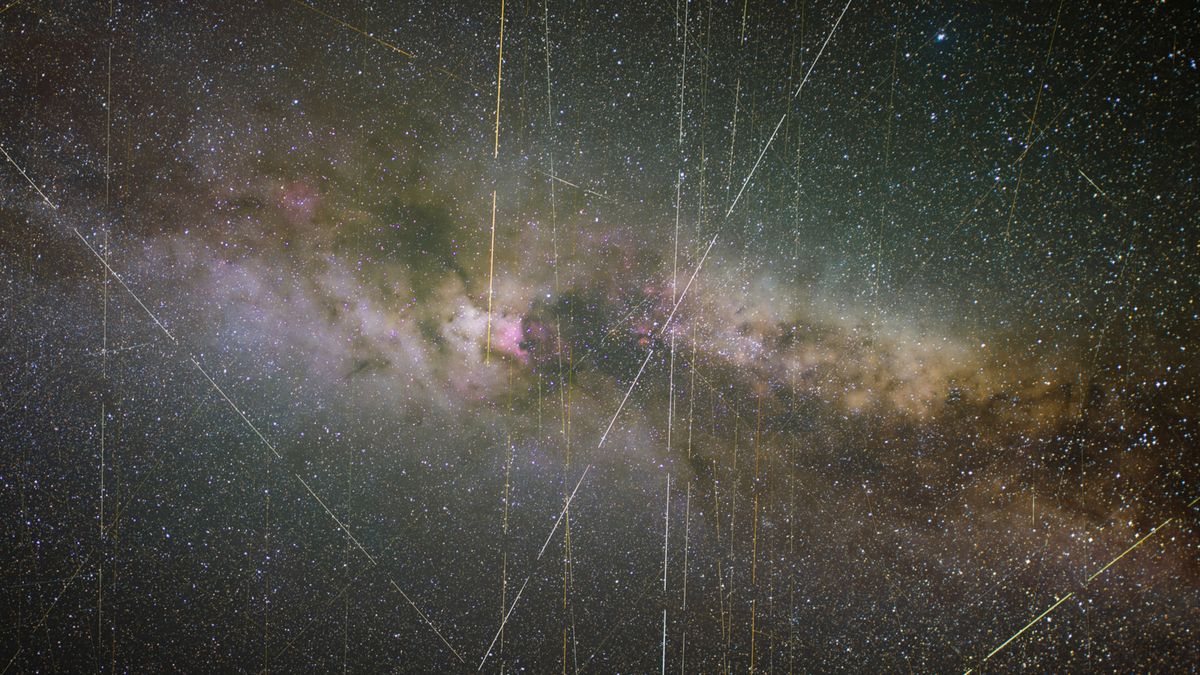


© Bernt Olsen via Getty Images



© Estes Rockets
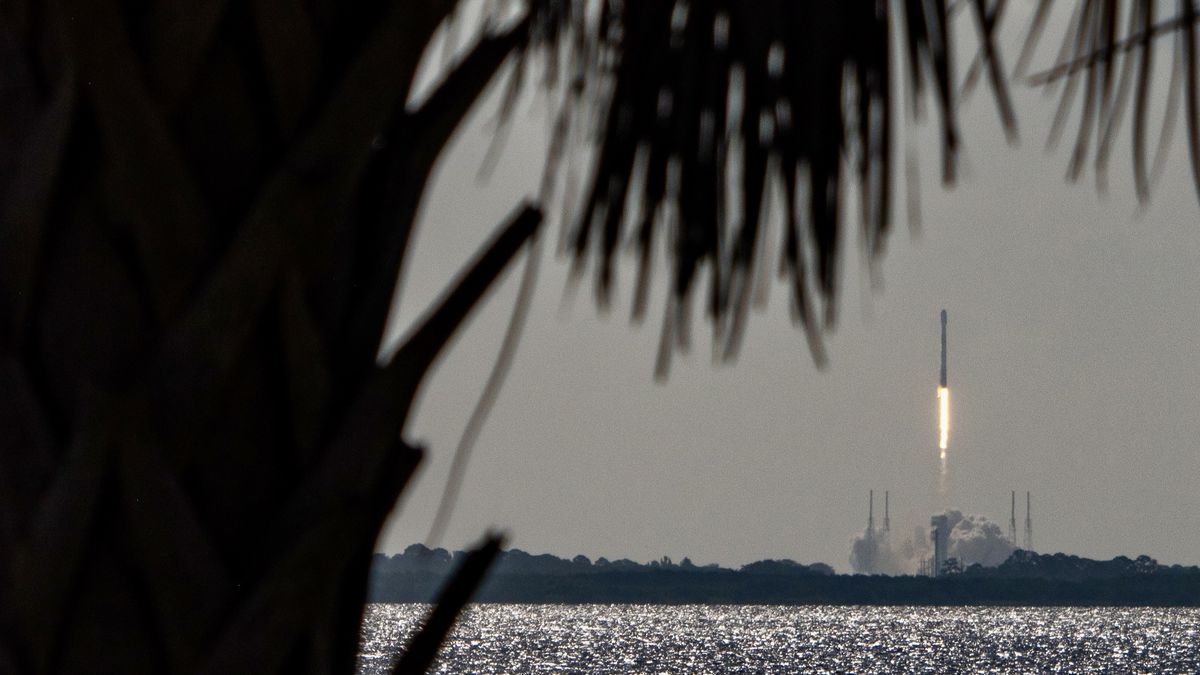


© Space.com / Josh Dinner

Ah, spring. Finally, it’s warm enough for even thin-blooded observers (like me) to break out their binoculars and telescopes. If you’re new to astronomy, however, you’ll want to become familiar with the constellations and bright stars that populate this season’s night sky before looking through the eyepiece. Then, when you read that a sky treatContinue reading "Michael’s Miscellany: The Spring Sky"
The post Michael’s Miscellany: The Spring Sky appeared first on Astronomy Magazine.




© ispace
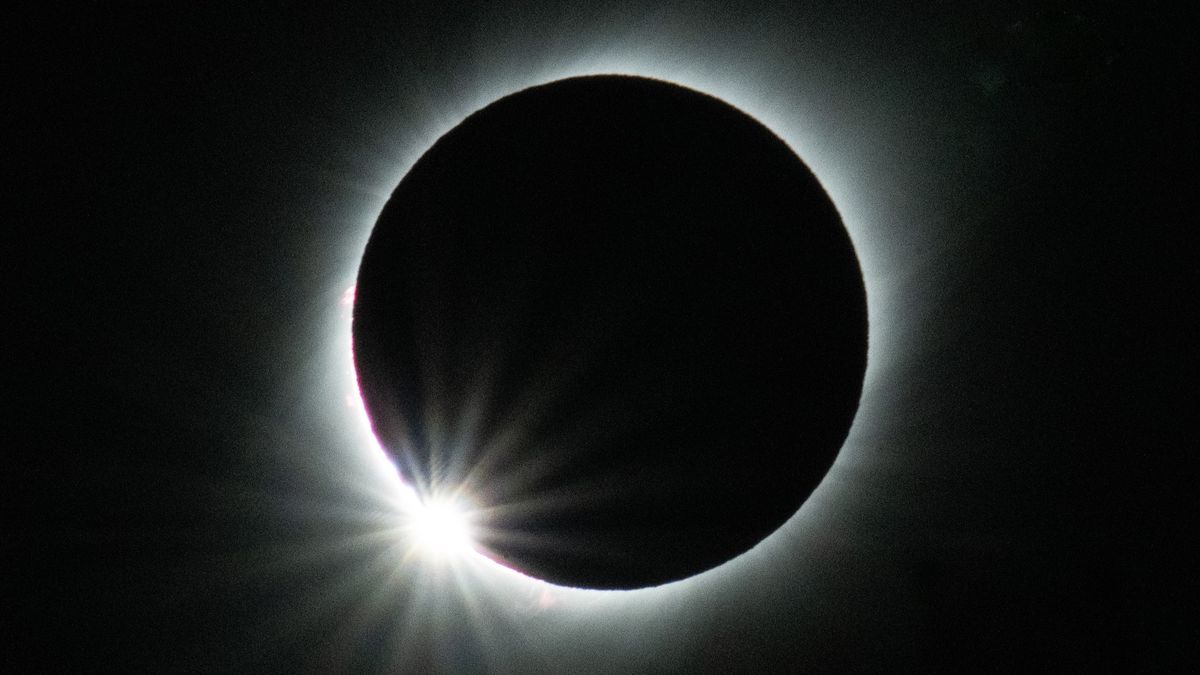


© Edwin Remsberg via Getty Images

Humanity’s need to track the Moon’s changing phases and motions is ancient. Mammoth hunters used the Moon as a timekeeper, carving crescent-shaped notches into bone and tusk. Sumerian astronomers recorded the Moon’s motion on clay tablets more than 3,000 years ago. But as reliable and trustworthy as the Moon may seem, its dance around EarthContinue reading "How tracking the Moon helped astronomers unlock our understanding of celestial motion"
The post How tracking the Moon helped astronomers unlock our understanding of celestial motion appeared first on Astronomy Magazine.


Eugene Parker, pioneer of theoretical solar and plasma astrophysics, was born June 10, 1927. Parker revolutionized the field of heliophysics, notably by first proposing the existence of the solar wind — a stream of charged particles ejected from the Sun — in 1958. His theory was confirmed by Mariner II in 1962. Among many otherContinue reading "June 10, 1927: The birth of Eugene Parker"
The post June 10, 1927: The birth of Eugene Parker appeared first on Astronomy Magazine.




© Paramount

Marty Weintraub from Duluth, Minnesota An auroral display shimmers on the night of May 28/9 over Lake Saganaga in Minnesota, near the Canadian border. The photographer notes that wildfire smoke caused the aurora to take on a “fuzzy, diffuse” appearance — even though the image itself is sharp with pinpoint stars. A Sony mirrorless camera andContinue reading "Smokey aurorae"
The post Smokey aurorae appeared first on Astronomy Magazine.

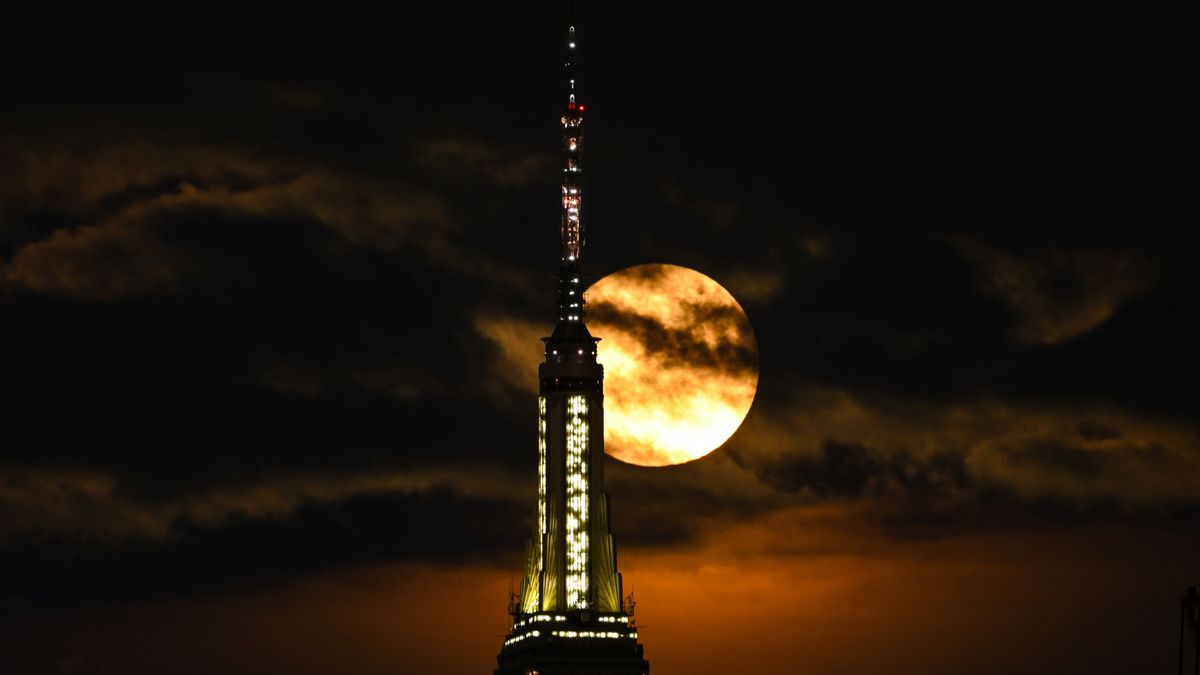


© Anadolu via Getty Images



© Axiom Space

The Moon passes 0.3° south of Antares at 7 A.M. EDT. You can catch them early this morning, when they are highest in the south just after midnight on the 9th. The Moon’s bright light dominates the southern sky as our satellite quickly waxes toward the Full phase, which it will reach in just overContinue reading "The Sky Today on Tuesday, June 10: The Moon meets Antares"
The post The Sky Today on Tuesday, June 10: The Moon meets Antares appeared first on Astronomy Magazine.


I spent part of last week in one of my favorite places, Flagstaff, Arizona, at Lowell Observatory. This storied institution is well known, and as I have written about previously, holds a unique place in the history of American science. Founded in 1894 by the Boston explorer and scientist Percival Lowell, the institution presents aContinue reading "Lowell Observatory faces big challenges"
The post Lowell Observatory faces big challenges appeared first on Astronomy Magazine.




© Mark Garlick/Science Photo Library via Getty Images



© Spike Silvernail/Getty Images

Near the Moon’s western limb lies Oceanus Procellarum, the Ocean of Storms — a vast swath of terrain spanning 1,600 miles (2,500 kilometers) north to south, and covering 10.5 percent of the lunar surface. Its hinterland is peppered with a teeming sea of craters. One of them, at its southeastern extremity, honors Britain’s first AstronomerContinue reading "350 years of astronomers royal: Astronomical advisors to the British monarchs"
The post 350 years of astronomers royal: Astronomical advisors to the British monarchs appeared first on Astronomy Magazine.




© Bungie

The White House’s proposed 2026 budget includes sweeping cuts to NASA’s Science Mission Directorate (SMD), slashing its funding by approximately 47 percent, as reported by the American Astronomical Society (AAS). The NASA science budget reductions would significantly impact programs across astrophysics, heliophysics, Earth science, and planetary science, raising concerns throughout the scientific community. NASA willContinue reading "NASA to discuss proposed science budget cuts Thursday"
The post NASA to discuss proposed science budget cuts Thursday appeared first on Astronomy Magazine.

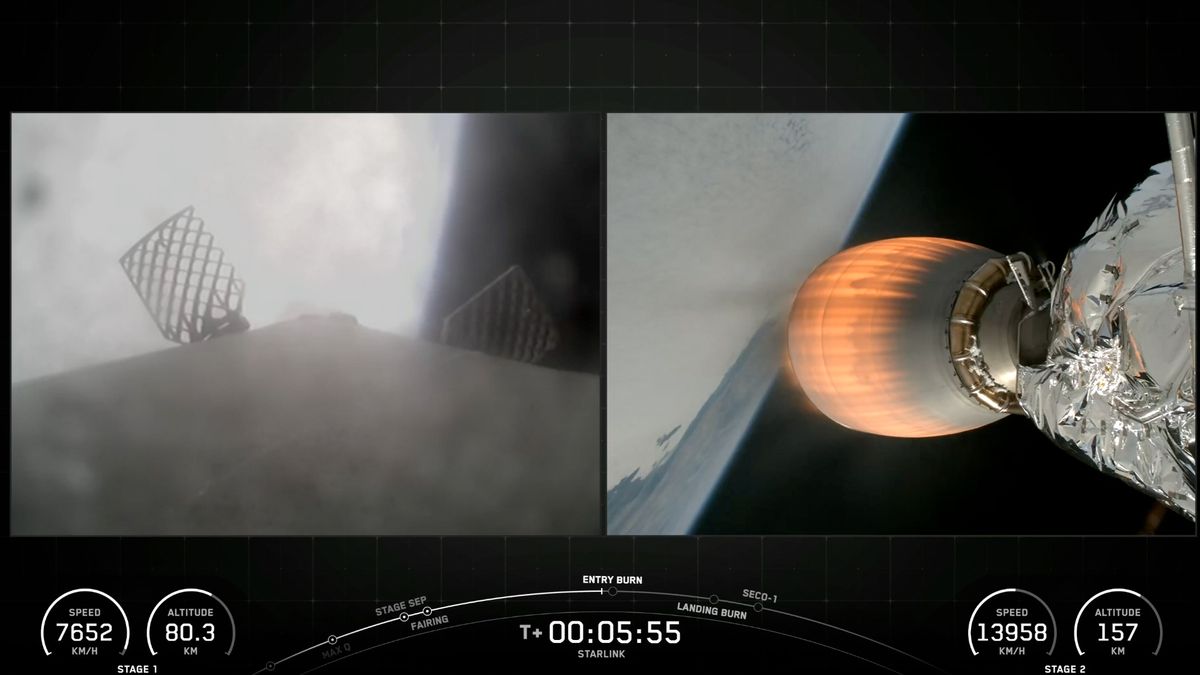


© SpaceX

Are either of the Voyager spacecraft capable of taking a picture of our solar system from their current interstellar locations? Jake CunninghamEugene, Oregon No, but let’s talk about how the spacecraft that once dazzled scientists and the public alike with images of our solar system came to this state. To preserve power and memory, missionContinue reading "Can either Voyager image our solar system from their current location?"
The post Can either Voyager image our solar system from their current location? appeared first on Astronomy Magazine.




© NASA, ESA, S. Baum and C. O'Dea (RIT), R. Perley and W. Cotton (NRAO/AUI/NSF), and the Hubble Heritage Team (STScI/AURA)

Mark Johnston from Scottsdale, Arizona Prominences play on the limb of the Sun in this image taken June 7.
The post Active sunscape appeared first on Astronomy Magazine.

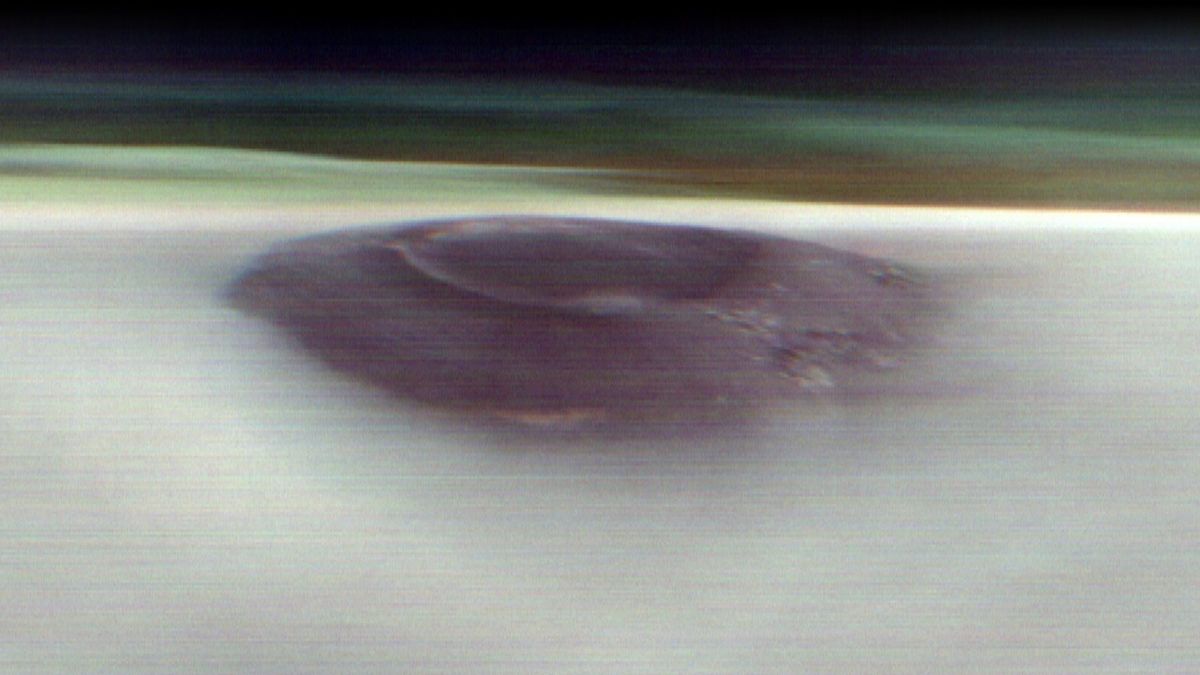


© NASA/JPL-Caltech/ASU

In this episode, Astronomy magazine Editor Dave Eicher invites you to head out later in the evening to observe what most observers think is the sky’s most colorful area. Named for the nearby star Rho Ophiuchi, this region in the constellations Ophiuchus and Scorpius boasts emission, reflection, and dark nebulae, star clusters, and a red 1st-magnitude star,Continue reading "This Week in Astronomy with Dave Eicher: The Rho Ophiuchi Region"
The post This Week in Astronomy with Dave Eicher: The Rho Ophiuchi Region appeared first on Astronomy Magazine.




© Official White House Photo by Joyce N. Boghosian



© Photo by Yuga Kurita via Getty Images

In early 1987, a team led by MIT’s Jacqueline Hewitt was imaging radio-emitting objects with the Very Large Array radio telescope as part of a gravitational lens survey. The unusual appearance of object MG1131+0456 – an oval with elongated bright spots at the ends – led to further investigation, and the researchers eventually concluded itContinue reading "June 9, 1988: First image of an Einstein ring"
The post June 9, 1988: First image of an Einstein ring appeared first on Astronomy Magazine.

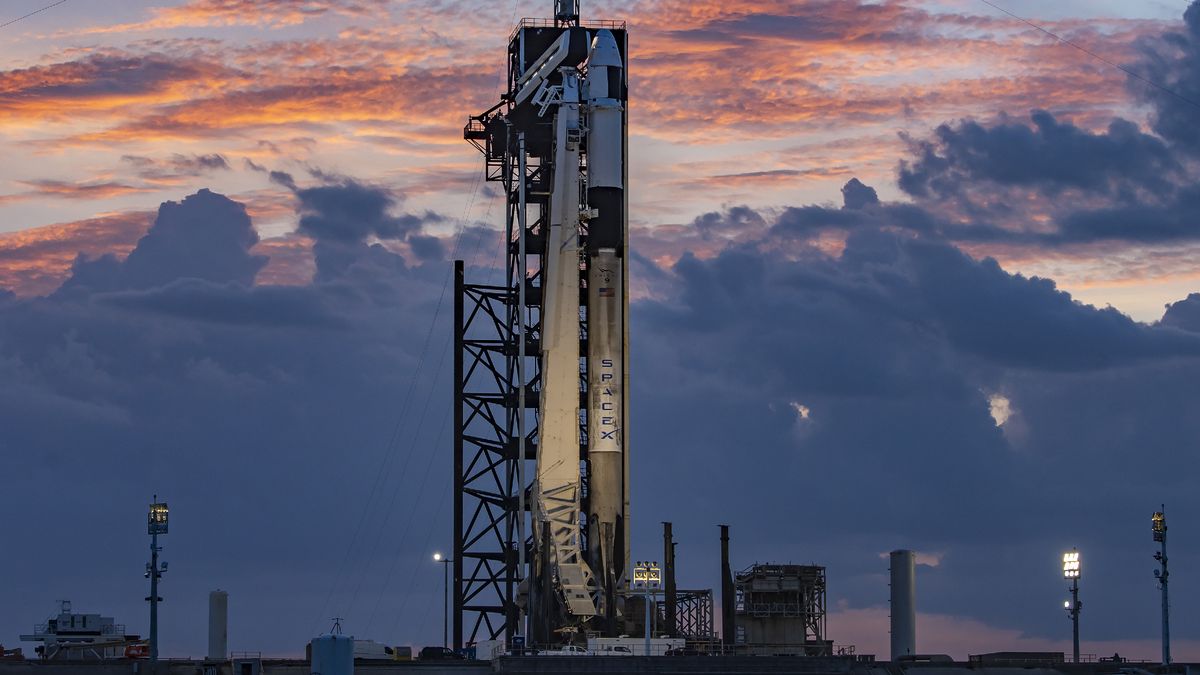


© SpaceX
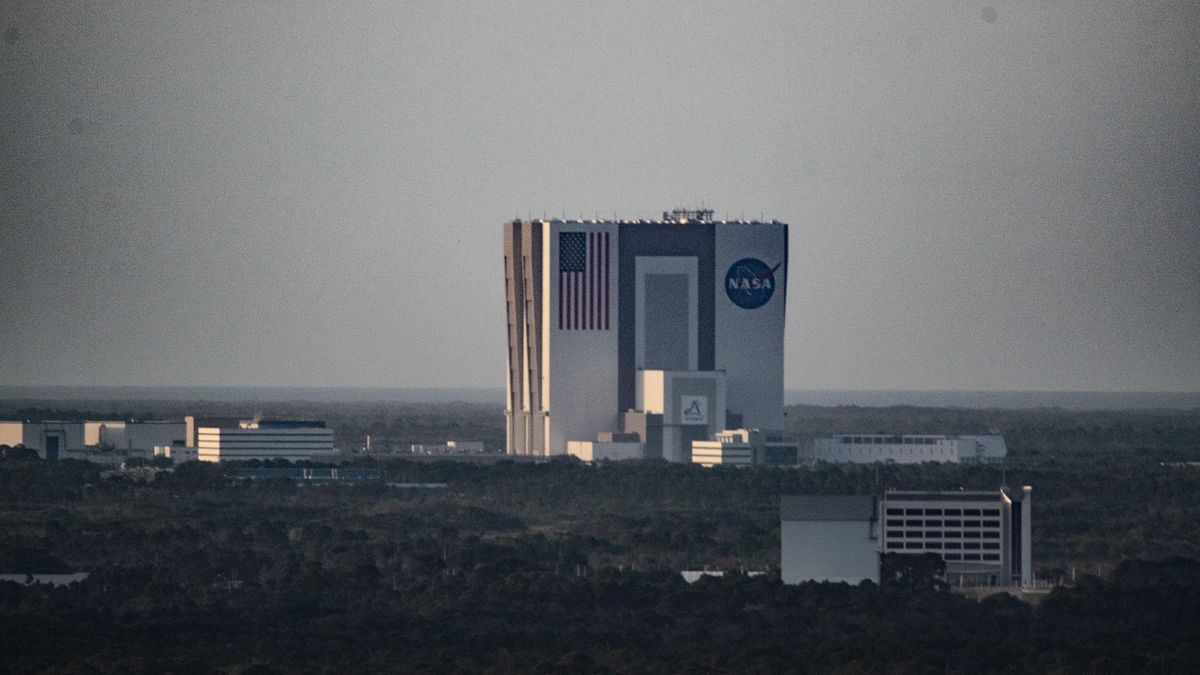


© Josh Dinner

The constellation Hercules is high in the east after dark this evening. Rich with deep-sky objects, we’re passing by the Strongman’s most famous (M13) for its second-brightest globular cluster: M92. But don’t feel like you’re settling for second best: This cluster is only a little fainter and smaller than M13, so it’s a stunning sightContinue reading "The Sky Today on Monday, June 9: Hercules’ other globular"
The post The Sky Today on Monday, June 9: Hercules’ other globular appeared first on Astronomy Magazine.

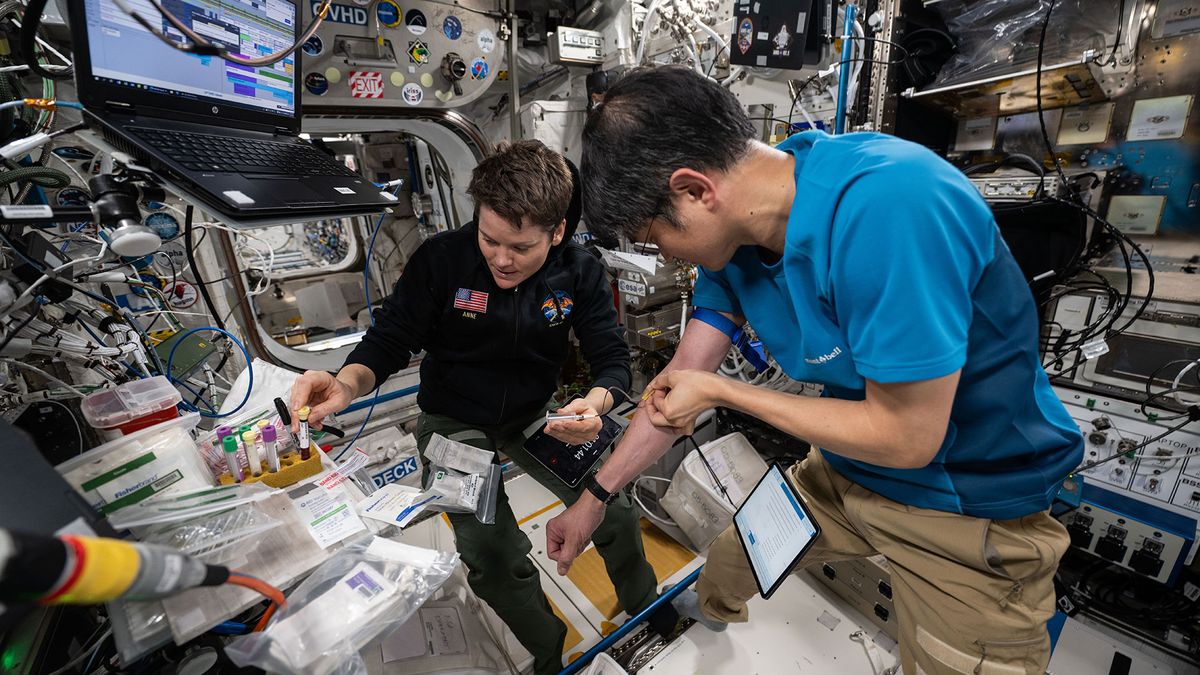


© NASA



© Starry Night

Giovanni Cassini was born in Perinaldo, in what is now Italy, on June 8, 1625. Early work on Jupiter and Mars’ rotational periods and the positions of Jupiter’s satellites led to an invitation to Paris and the Academie des Sciences by King Louis XIV; he became director of the Observatorie de Paris in 1671, andContinue reading "June 8, 1625: The birth of Giovanni Cassini"
The post June 8, 1625: The birth of Giovanni Cassini appeared first on Astronomy Magazine.




© CNSA
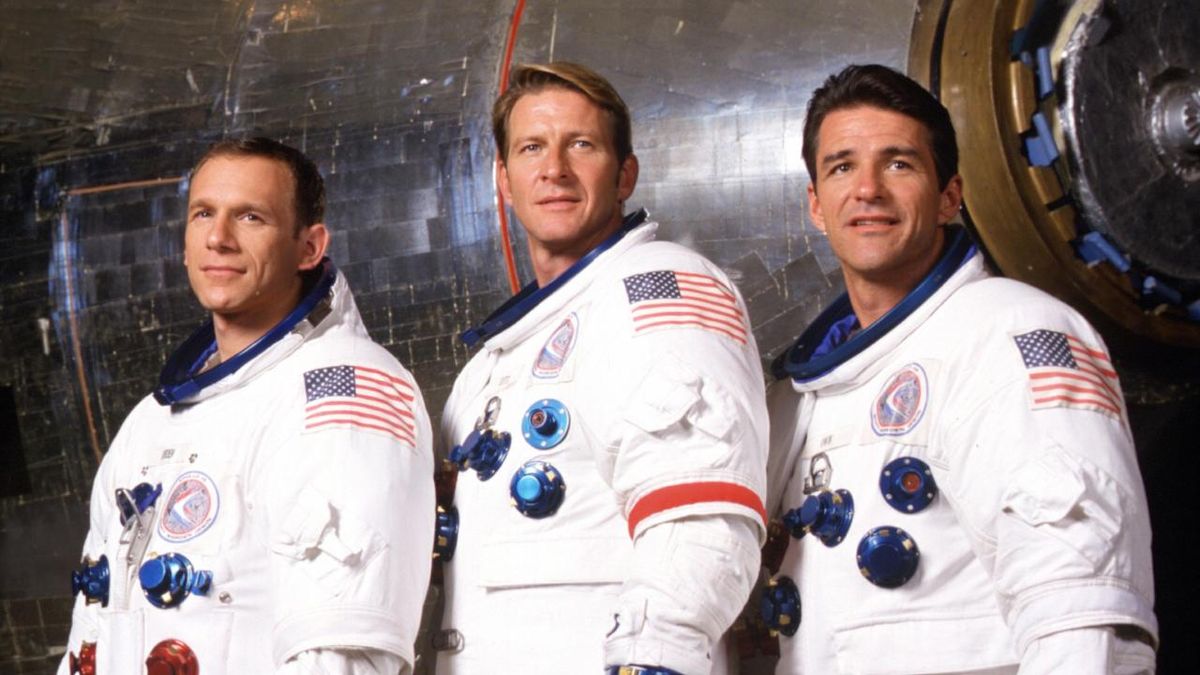


© HBO

Today, Mercury passes 2° north of Jupiter at 4 P.M. EDT. You can catch them together in the evening twilight, sinking in the west after sunset. But be quick: They are just a few degrees above the horizon half an hour after sunset. If you can get to a location with a clear western horizon,Continue reading "The Sky Today on Sunday, June 8: A conjunction of Mercury and Jupiter"
The post The Sky Today on Sunday, June 8: A conjunction of Mercury and Jupiter appeared first on Astronomy Magazine.




© Kim Snaith



© Hello Games, Nintendo, Annapurna Interactive



© SpaceX
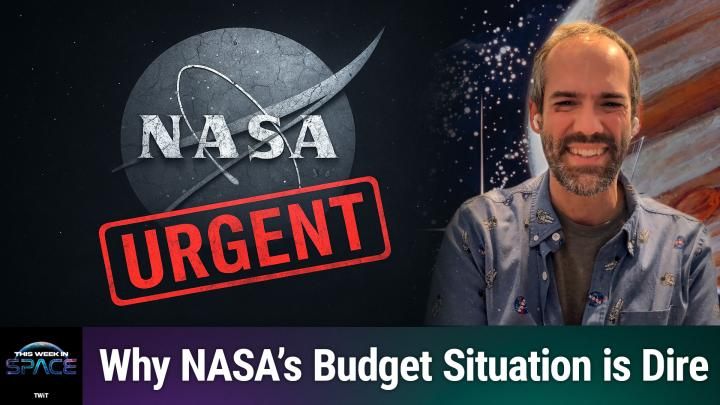


© TWiT
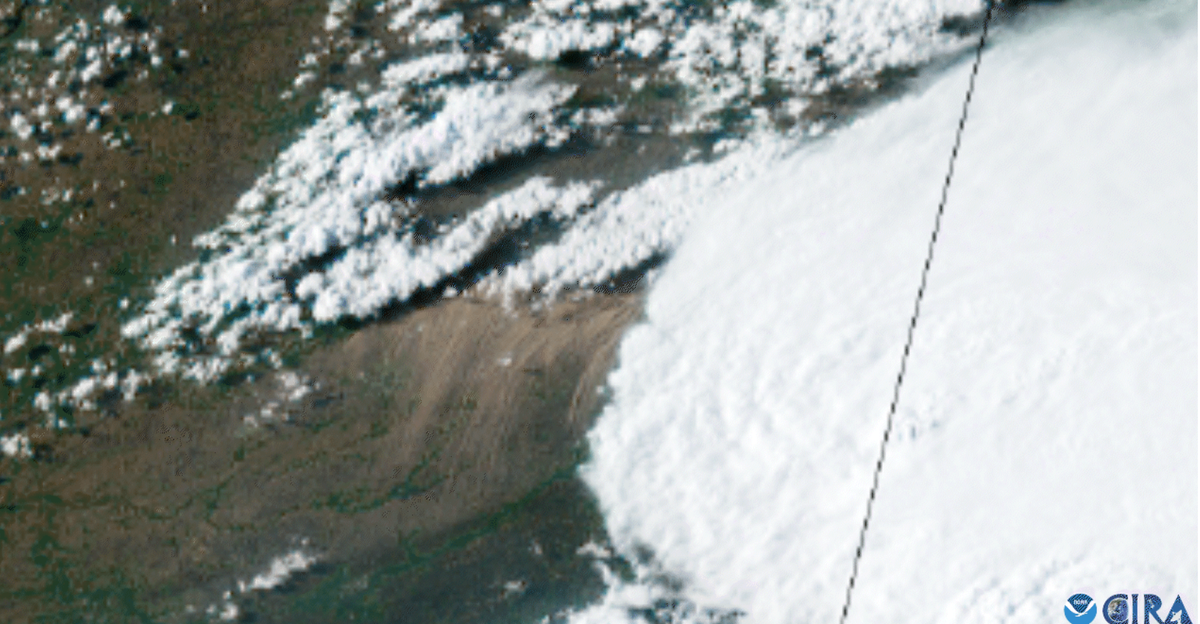


© NOAA

NASA launched the Extreme Ultraviolet Explorer satellite, or EUVE, on June 7, 1992, to conduct an all-sky survey at wavelengths inaccessible from the ground. The first satellite designed to operate in the short-wave ultraviolet range, its “objectives included discovering and studying UV sources radiating in this spectral region, and analyzing effects of the interstellar mediumContinue reading "June 7, 1992: The Extreme Ultraviolet Explorer launches"
The post June 7, 1992: The Extreme Ultraviolet Explorer launches appeared first on Astronomy Magazine.




© Photo by Tayfun Coskun/Anadolu Agency via Getty Images
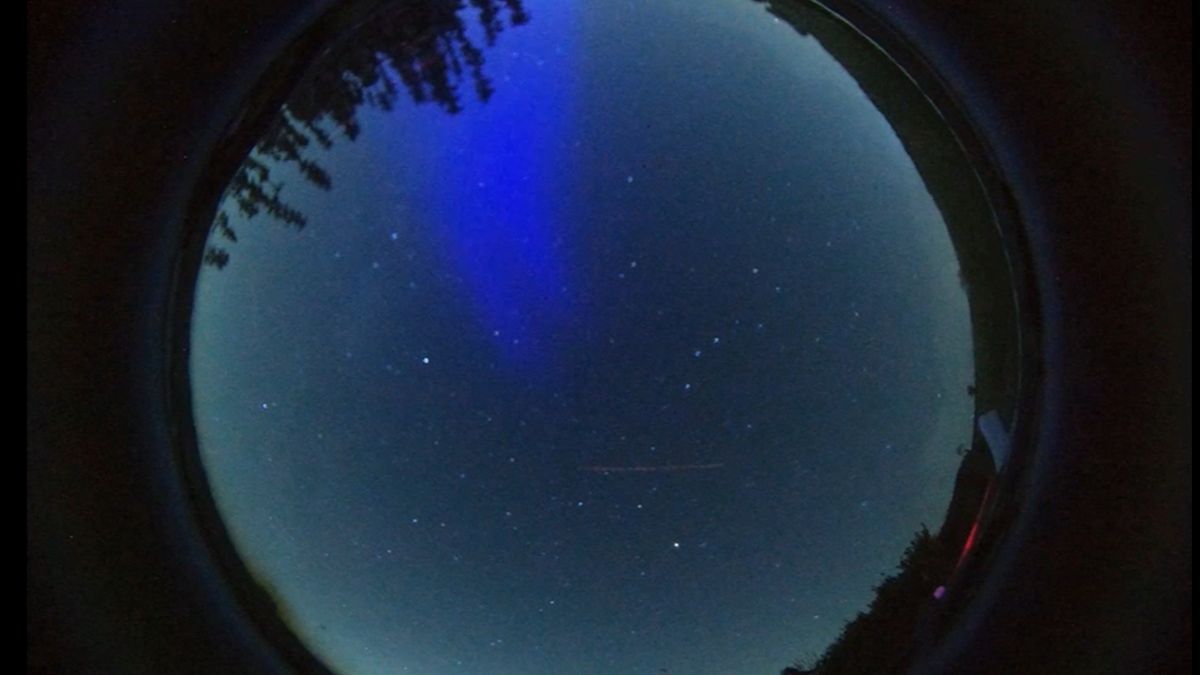


© Mary McIntyre
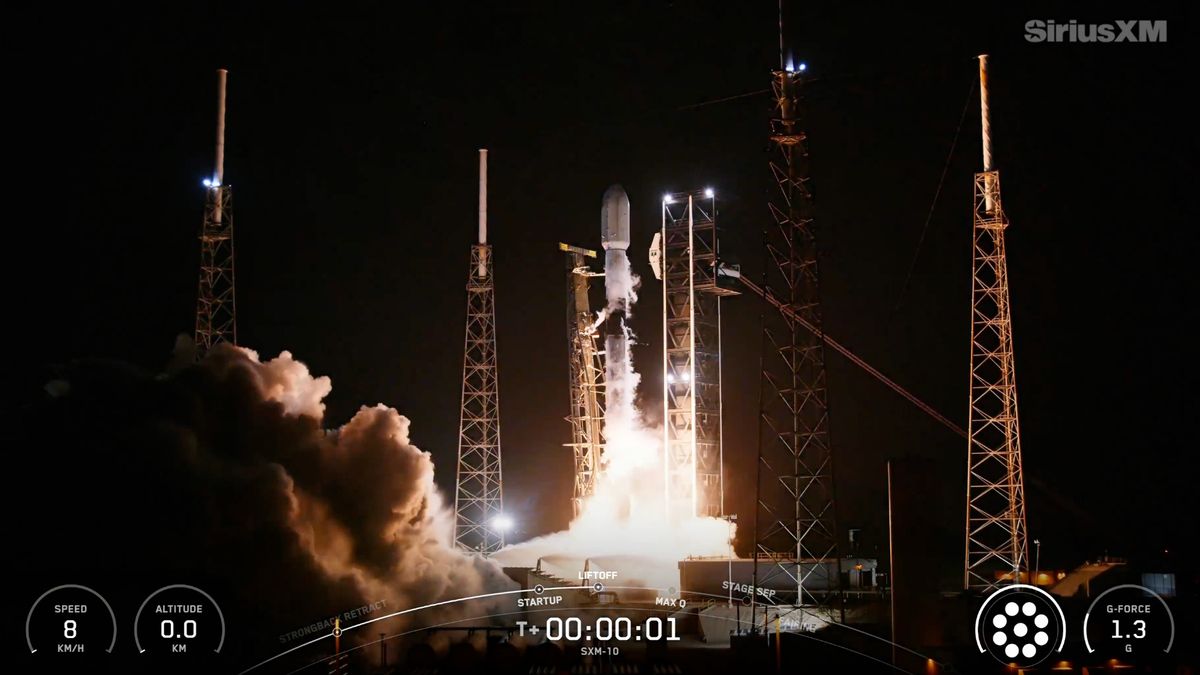


© SpaceX

There’s a short dark window of about an hour after the Moon sets and before twilight begins to brighten the sky this morning. Use it to track down one of the most famous planetary nebulae in the sky: M27, the Dumbbell Nebula. Shining at magnitude 7.4 and stretching some 8’ by 6’, this was theContinue reading "The Sky Today on Saturday, June 7: The Dumbbell Nebula"
The post The Sky Today on Saturday, June 7: The Dumbbell Nebula appeared first on Astronomy Magazine.

Author(s): Rachel Berkowitz
The harsh interstellar environment ought to destroy these carbon-rich molecules; experiments reveal their secret weapon.
[Physics 18, 115] Published Fri Jun 06, 2025
Author(s): Martin Rodriguez-Vega
Liquid crystals can be coaxed into hosting an easily reconfigurable lattice of vortices useful for information encoding.
[Physics 18, s56] Published Fri Jun 06, 2025

“Extraterrestrial Cause for the Cretaceous-Tertiary Extinction,” by physicist Luis Alvarez, geologist Walter Alvarez, Frank Asaro, and Helen Michel, was published in Science June 6, 1980. In it, the authors propose that an asteroid crashing to Earth was responsible for the death of the dinosaurs 65 million years ago. (The timeline was later amended to 66Continue reading "June 6, 1980: The asteroid impact theory"
The post June 6, 1980: The asteroid impact theory appeared first on Astronomy Magazine.

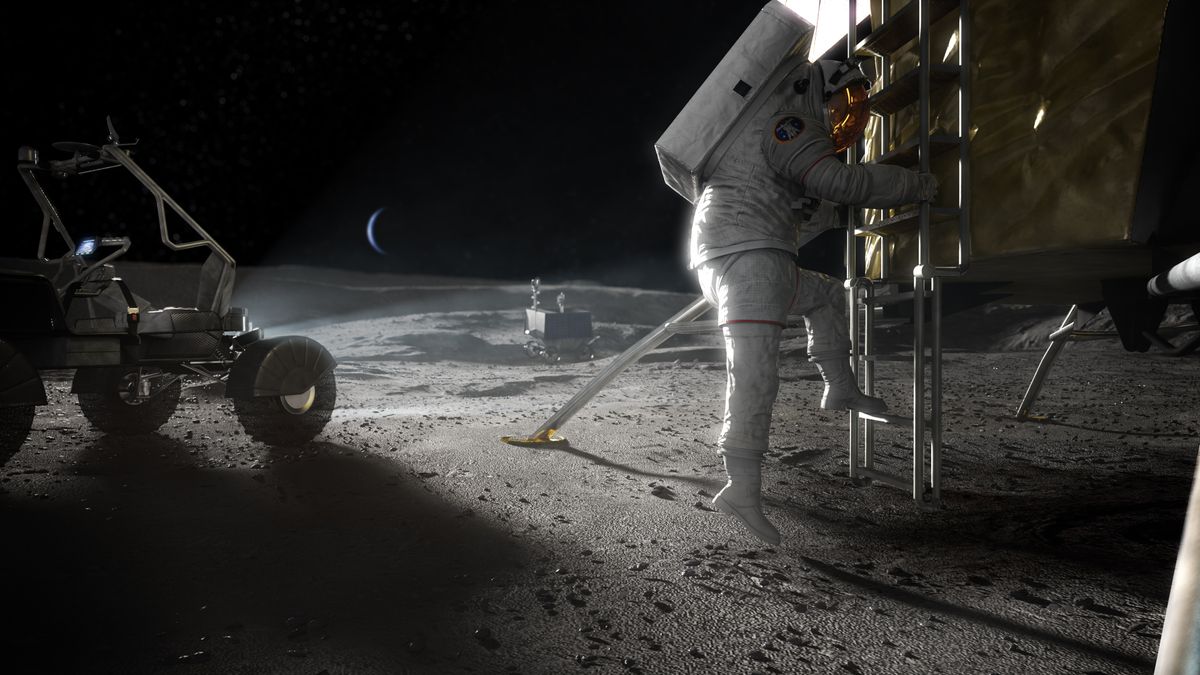


© NASA
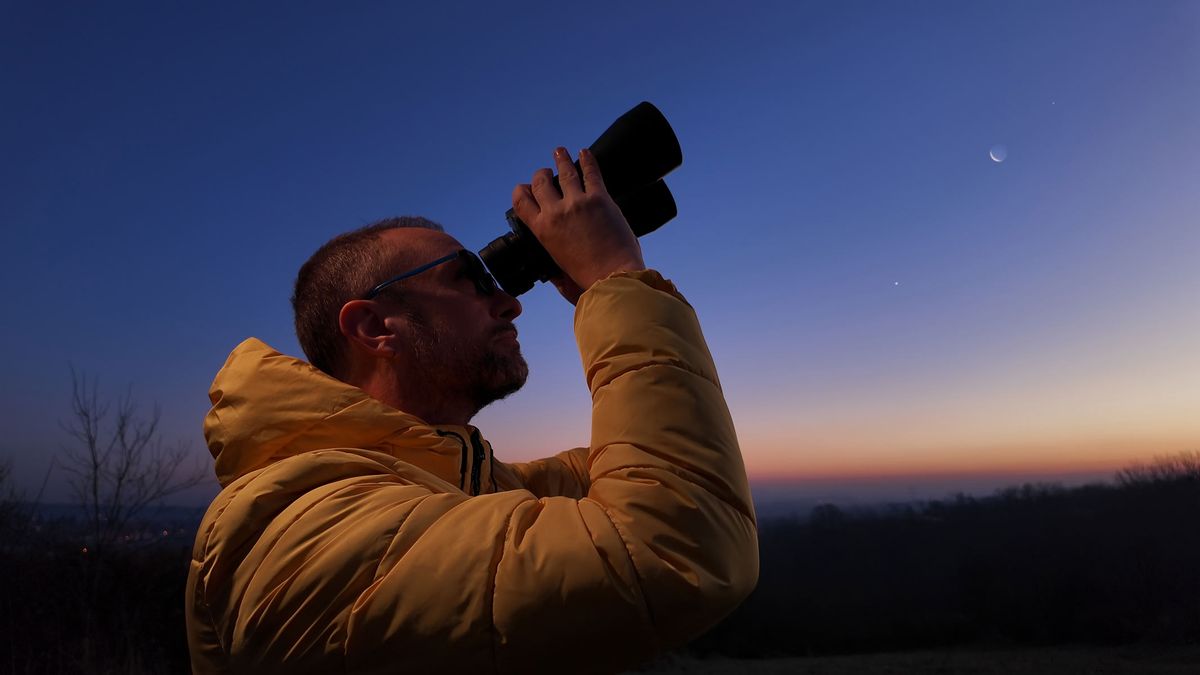


© Getty Images
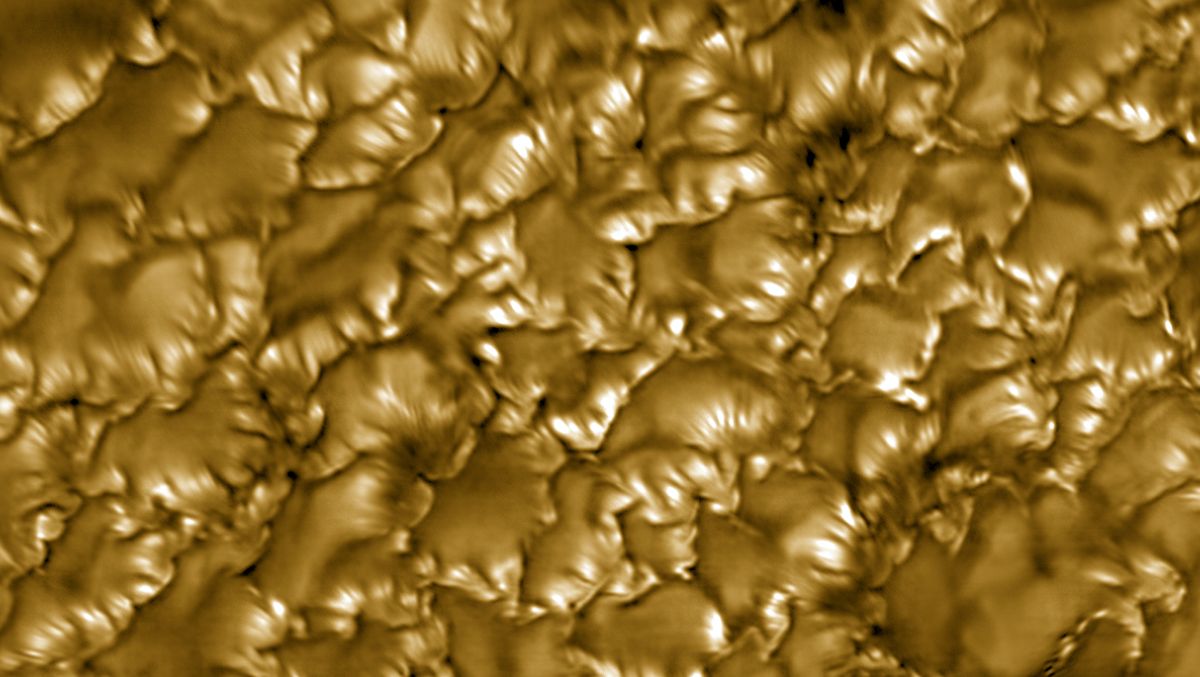


© NSF/NSO/AURA
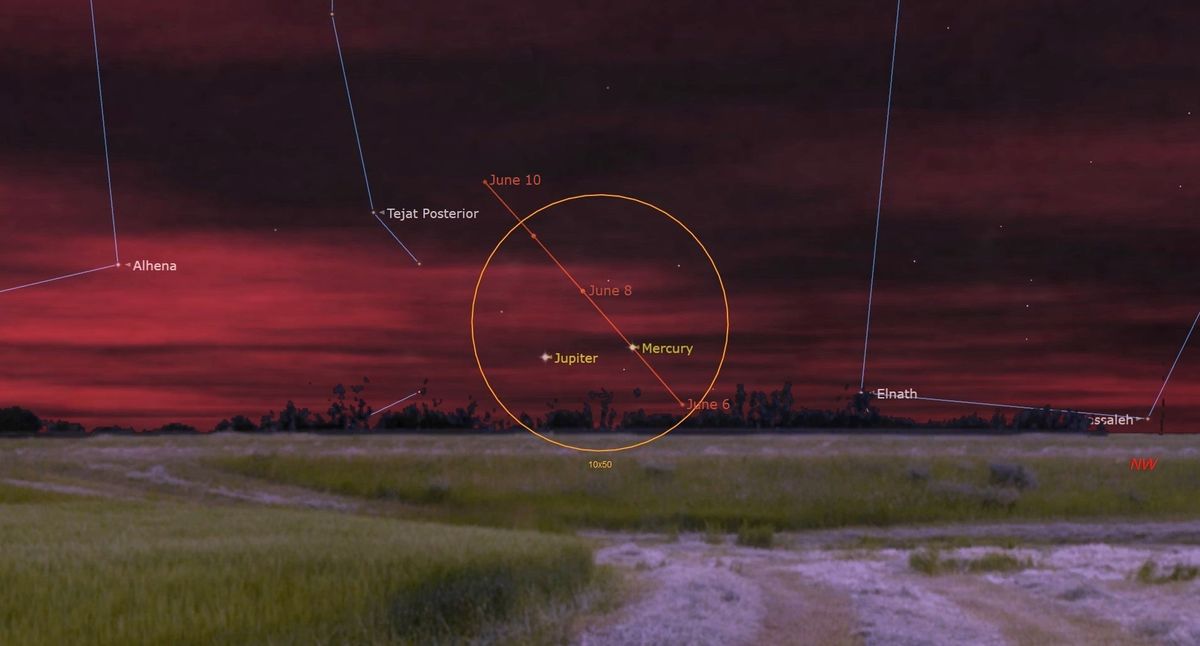


© Starry Night

When you become a young observer of the skies, happy to be out in a dark field at night with a 6-inch or 8-inch scope, you never dream of the kind of night of observing I experienced on Thursday, June 5. I am in Flagstaff, Arizona, during part of this week, spending some time atContinue reading "Observing with a 4-meter telescope"
The post Observing with a 4-meter telescope appeared first on Astronomy Magazine.




© ESA/DLR/FU Berlin

Shift4 Payments founder and private astronaut Jared Isaacman believes “some people” within the White House “that had some axes to grind” are behind the surprising withdrawal of his nomination to lead NASA. In April, the Senate Committee on Commerce, Science, and Transportation voted 19-9 to send Isaacman’s nomination to the full chamber. His confirmation voteContinue reading "Isaacman blames withdrawal of NASA Chief nomination on retribution"
The post Isaacman blames withdrawal of NASA Chief nomination on retribution appeared first on Astronomy Magazine.


One of the most important factors to amateur astronomers is seeing, which is defined as the steadiness of the atmosphere at your observing site. You can tell how good (or bad) the seeing is by viewing a reasonably bright (2nd magnitude) star near the zenith. If it’s twinkling wildly, the seeing is bad. But if theContinue reading "Michael’s Miscellany: Tube Currents"
The post Michael’s Miscellany: Tube Currents appeared first on Astronomy Magazine.

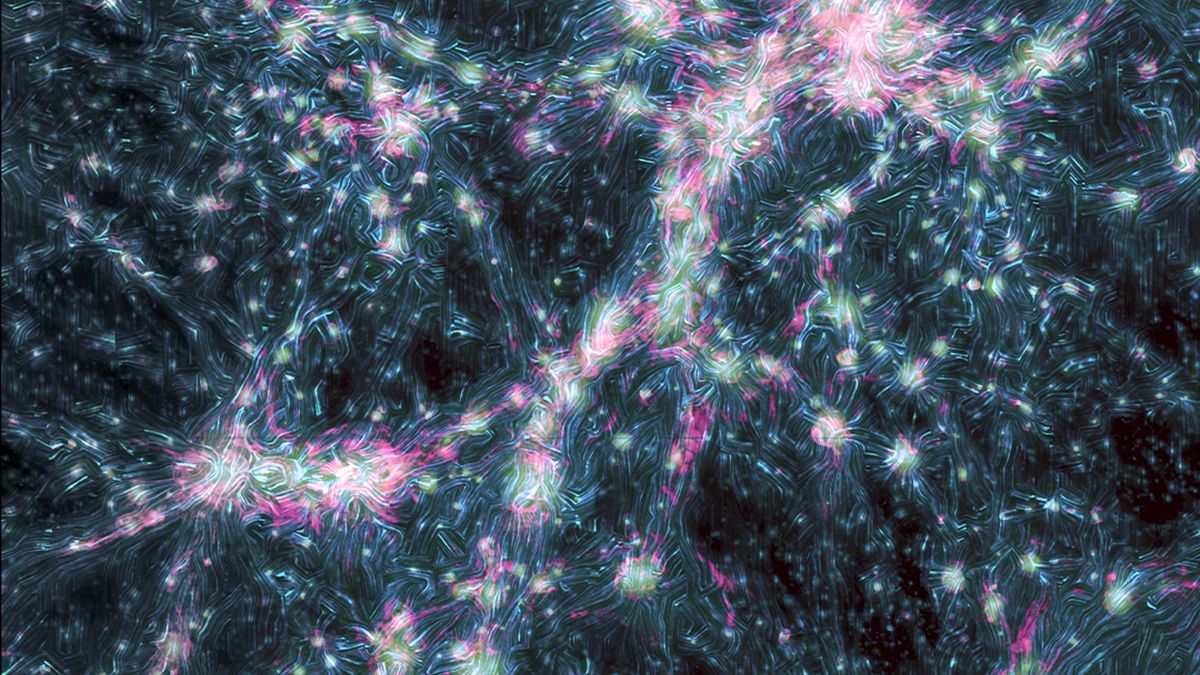


© F. Vazza, D. Wittor and J. West



© United Launch Alliance

Philippe Moussette, taken from Cap-Rouge, Quebec, Canada Smoke from wildfires burning across northern Canada gives the Sun an otherworldly glow in this 1/2000-second exposure taken with a Canon DSLR and 300mm lens with 2x teleconverter at f/10 and ISO 100.
The post Smokey Sun appeared first on Astronomy Magazine.




© POCOCO/Future



© Hulu



© ESO/M. Kornmesser



© NASA/JPL-Caltech
Author(s): Charles Day
An optical cavity amplifies the signatures of specific nuclei in an atomic lattice.
[Physics 18, s66] Published Thu Jun 05, 2025
Author(s): Ryan Wilkinson
A two-dimensional photonic metamaterial combines useful features of two quantum materials.
[Physics 18, s67] Published Thu Jun 05, 2025

The Moon passes 0.5° south of Spica at 11 A.M. EDT. The pair hangs in the evening sky, located in the south an hour after sunset. By this evening, the Moon has moved some 6.3° southeast of Spica, the star that anchors Virgo the Maiden as its alpha luminary. Spica is magnitude 1 and sitsContinue reading "The Sky Today on Friday, June 6: The Moon and Spica"
The post The Sky Today on Friday, June 6: The Moon and Spica appeared first on Astronomy Magazine.


Sky This Week is brought to you in part by Celestron. Friday, June 6The Moon passes 0.5° south of the magnitude 1.0 star Spica at 11 A.M. EDT. The pair hangs in the evening sky, located in the south two hours after sunset. They are now some 6.3° apart, with the waxing Moon to Spica’sContinue reading "The Sky This Week from June 6 to 13: Jupiter and Mercury meet"
The post The Sky This Week from June 6 to 13: Jupiter and Mercury meet appeared first on Astronomy Magazine.




© Brandon Bell/Getty Images
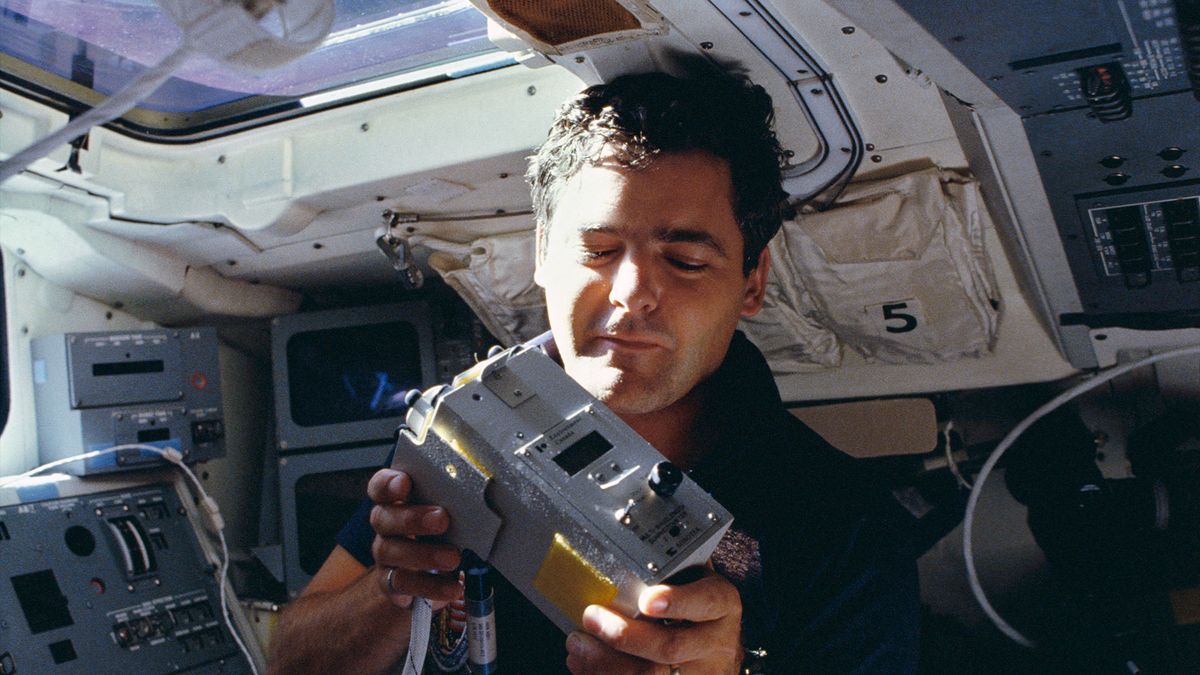


© NASA
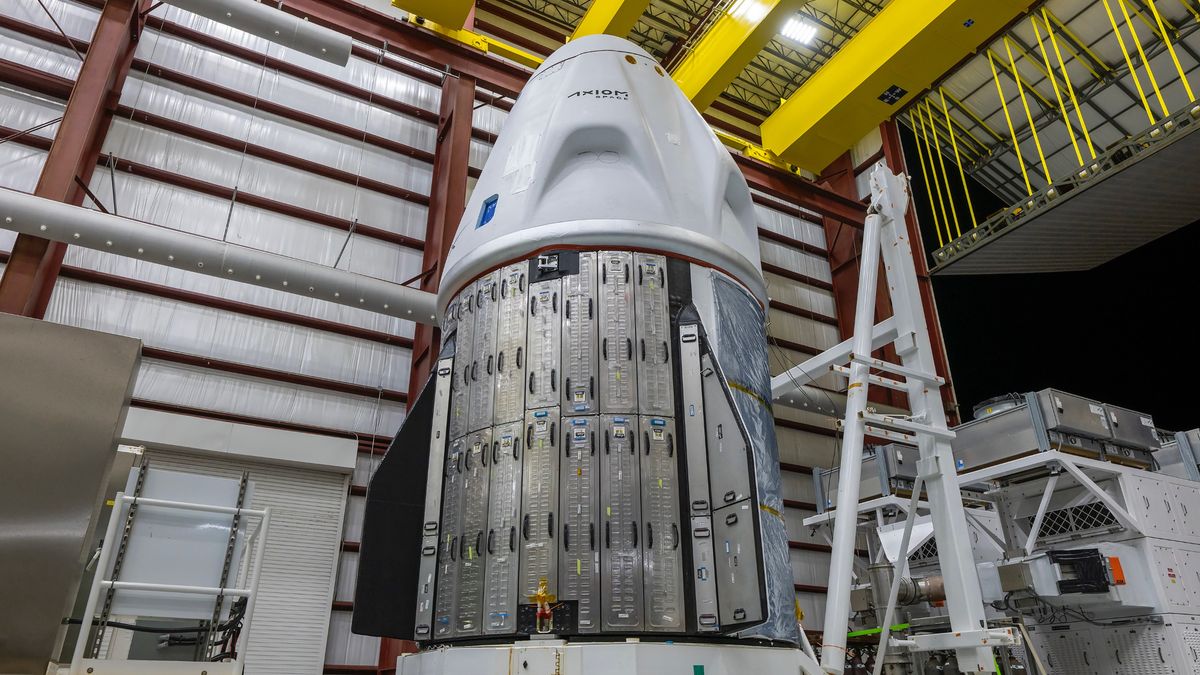


© SpaceX



© ispace



© EA / Lucasfilm Games
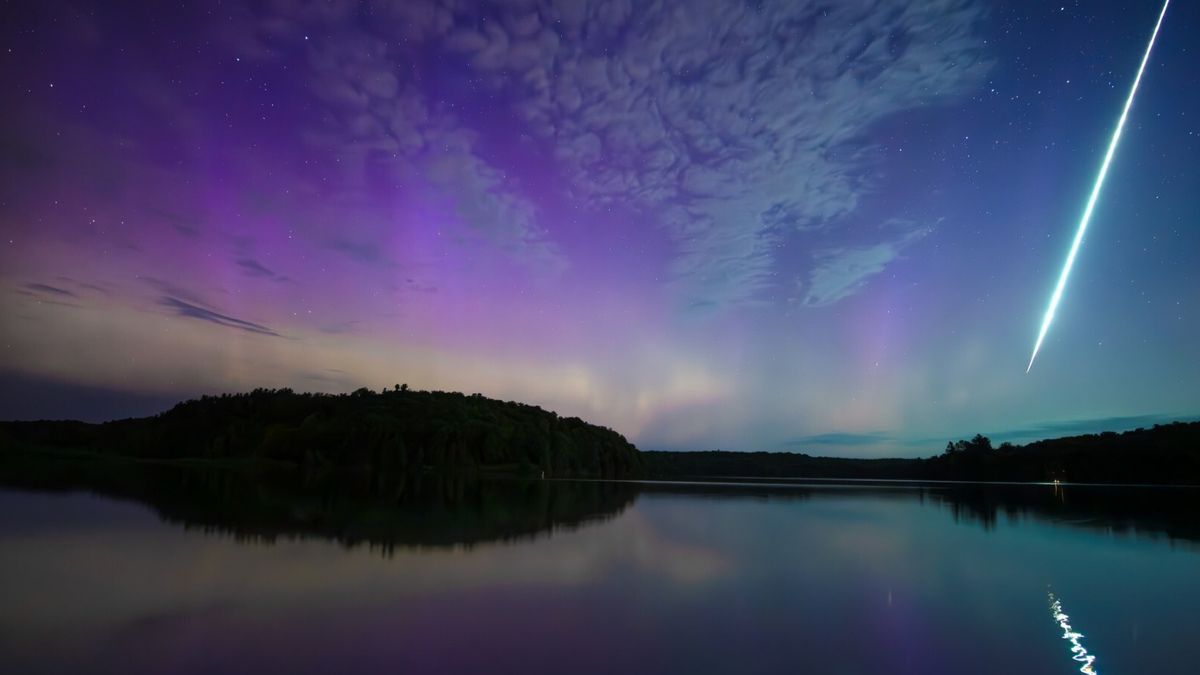


© Andres U., https://fireball.amsmeteors.org/members/imo_photo/view_photo?photo_id=19609



© COSMOS-Web
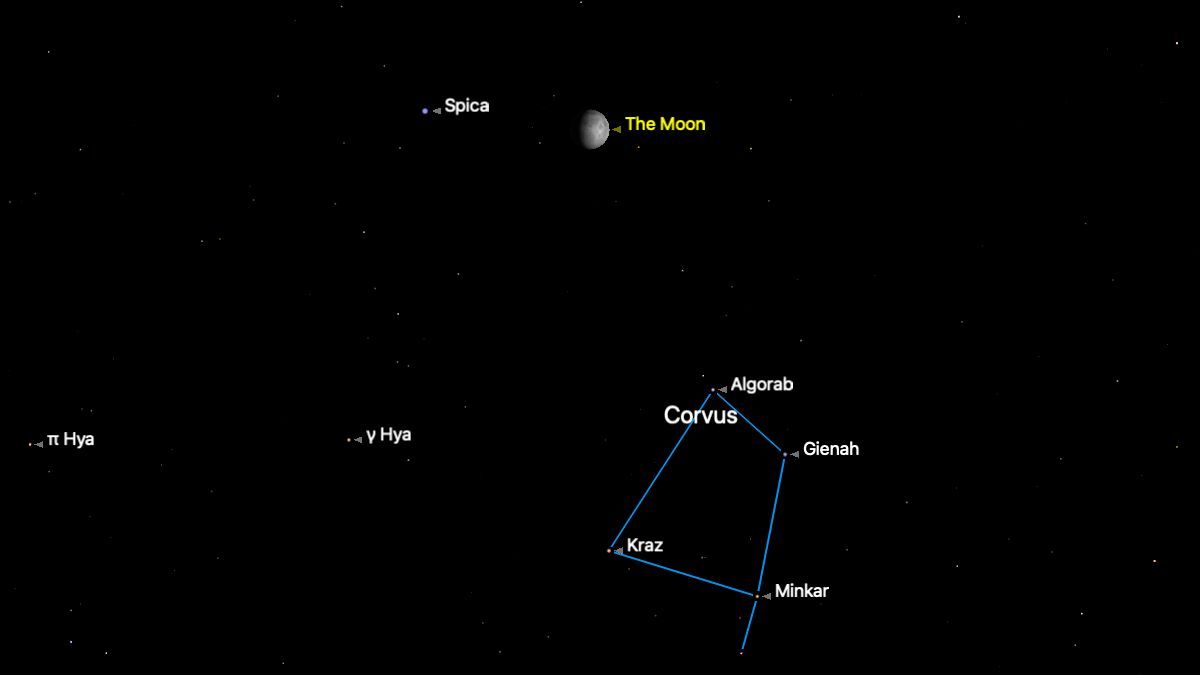


© Starry Night

NGC 6946 is a bright galaxy sometimes called the Fireworks Galaxy due to its high rate of supernovae. It lies in a very rich star field right on the border of Cepheus and Cygnus. This object is an intermediate spiral, meaning it structurally leans a little toward being a barred spiral. It was discovered byContinue reading "Deep-Sky Dreams: NGC 6946"
The post Deep-Sky Dreams: NGC 6946 appeared first on Astronomy Magazine.

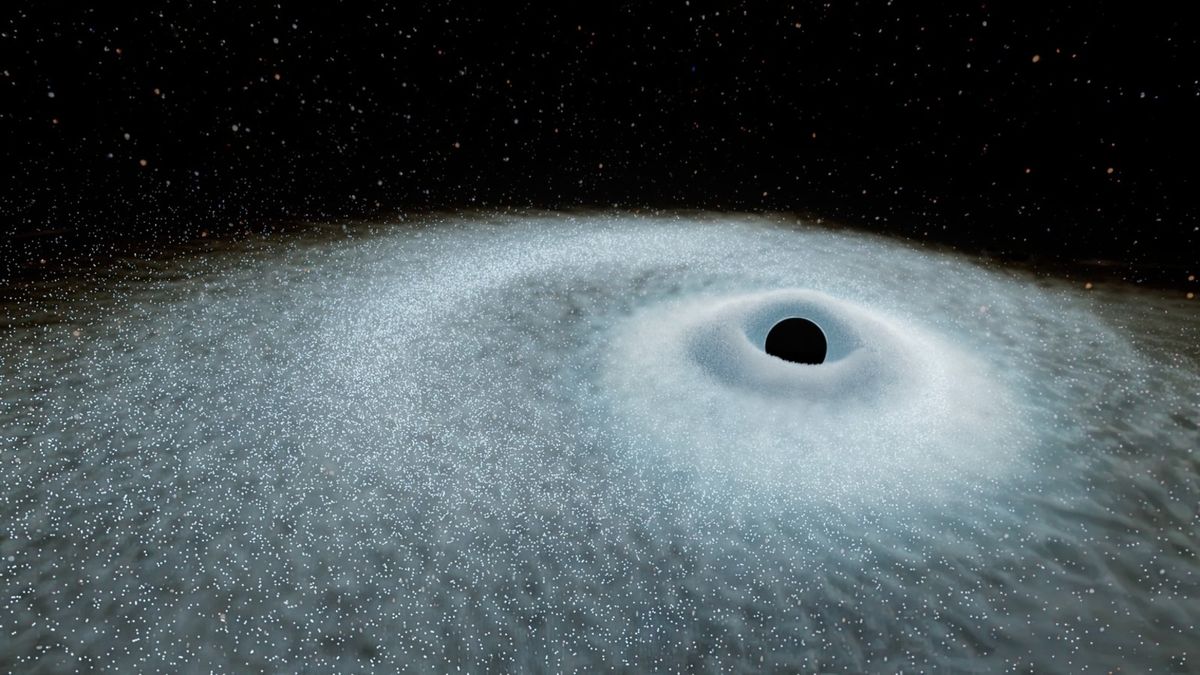


© W. M. Keck Observatory/Adam Makarenko



© FX
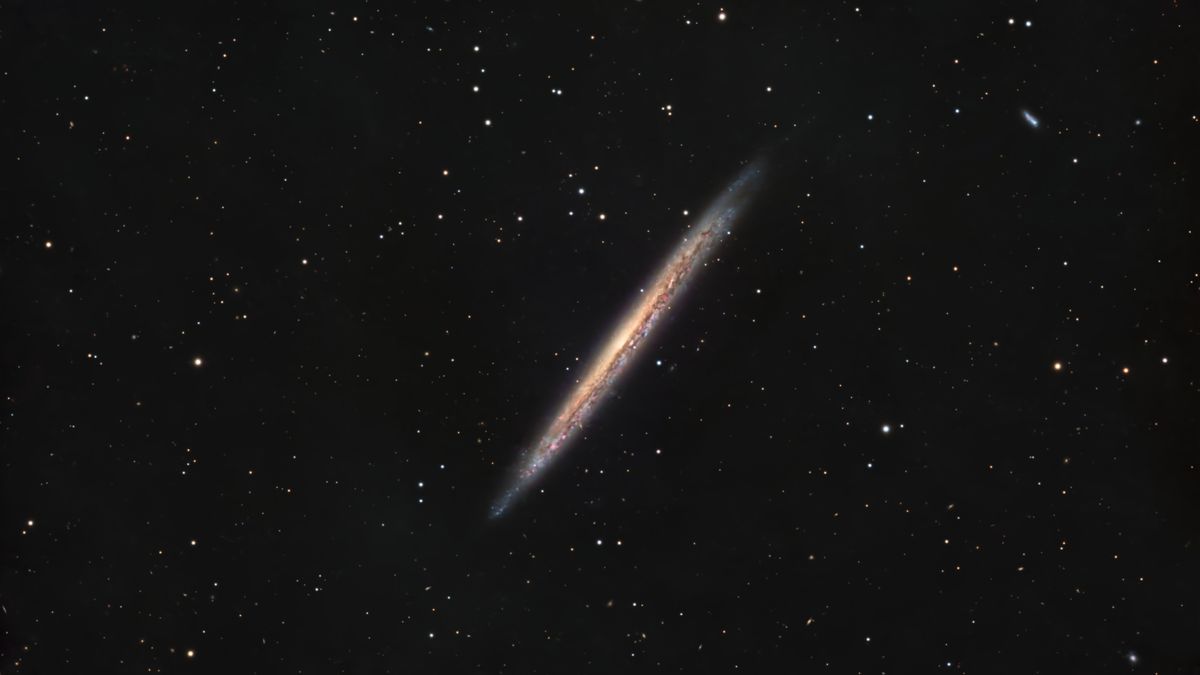


© Ronald Brecher

There have been times through the years when I’ve gone observing and have been unprepared. Whether it was an action I should have taken, an item that I forgot, or some bit of observing wisdom that would have made my session better. Hopefully, the following list will better prepare you for when you next headContinue reading "Michael’s Miscellany: Observing tips"
The post Michael’s Miscellany: Observing tips appeared first on Astronomy Magazine.




© Caltech/R. Hurt (IPAC)
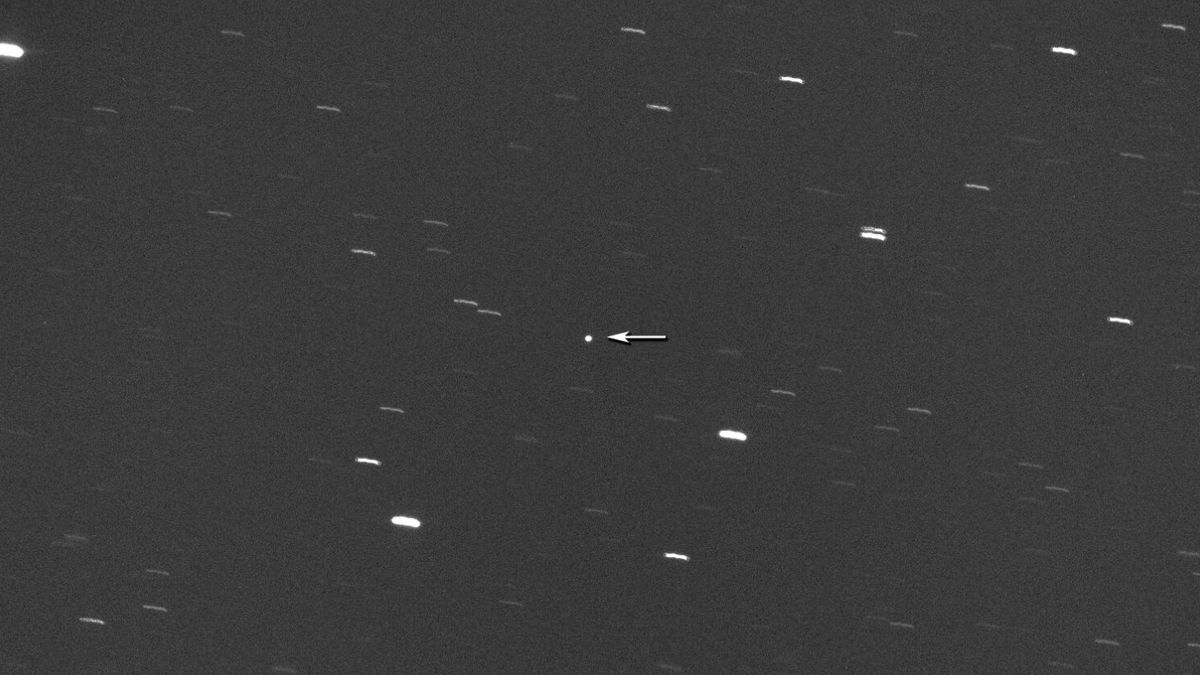


© image by Gianluca Masi, The Virtual Telescope Project.

On June 5, 1819, British mathematician and astronomer John C. Adams was born in in Cornwall. The first to predict the existence of Neptune, he wrote in his journal on July 3, 1841: “Formed a design in the beginning of this week of investigating, as soon as possible after taking my degree, the irregularities inContinue reading "June 5, 1819: The birth of John C. Adams"
The post June 5, 1819: The birth of John C. Adams appeared first on Astronomy Magazine.


Bob Fera/Steeve Body/Steve Mandel Emission nebulae NGC 3576, 3603, 3572, and 3503 all feature in this wide-field vista of nebulae in Carina. The imagers captured Hα/OIII/RGB exposures of 380, 380, 100, 100, and 100 minutes respectively with a 4.2-inch scope.
The post Nebulous quartet appeared first on Astronomy Magazine.

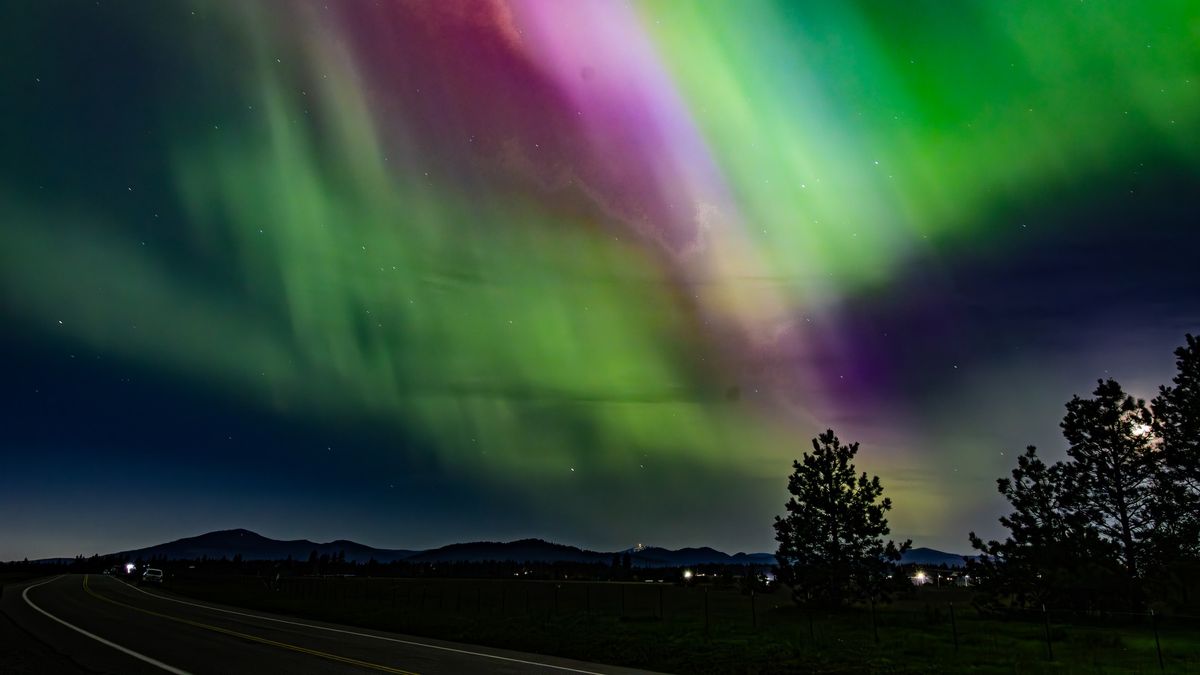


© Northwest Camera Works via Getty Images
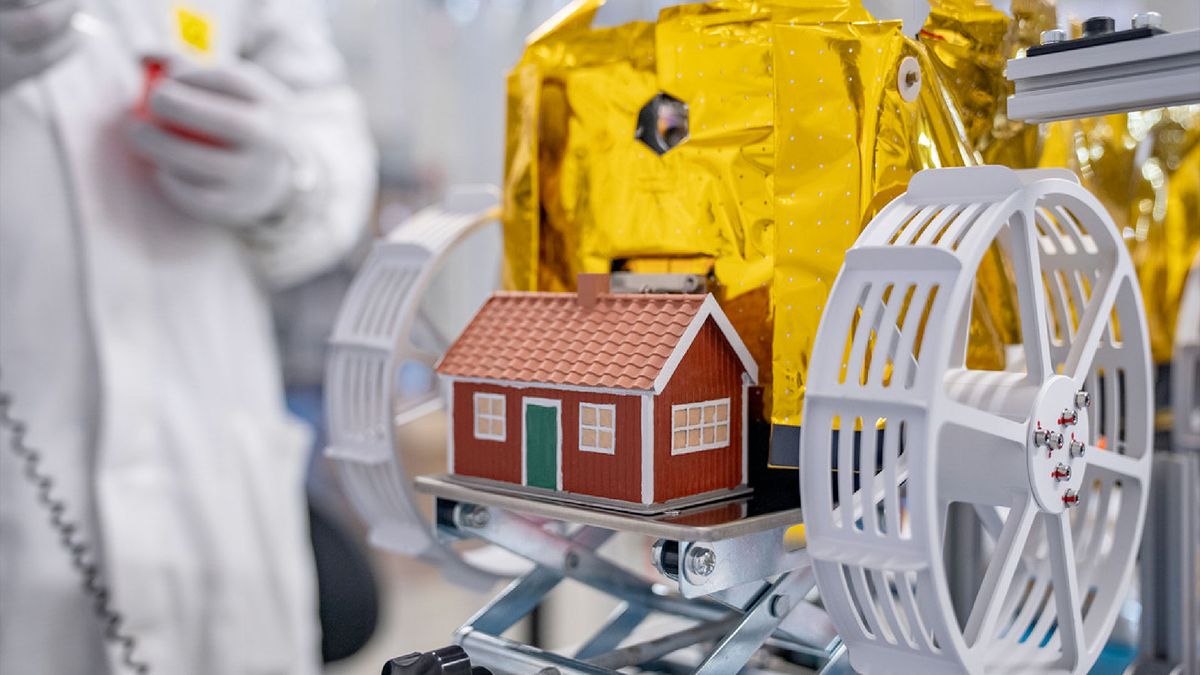


© The Moonhouse



© Mark Garlick/Science Photo Libary/Getty Images
Author(s): Hendrik Bentmann
A new framework for studying chiral materials puts the emphasis on electron chirality rather than on the asymmetry of the atomic structure.
[Physics 18, 113] Published Wed Jun 04, 2025
Author(s): Marric Stephens
High-precision spectroscopy of weakly bound rubidium dimers pushes a theoretical model to its limits.
[Physics 18, s72] Published Wed Jun 04, 2025
Author(s): Ryan Wilkinson
A new model captures how impurities affect jets formed when bubbles rise and pop at a liquid surface.
[Physics 18, s78] Published Wed Jun 04, 2025

Now rising in the east after sunset is the famous Summer Triangle, so called because it sits high overhead on summer nights. As we head for the Northern Hemisphere summer solstice later this month, the three stars that make up this asterism will rise earlier and earlier each night. Tonight around 11 P.M. local daylightContinue reading "The Sky Today on Thursday, June 5: Summer Triangle rising"
The post The Sky Today on Thursday, June 5: Summer Triangle rising appeared first on Astronomy Magazine.

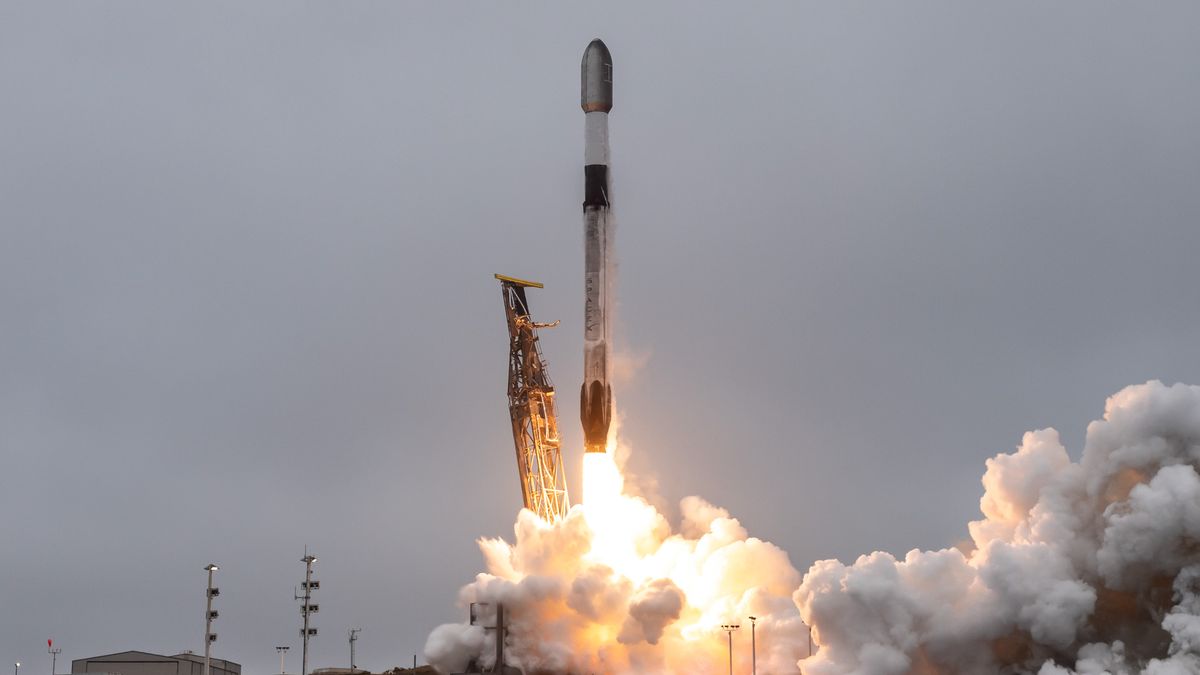


© SpaceX



© Axiom Space
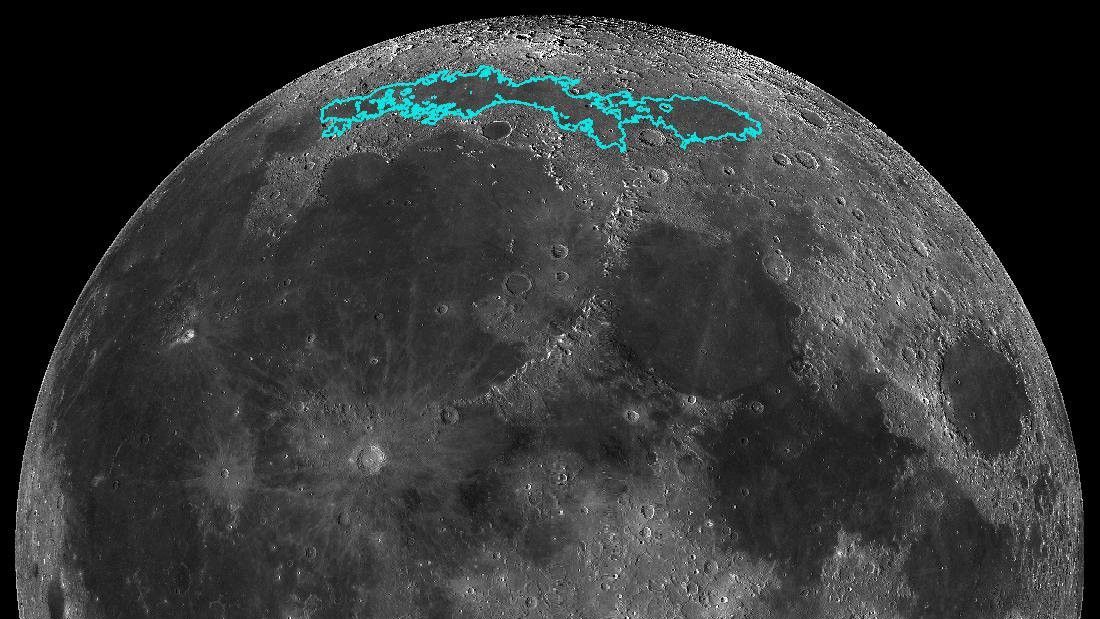


© NASA



© University of Warwick/Mark Garlick
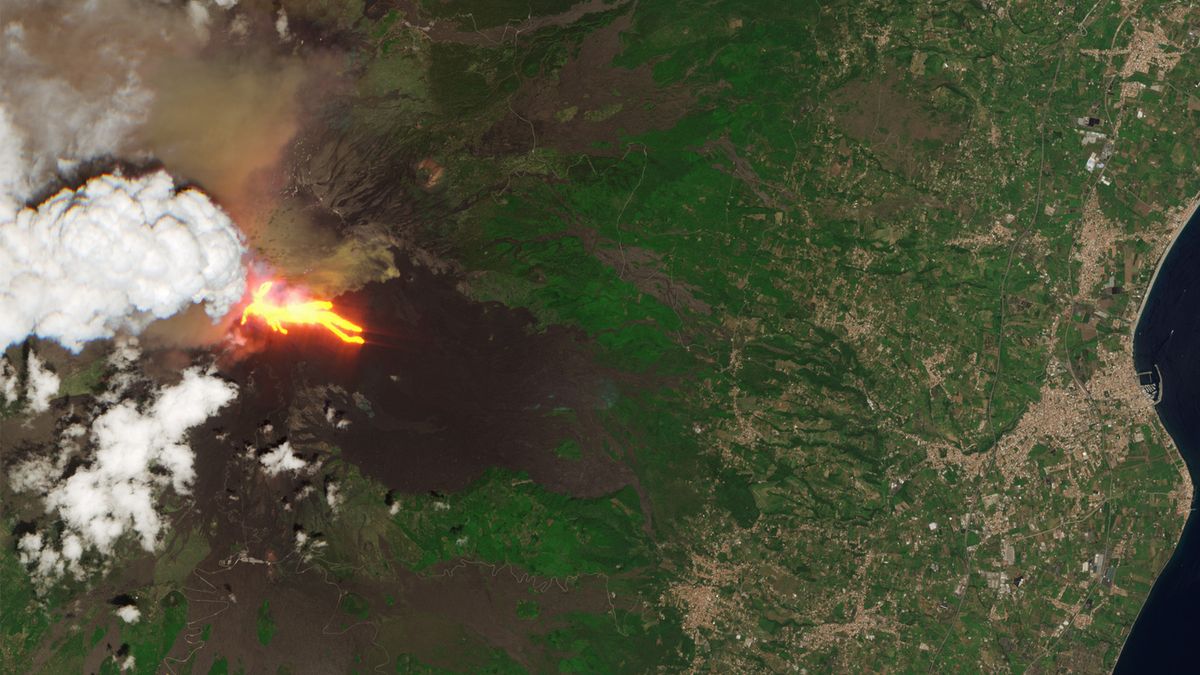


© contains modified Copernicus Sentinel data (2025), processed by ESA

Emmanuel Delgadillo from Jalisco, Mexico The Tadpoles, lying in the emission nebula IC 410, are stellar nurseries that will birth infant stars. Their “tails” of gas and dust are blown outward by winds and radiation from the open star cluster NGC 1893, which lies within the nebula. The imager used a 10-inch f/5 scope to takeContinue reading "A pond of stars"
The post A pond of stars appeared first on Astronomy Magazine.


It’s difficult for amateur astronomers to fully share the wonders of the night sky with a visually impaired child. Well, that task has gotten a bit easier thanks to All About Orion, the new book by Dean Regas. This large (8½” by 11″) book contains 24 pages full of information about most people’s favorite constellation. It’s publishedContinue reading "Michael’s Miscellany: All About Orion"
The post Michael’s Miscellany: All About Orion appeared first on Astronomy Magazine.

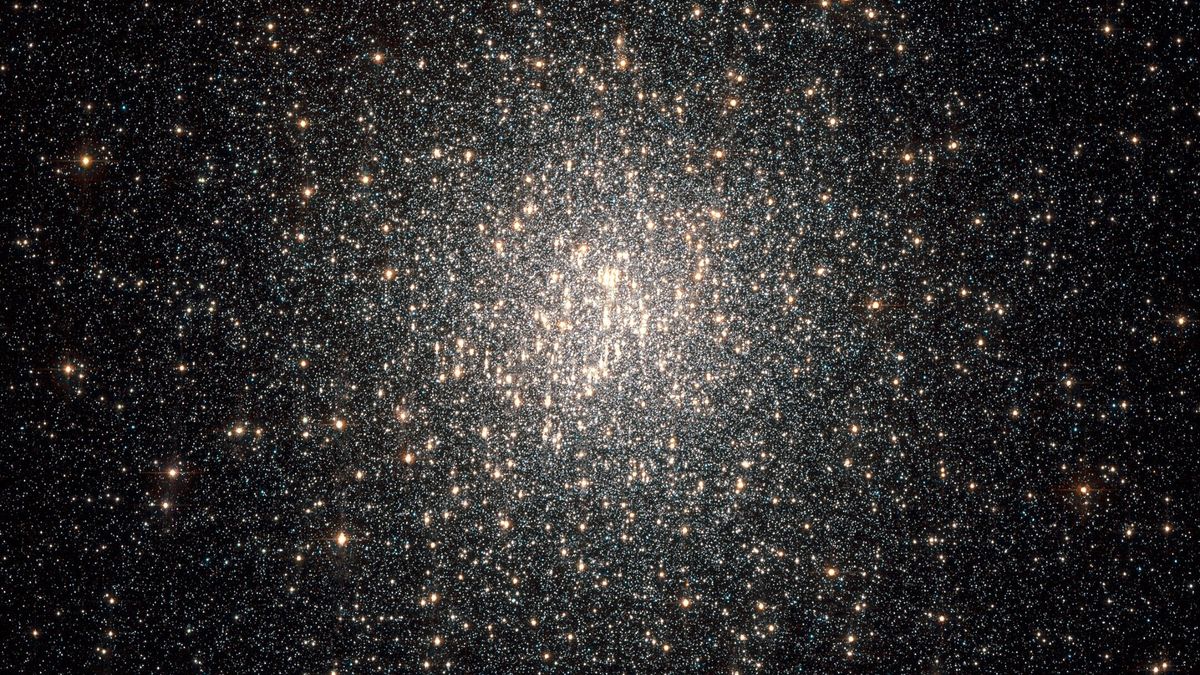


© NASA, ESA, A. Sarajedini and G. Piotto
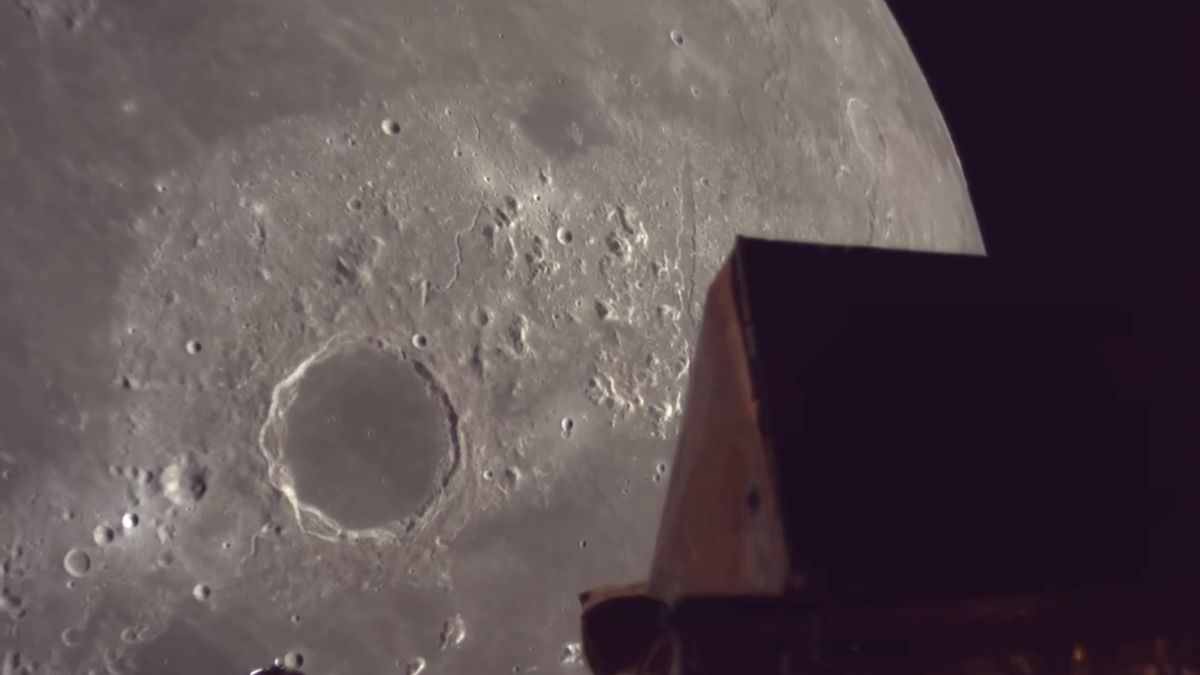


© ispace



© ESA/DLR – M. Diegeler
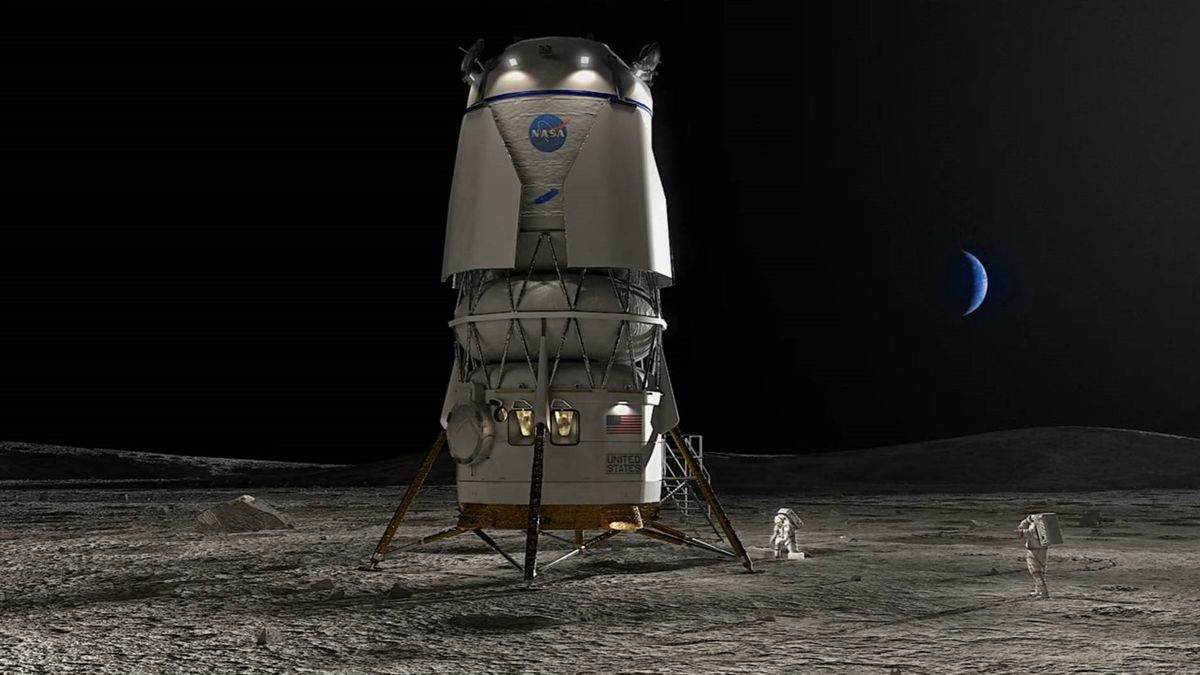


© Blue Origin



© Future

One of the earliest recorded eclipses is found in in the Shijing, a collection of ancient poetry whose compilation is also credited to Confucius. The eclipse in question occurred during the Zhou dynasty. Though the exact date is uncertain, some astronomers have pointed to the total eclipse of June 4, 781 B.C.E. (though this would have onlyContinue reading "June 4, 781 B.C.E: A great eclipse in China"
The post June 4, 781 B.C.E: A great eclipse in China appeared first on Astronomy Magazine.

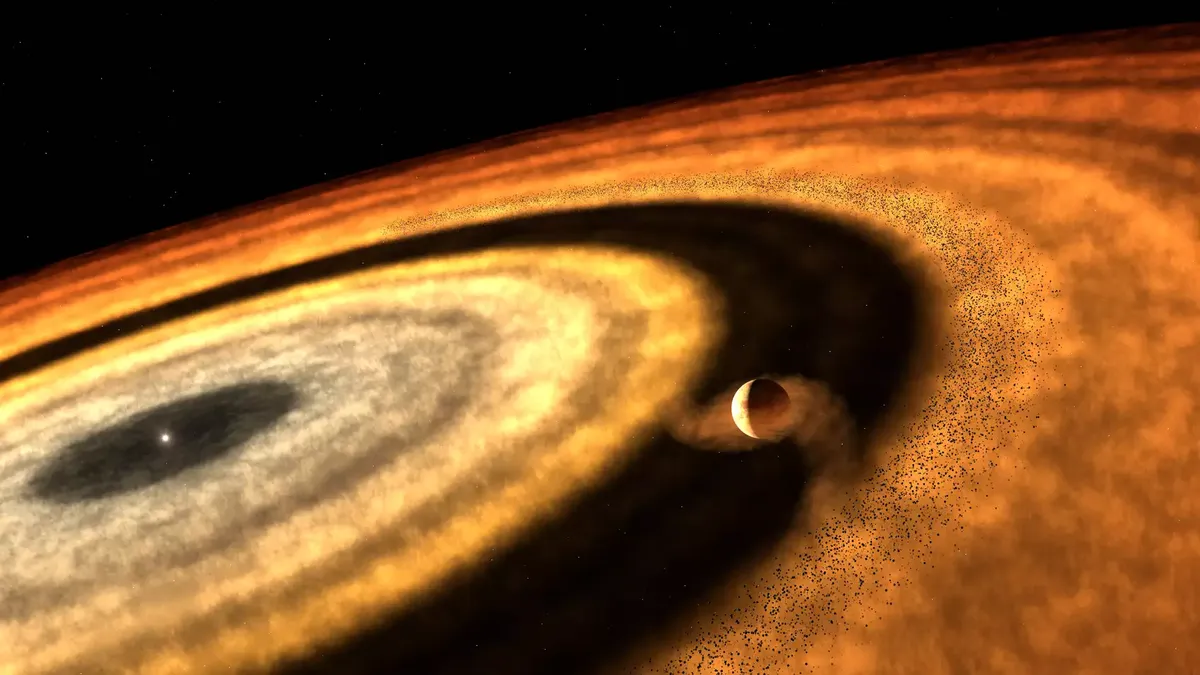


© T. Müller (MPIA/HdA - CC BY-SA)



© Jessica Rendall

Asteroid 2 Pallas is visible in the late evening and overnight into the early morning. Around local midnight, you’ll find this main-belt world some 16° high in the eastern sky, a few degrees east of the four-star lozenge in Delphinus also called Job’s Coffin. This small, diamond-shaped asterism is made from four 4th-magnitude stars: Alpha,Continue reading "The Sky Today on Wednesday, June 4: Pallas swims with the Dolphin"
The post The Sky Today on Wednesday, June 4: Pallas swims with the Dolphin appeared first on Astronomy Magazine.

Author(s): Erin Knutson
Researchers have generated Bose-Einstein condensates with a repetition rate exceeding 2 Hz, a feat that could increase the bandwidth of quantum sensors.
[Physics 18, s75] Published Tue Jun 03, 2025



© ispace
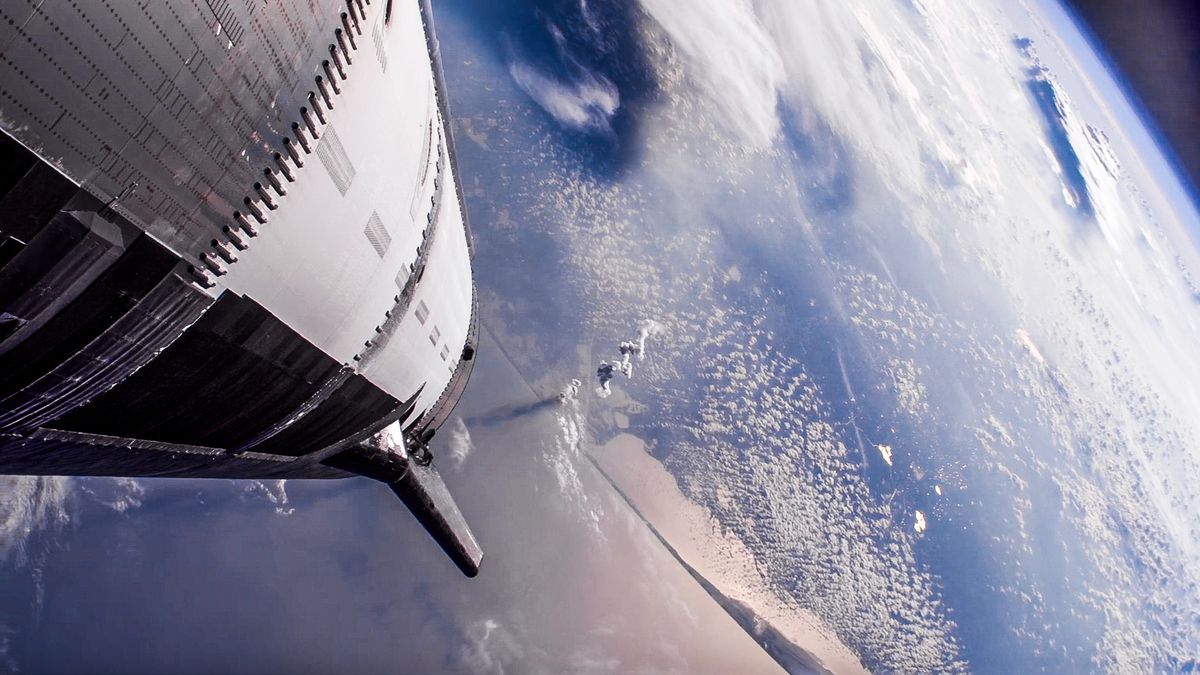


© SpaceX
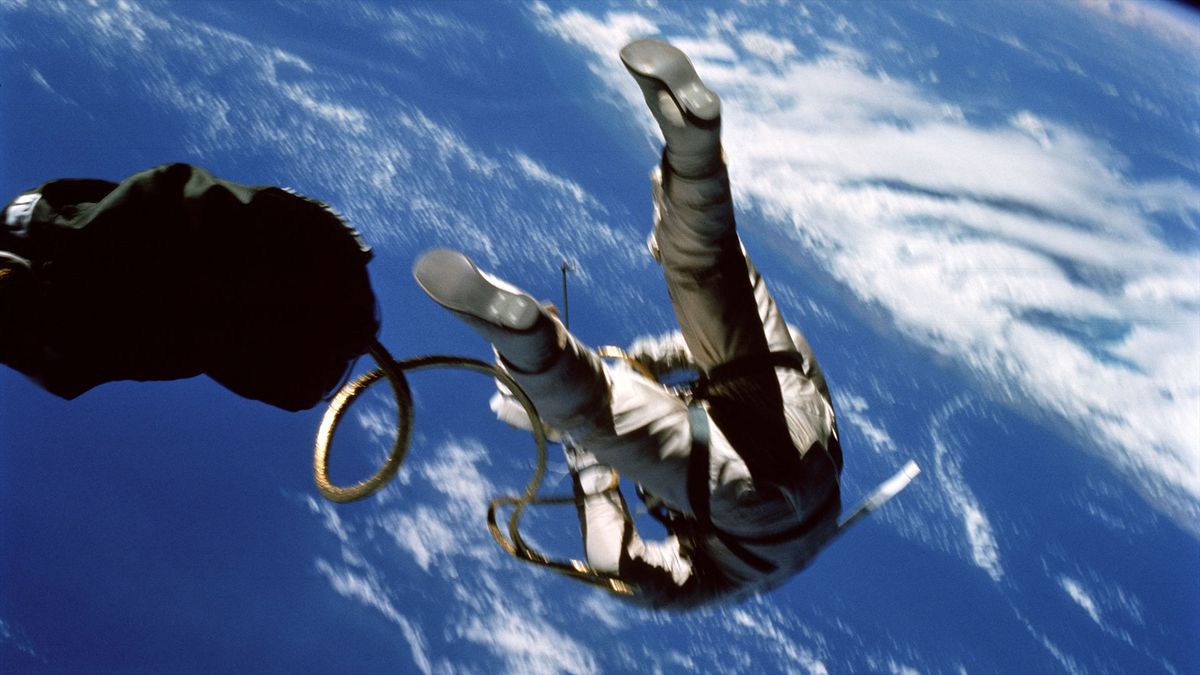


© NASA



© Axiom Space

One of the largest emission nebulae in the far northern sky can be found in IC 1396, a bright glow in Cepheus that contains several complex objects. Among them are the red supergiant star Mu Cephei; the double stars Struve 2816 and Struve 2819; the dark nebula van den Bergh 142, known as the ElephantContinue reading "Deep-Sky Dreams: Emission nebula IC 1396"
The post Deep-Sky Dreams: Emission nebula IC 1396 appeared first on Astronomy Magazine.




© Universal Pictures, Disney, and Warner Bros
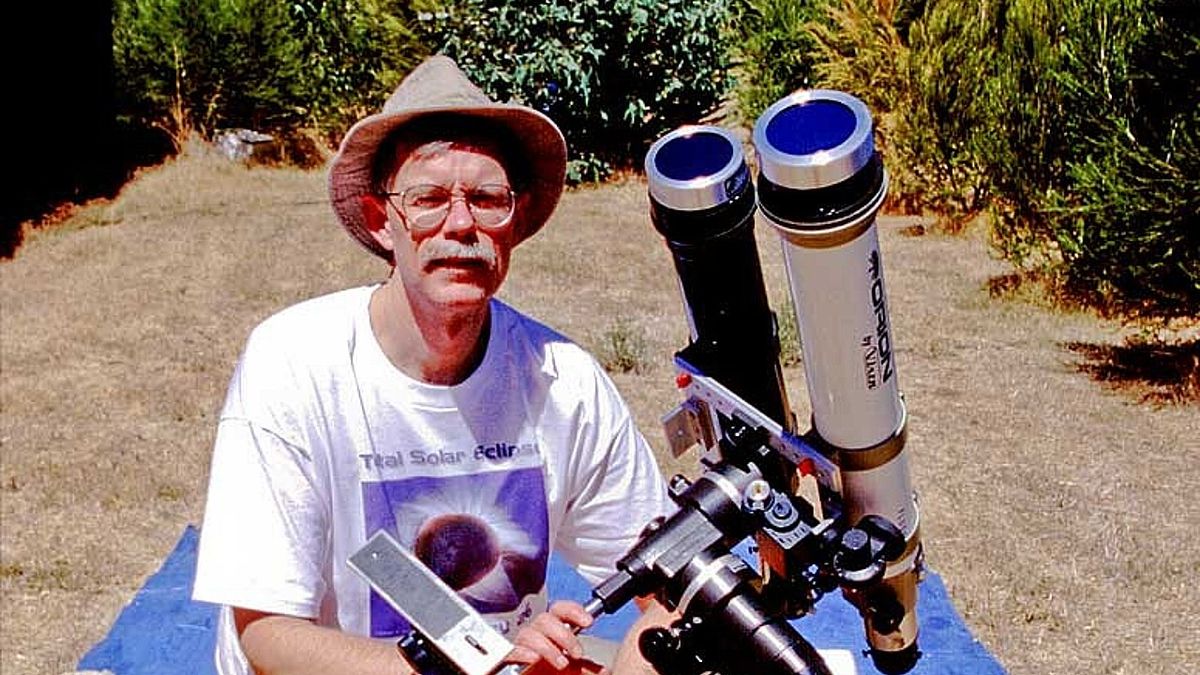


© NASA GSFC
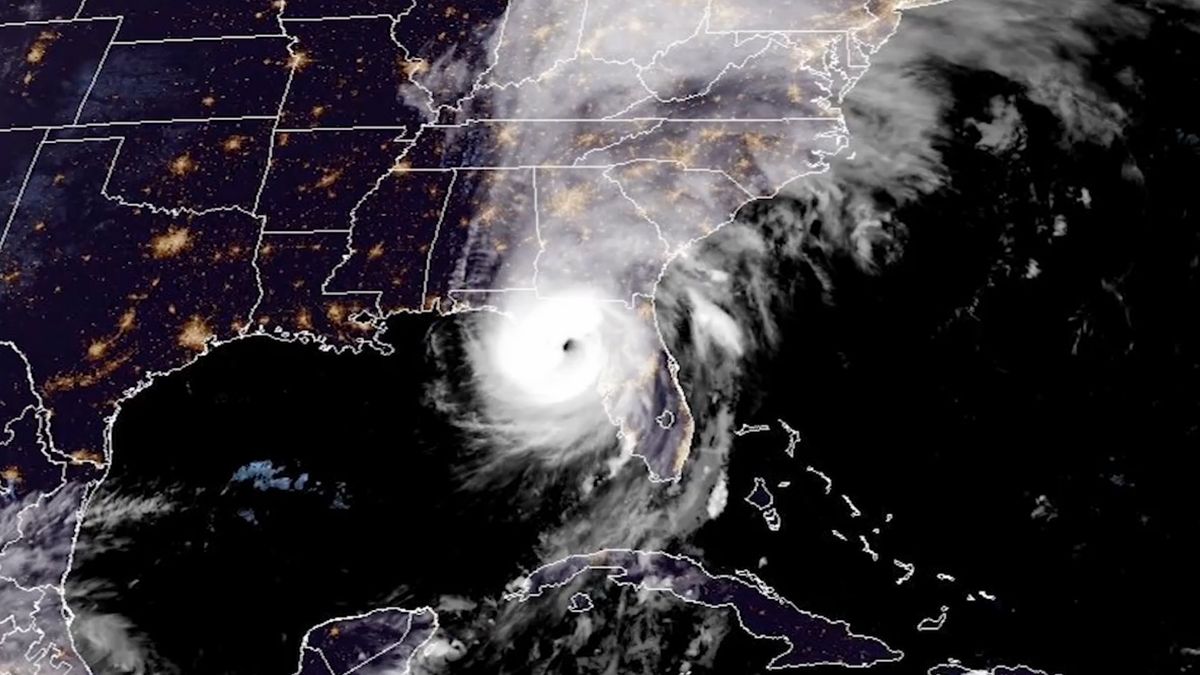


© NOAA
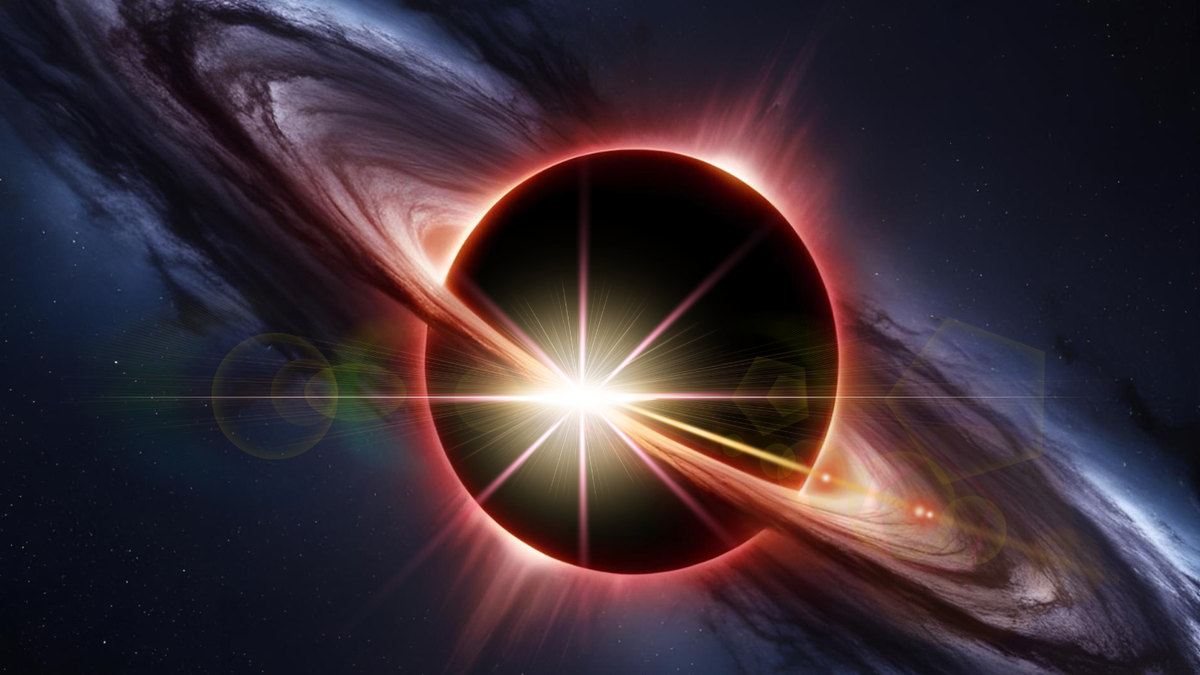


© Robert Lea (created with Canva)

Emmanuel Joly from Le Cannet-des-Maures, France Narrowband Hα, SII, and OIII filters were used to collect 31.6 hours of data with an 8-inch scope for this portrait of the Wizard Nebula, which surrounds the open cluster NGC 7380 in Cepheus. The star field comprises RGB exposure times of 45 minutes each.
The post This light shall pass appeared first on Astronomy Magazine.

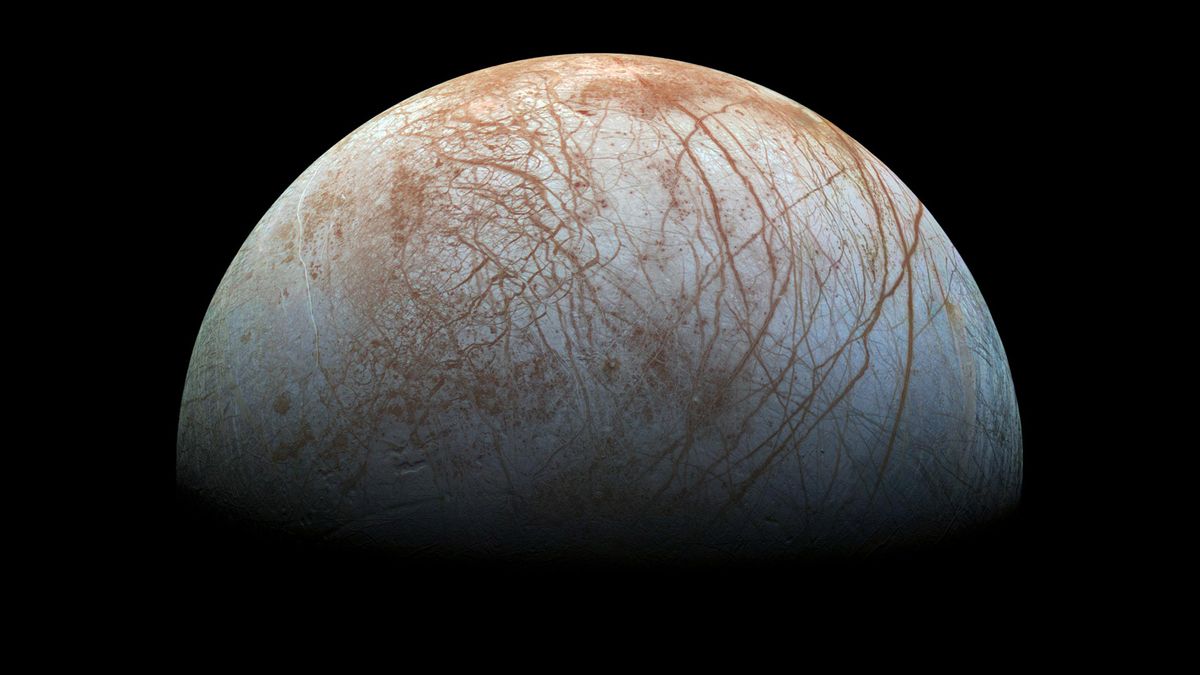


© NASA

How did we get here? Few topics in astronomy intrigue us more than this simple five-word query. Yet the simplicity hides multiple layers of complexity. How did the universe come into existence? How did stars form out of an initial mix of mostly hydrogen and helium gas? How did planets grow in the dusty disksContinue reading "Live long and prosper: JWST images NGC 346"
The post Live long and prosper: JWST images NGC 346 appeared first on Astronomy Magazine.


The brainchild of George Ellery Hale, the 200-inch Hale Telescope was dedicated June 3, 1948, at Palomar Observatory in California. In promoting and fundraising for the project, Hale had a firm science agenda for the scope, but also wrote more fancifully of “the lure of the uncharted seas of space”; though he died in 1938,Continue reading "June 3, 1948: Hale Telescope dedicated"
The post June 3, 1948: Hale Telescope dedicated appeared first on Astronomy Magazine.

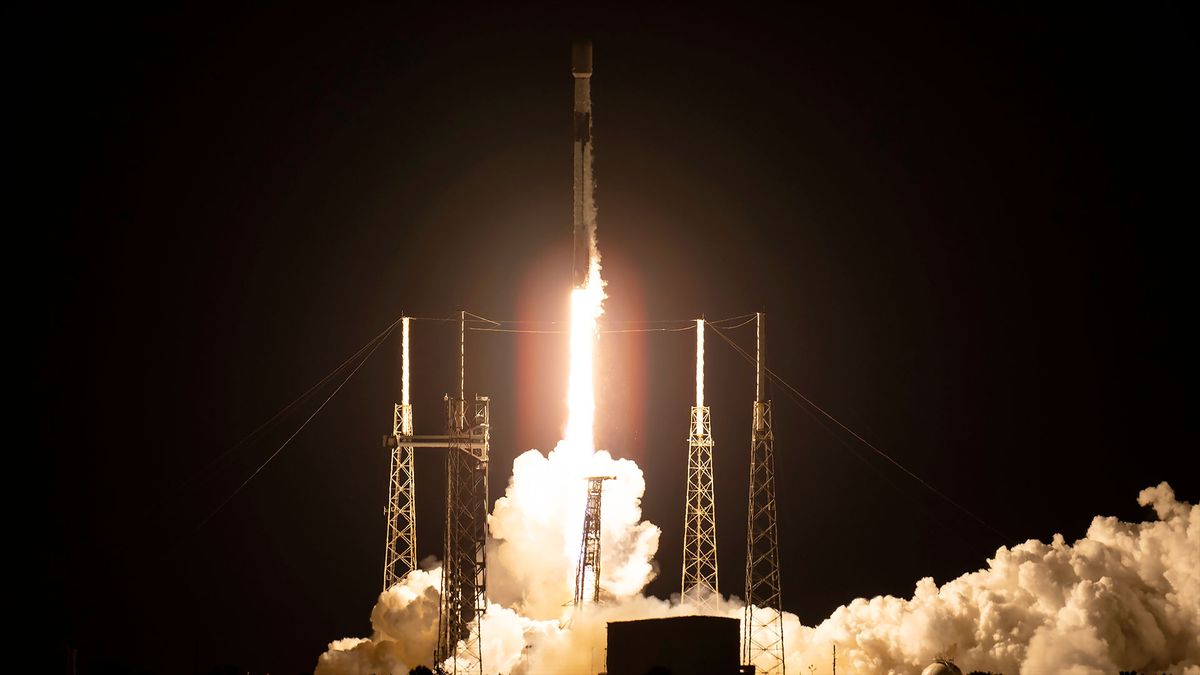


© SpaceX
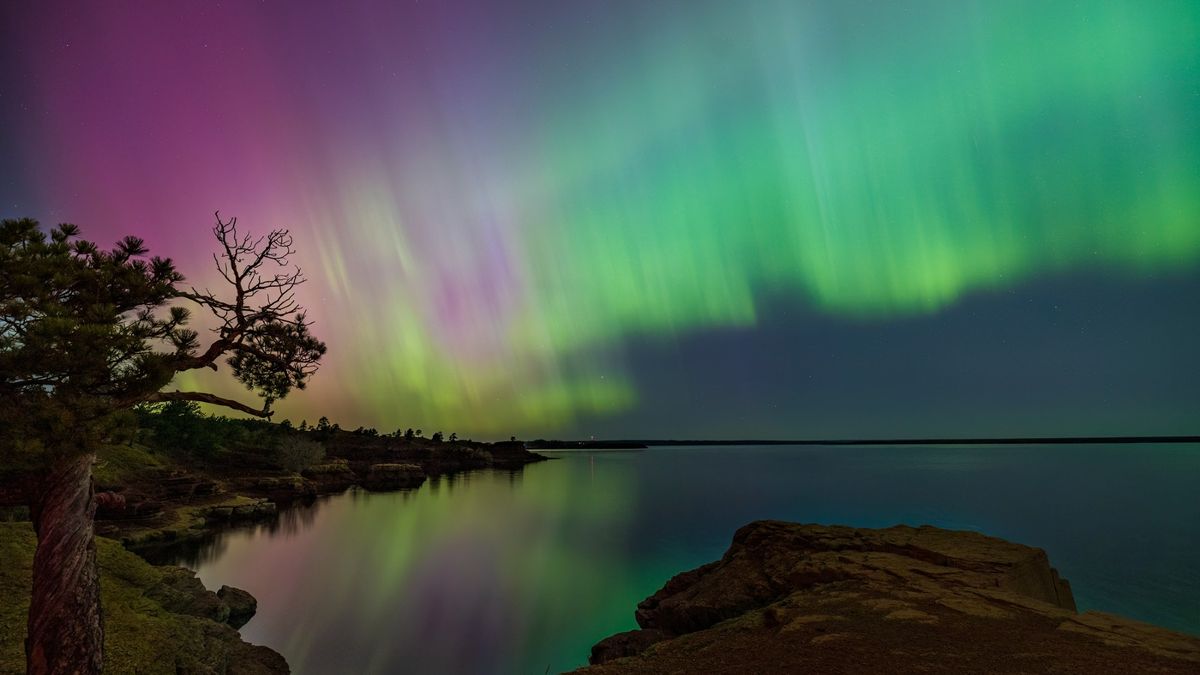


© lightphoto via Getty Images



© Arkisys inc.
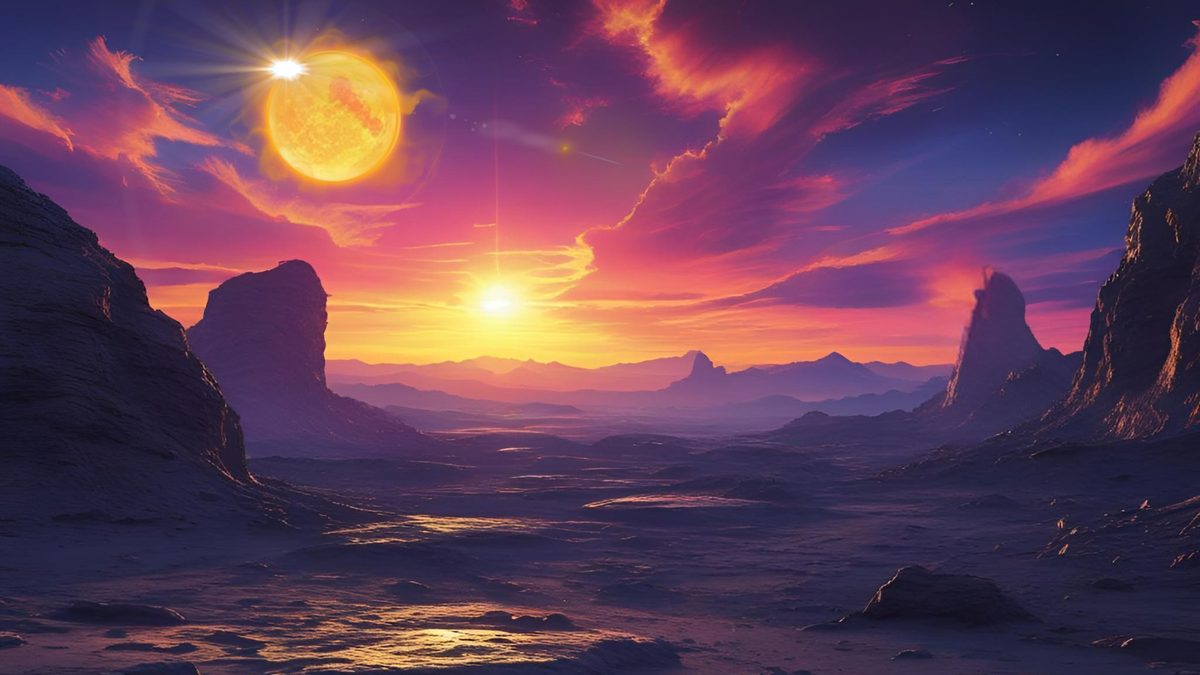


© Robert Lea (Created with Canva)

Already high in the sky at sunset, the Moon is some 45° high in the southwest an hour after the Sun disappears. Fix your telescope on the center of the Moon, near the terminator dividing lunar night and day. Just south of the lunar equator is a series of three craters, starting with Ptolemaeus. AboutContinue reading "The Sky Today on Tuesday, June 3: A trio of craters"
The post The Sky Today on Tuesday, June 3: A trio of craters appeared first on Astronomy Magazine.

Author(s): Aaron T. Bondy
New physics may explain discrepant values for the ionization energy of a metastable state of helium.
[Physics 18, 110] Published Mon Jun 02, 2025

If you have the time and clear sky to the north, you might want to check out an open cluster that is seldom observed. An “average joe” open cluster in Cassiopeia nonetheless appears fairly bright and presents an almost circular pattern of stars. This is NGC 225, sometimes called the Sailboat Cluster, or more recently theContinue reading "Deep-Sky Dreams: Open cluster NGC 225"
The post Deep-Sky Dreams: Open cluster NGC 225 appeared first on Astronomy Magazine.


The James Webb Space Telescope (JWST) has captured a breathtaking new deep field image of the galaxy cluster Abell S1063, surpassing Hubble’s previous view in both depth and detail. Abell S1063, located 4.5 billion light-years away in the constellation Grus the Crane, acts as a gravitational lens. This massive cluster bends and focuses the lightContinue reading "JWST gazes into the distant past through gravitational lens"
The post JWST gazes into the distant past through gravitational lens appeared first on Astronomy Magazine.


On May 20, 2025, President Donald Trump announced plans to construct the “Golden Dome,” a multibillion-dollar missile defense system that would utilize space-based weapons and satellites to intercept ballistic attacks against the United States. This announcement stems from Trump’s Jan. 27 executive order titled “Iron Dome for America.” Inspired by Israel’s Iron Dome and PresidentContinue reading "Here’s how Trump’s Golden Dome would work — and why some call it “a fantasy”"
The post Here’s how Trump’s Golden Dome would work — and why some call it “a fantasy” appeared first on Astronomy Magazine.




© Kennedy Space Center Visitor Complex
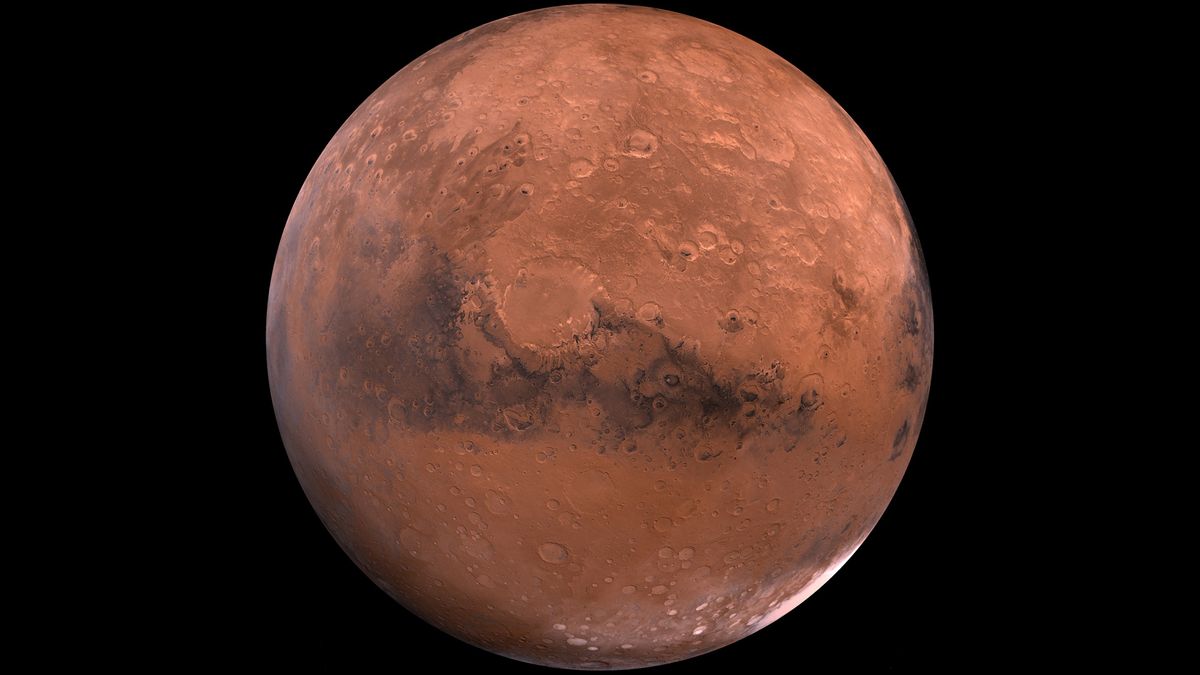


© NASA

Astronomers say our galaxy hasn’t seen a supernova in 400 years. Why don’t they count the 1987 supernova? Judy PearceBelton, Texas The 1987 supernova (SN 1987A) occurred in the Large Magellanic Cloud (LMC), not the Milky Way. The LMC is a smaller satellite of the Milky Way, but astronomers still consider it to be outsideContinue reading "When was the last supernova seen in the Milky Way?"
The post When was the last supernova seen in the Milky Way? appeared first on Astronomy Magazine.


On April 15, many of us in the eclipse community received this message from Fred Espenak, the man who for years was affectionately referred to as Mr. Eclipse: Dear Friends. I want to share some sad news. I was diagnosed with Idiopathic Pulmonary Fibrosis (IPF) five years ago. I did not have any significant symptomsContinue reading "Farewell, Mr. Eclipse: Fred Espenak dies at 71"
The post Farewell, Mr. Eclipse: Fred Espenak dies at 71 appeared first on Astronomy Magazine.

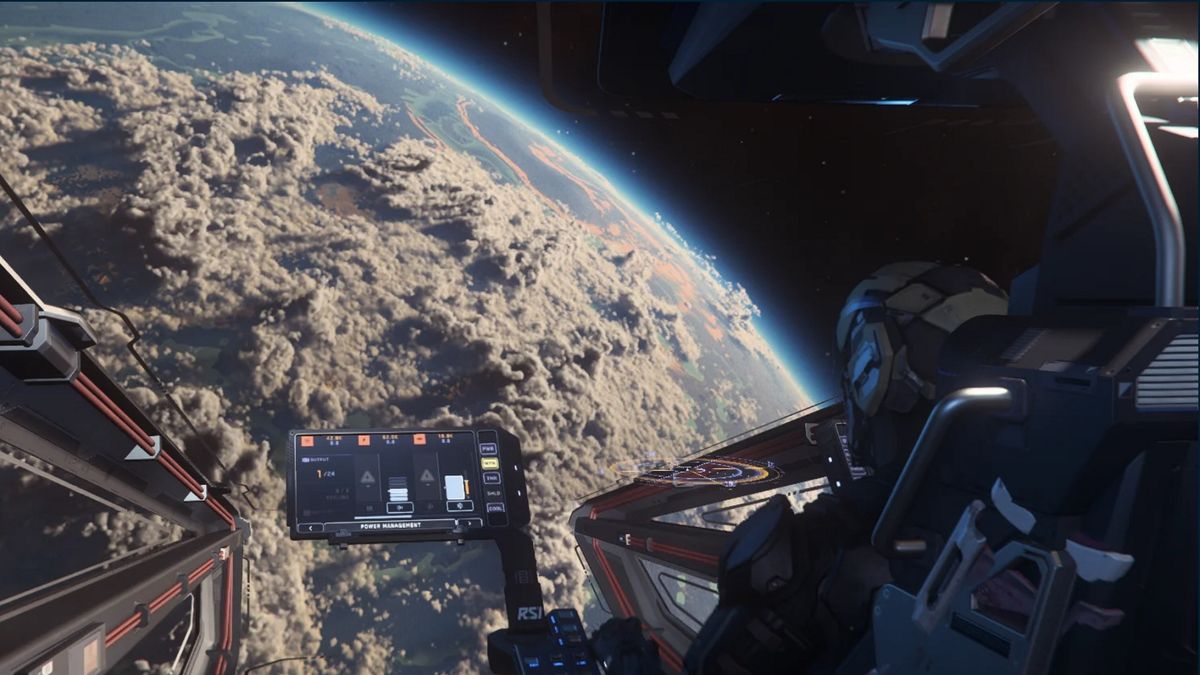


© Cloud Imperium Games
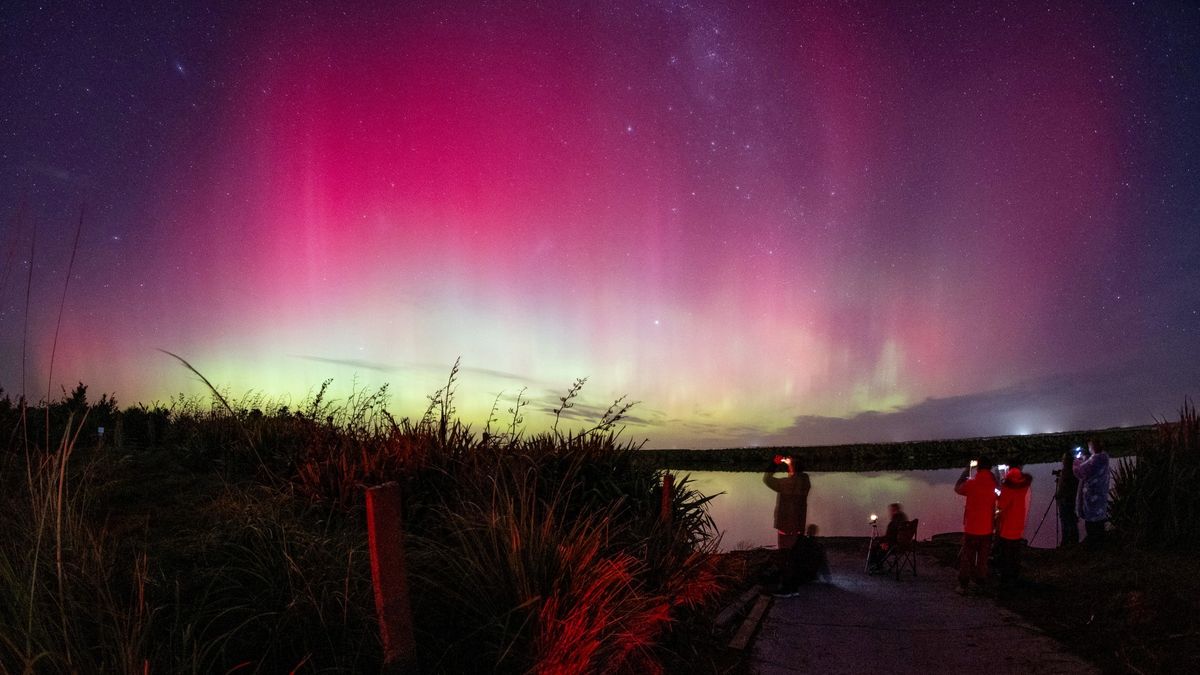


© SANKA VIDANAGAMA/AFP via Getty Images
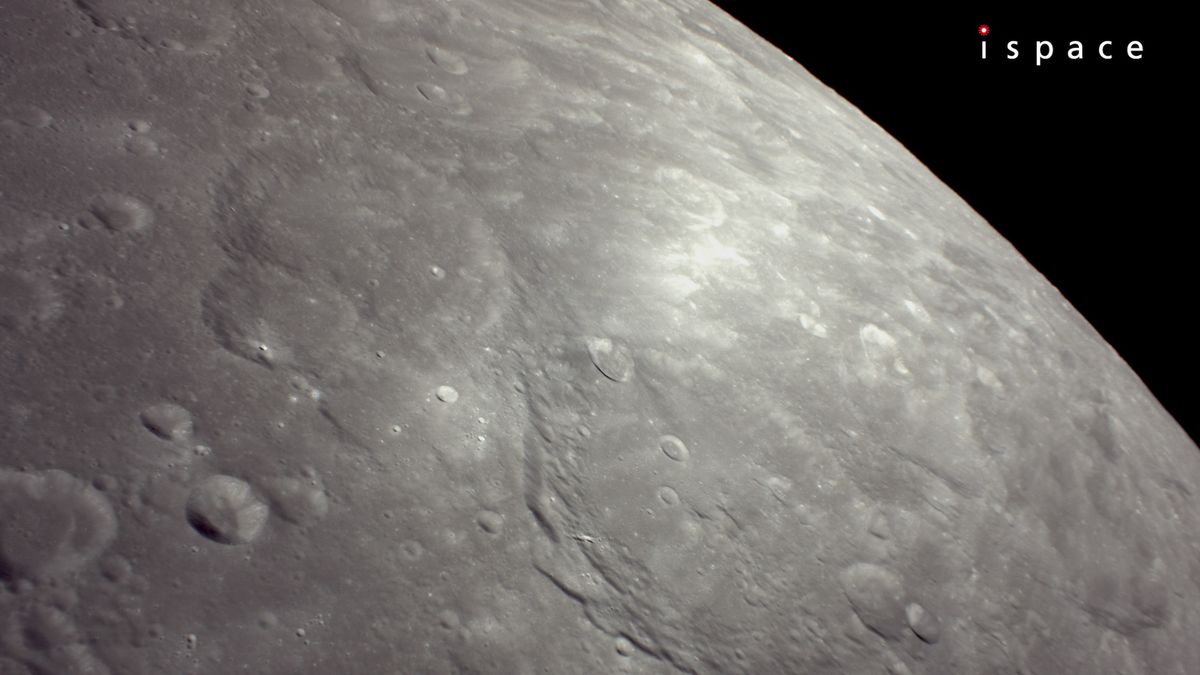


© ispace
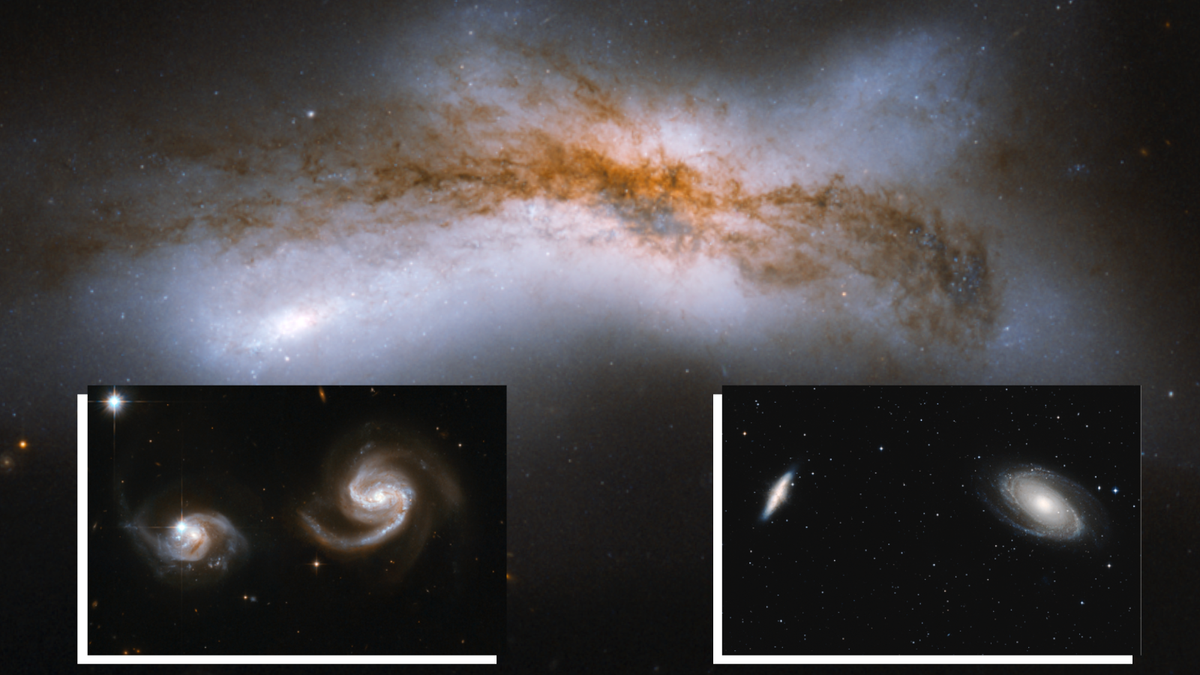


© NASA / ESA
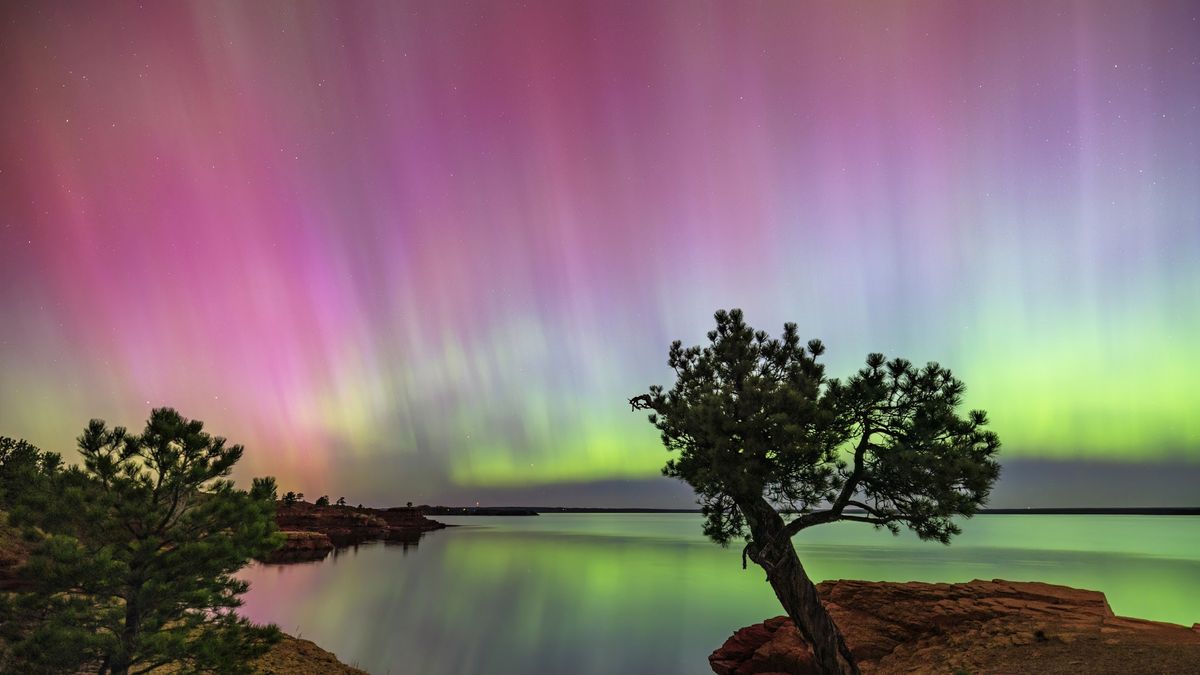


© lightphoto via Getty Images



© Emil Andronic.

In this episode, Astronomy magazine Editor Dave Eicher invites you to head out before sunrise and face east. There, you’ll spot Venus, sometimes called Earth’s sister planet. You won’t have any trouble finding it because only the Sun and the Moon shine more brightly. In fact, if your location is dark enough, the light from Venus mightContinue reading "This Week in Astronomy with Dave Eicher: Venus in the Morning Sky"
The post This Week in Astronomy with Dave Eicher: Venus in the Morning Sky appeared first on Astronomy Magazine.


Kfir Simon, taken from Tivoli Farm, Namibia Unlike a star cluster, whose members are bound by their own gravity, a star cloud is simply a dense concentration of stars, appearing exactly as it sounds. NGC 206 (at center) is the brightest star cloud in the Andromeda Galaxy (M31), captured here with a 24-inch scope atContinue reading "A distant star cloud"
The post A distant star cloud appeared first on Astronomy Magazine.


Four centuries ago, Johannes Kepler established three laws of planetary motion that accurately describe how planets in the solar system orbit the Sun. That might be enough for most; however, befitting the Renaissance period in which he lived, Kepler also revised the field of astrology, wrote a treatise on optics, established the field of crystallography withContinue reading "‘Astronomical Dream’: Johannes Kepler wrote the first science-fiction story"
The post ‘Astronomical Dream’: Johannes Kepler wrote the first science-fiction story appeared first on Astronomy Magazine.


About 63 hours after its launch, Surveyor 1 landed on the Moon on June 2, 1966. The 2,200-pound (998 kilograms) craft touched down inside a 62-mile (100 kilometers) crater north of Flamsteed Crater in Oceanus Procellarum, or the Ocean of Storms. Surveyor 1 took more than 11,000 photos, and measured the Moon’s temperature and theContinue reading "June 2, 1966: Surveyor 1 lands on the Moon"
The post June 2, 1966: Surveyor 1 lands on the Moon appeared first on Astronomy Magazine.




© Photo by: Alan Dyer/VW Pics/UIG via Getty Images
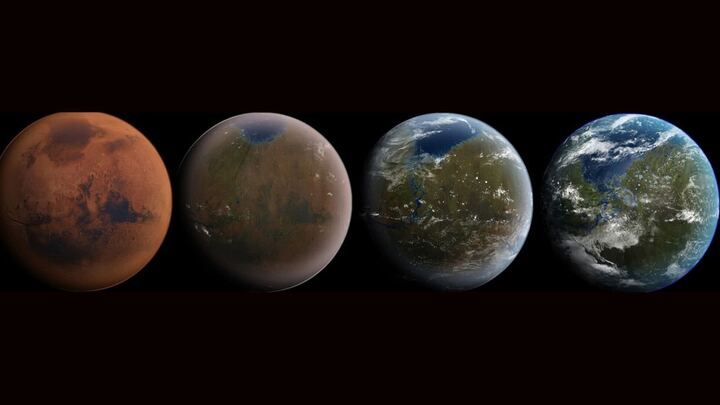


© Daein Ballard, CC BY-SA

The smaller constellation Leo Minor lies to the upper right (north) of Leo in the west this evening. Leo Minor appears crouched above its larger counterpart, sandwiched between Leo and Ursa Major. The easiest way to find it is to search the space between two famous asterisms: the Sickle of Leo and the Big Dipper. Continue reading "The Sky Today on Monday, June 2: The Little Lion"
The post The Sky Today on Monday, June 2: The Little Lion appeared first on Astronomy Magazine.




© 20th Century Studios
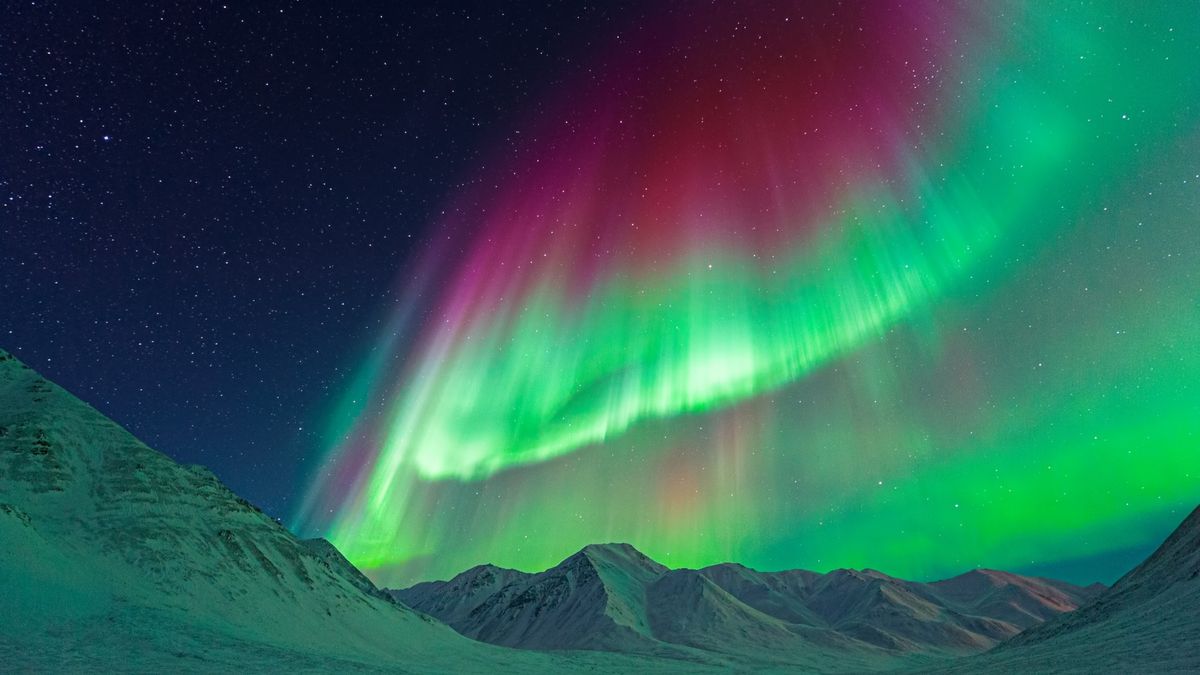


© Noppawat Tom Charoensinphon via Getty Images



© BBC



© Ross Harried/NurPhoto via Getty Images
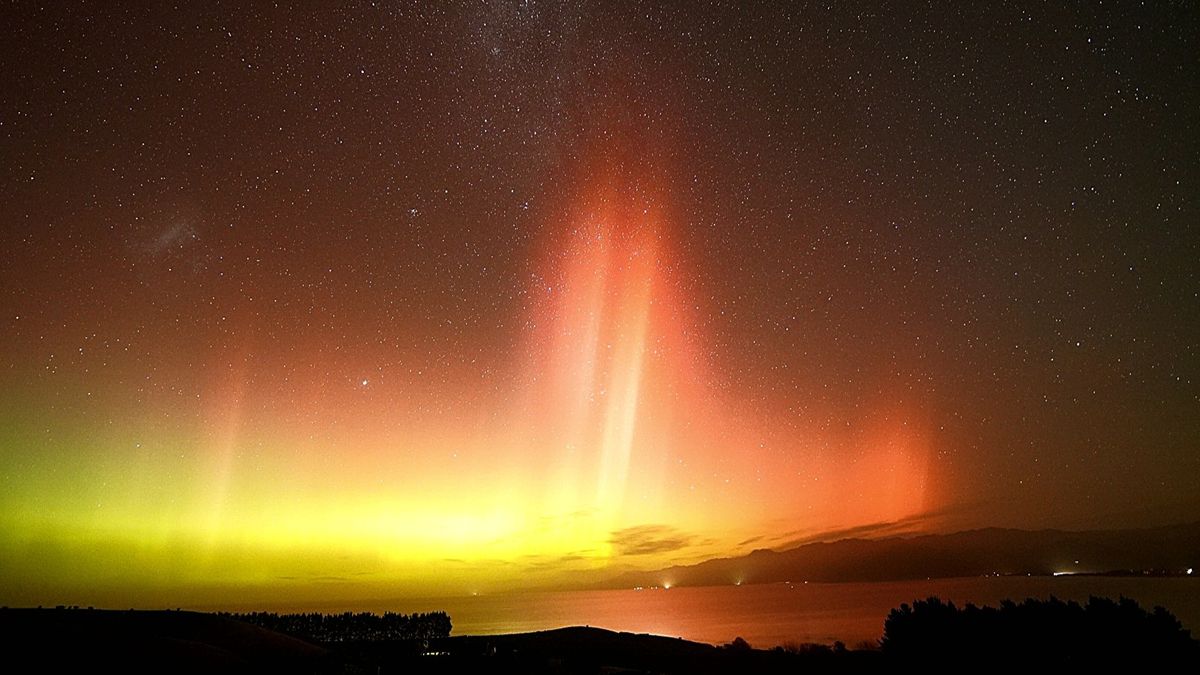


© Sai Shankar
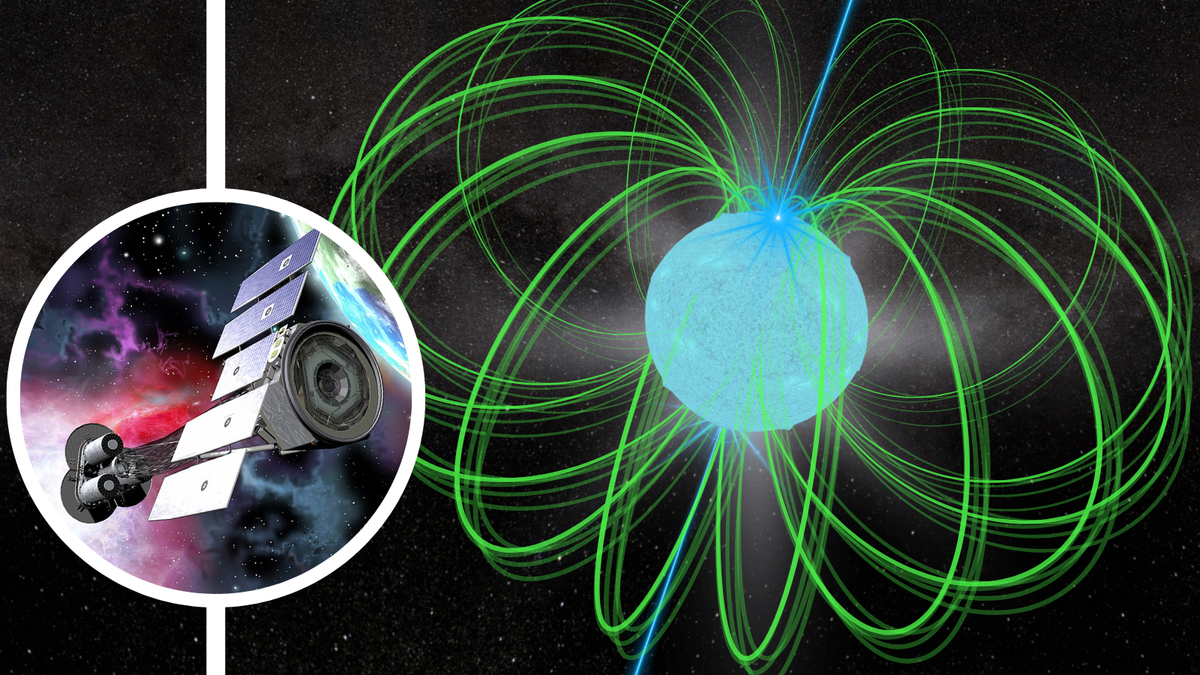


© Robert Lea (created with Canva)/ NASA

The innermost planets straddle nighttime, with Mercury in the evening and the greatest western elongation of Venus in the morning. Jupiter joins Mercury in early twilight for a few evenings, both setting quickly. Distant Mars lingers with Leo after dark, as our own planet hustles along its orbit well ahead of the Red Planet. SaturnContinue reading "June 2025: What’s in the sky this month? Titan’s shadow transits Saturn, and Mercury meets with Jupiter in the evening"
The post June 2025: What’s in the sky this month? Titan’s shadow transits Saturn, and Mercury meets with Jupiter in the evening appeared first on Astronomy Magazine.


The first evening of June finds Mars in the company of a lovely crescent Moon. The Red Planet reached opposition back in January and has faded considerably since then, glowing now at 1st magnitude. Mars spends the month moving eastward against the backdrop of Leo the Lion. It shares a small patch of sky withContinue reading "June 2025: What’s in the Southern Hemisphere sky this month?"
The post June 2025: What’s in the Southern Hemisphere sky this month? appeared first on Astronomy Magazine.


The Moon passes 1.4° north of Mars at 6 A.M. EDT; the two are visible together this evening, slowly setting in the western sky and visible for a few hours after sunset. Both now lie in western Leo, with the Moon close to the Lion’s bright heart, Regulus (Alpha [α] Leonis). This magnitude 1.4 starContinue reading "The Sky Today on Sunday, June 1: The Moon passes Mars"
The post The Sky Today on Sunday, June 1: The Moon passes Mars appeared first on Astronomy Magazine.


The Trump administration announced Saturday, May 31, that it would withdraw the nomination of entrepreneur and private astronaut Jared Isaacman for NASA administrator. The move came just days before the Senate was scheduled to vote on his nomination, where he was widely expected to be confirmed. The Senate committee on commerce, science, and transportation hadContinue reading "Trump withdraws nomination of Jared Isaacman to lead NASA"
The post Trump withdraws nomination of Jared Isaacman to lead NASA appeared first on Astronomy Magazine.




© Polaris Program / John Kraus
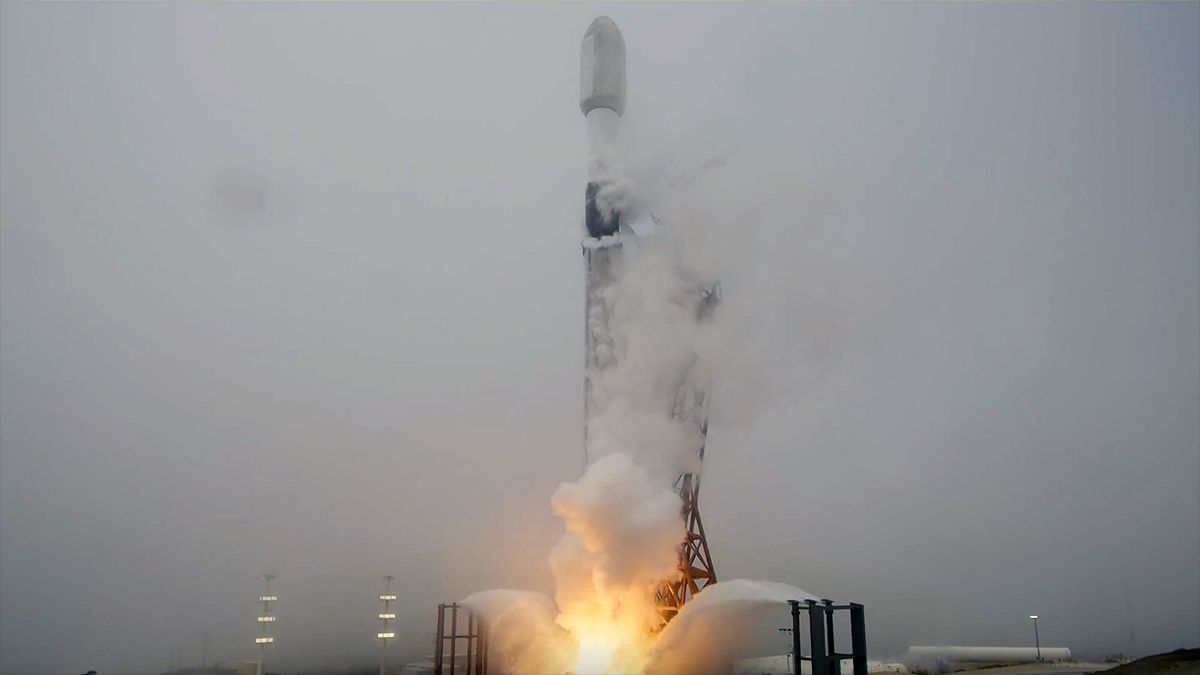


© SpaceX
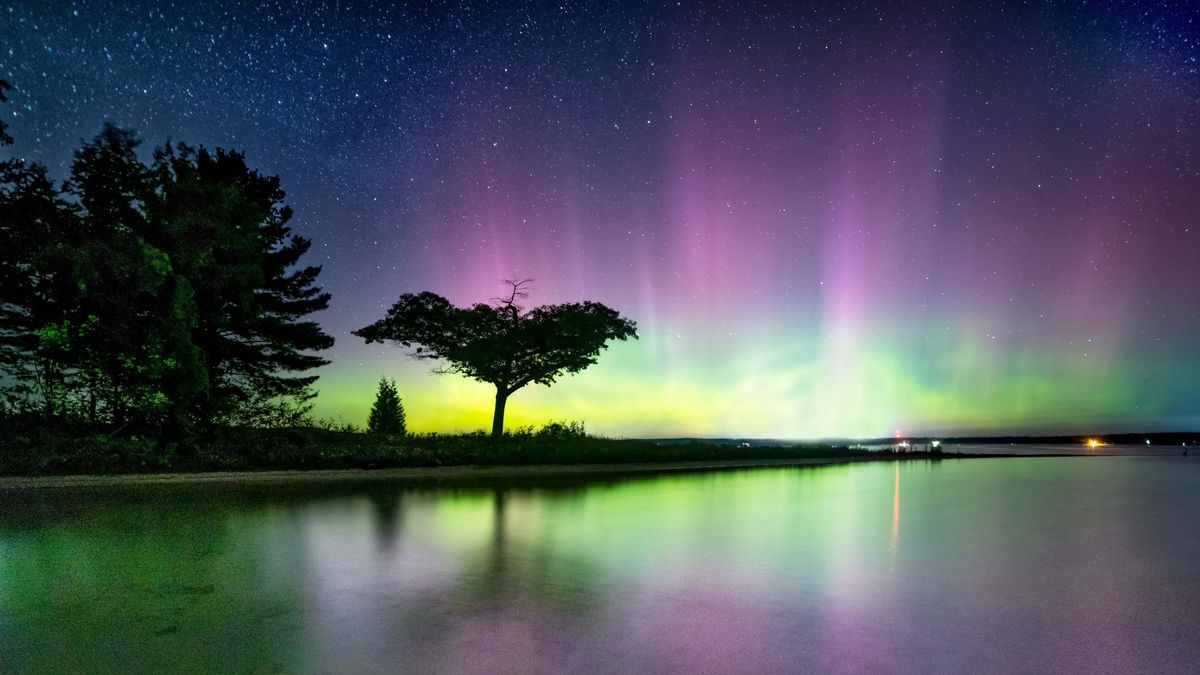


© Wiltser via Getty Images



© Blue Origin



© Starry Night.
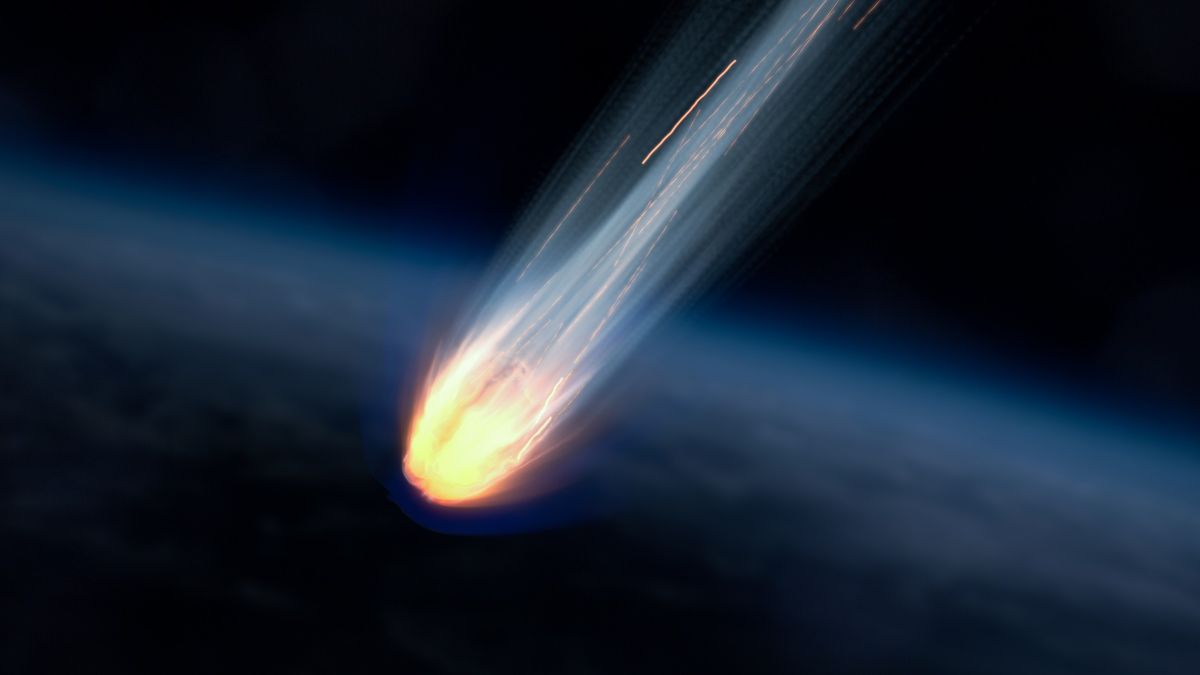


© Ignatiev, Getty Images



© TWiT
Author(s): Mark Buchanan
When demand increases significantly, the better performing supply networks are those that allow for storage of excess materials and that contain multiple redundant pathways.
[Physics 18, 111] Published Fri May 30, 2025
Author(s): Michael Schirber
Balla Ngom has developed a sustainable energy-storage device that is made from agricultural byproducts.
[Physics 18, 112] Published Fri May 30, 2025
Author(s): Ryan Wilkinson
Experiments challenge the assumption that crystals form more easily when some of the constituent particles are fixed in place.
[Physics 18, s65] Published Fri May 30, 2025

Venus reaches its greatest western elongation (46°) from the Sun at midnight EDT. Earth’s sister planet is now visible in the early-morning sky, and today Venus rises in the east at 3:30 A.M. local daylight time — roughly two hours before the Sun. That gives observers plenty of time to view the bright morning planet,Continue reading "The Sky Today on Saturday, May 31: Venus at greatest western elongation"
The post The Sky Today on Saturday, May 31: Venus at greatest western elongation appeared first on Astronomy Magazine.

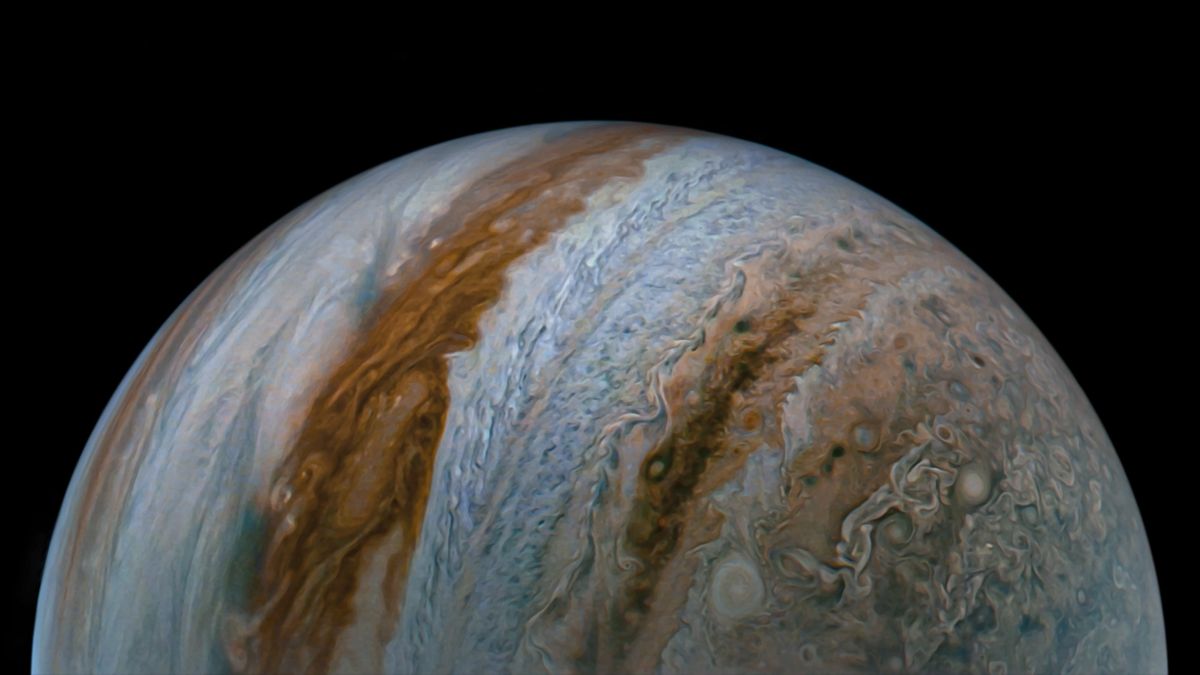


© Image data: NASA/JPL-Caltech/SwRI/MSSS. Image processing by Tanya Oleksuik CC BY NC SA 3.0
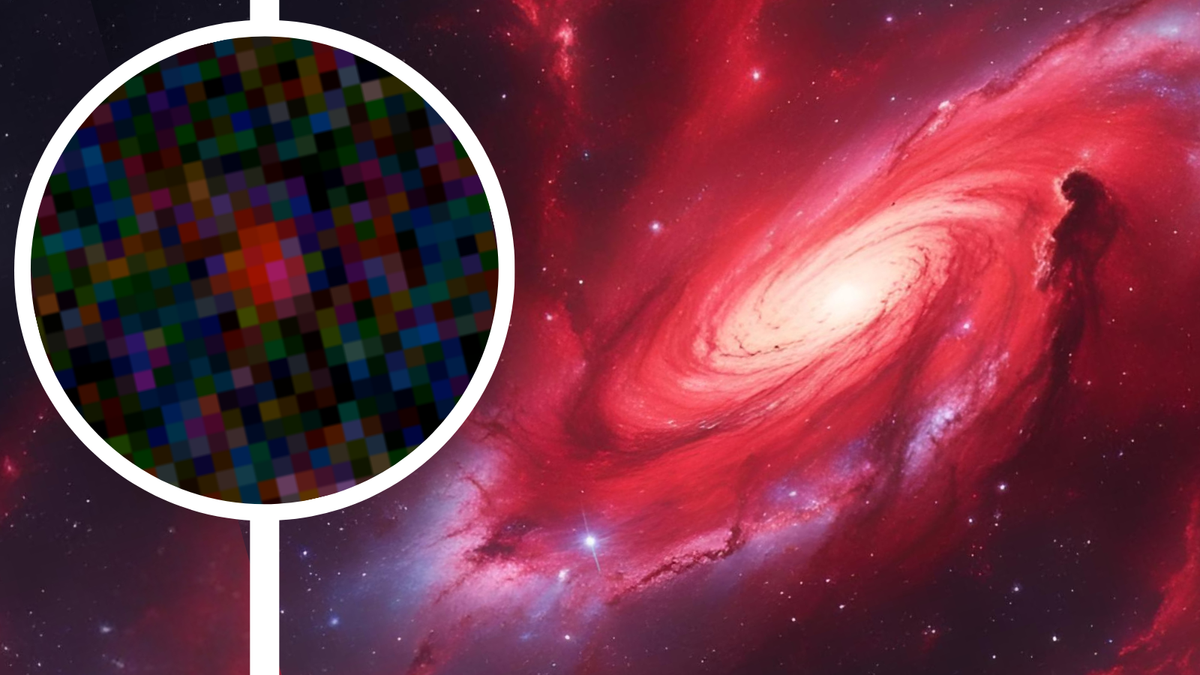


© Robert Lea (created with Canva)/ Naidu et al (2025)
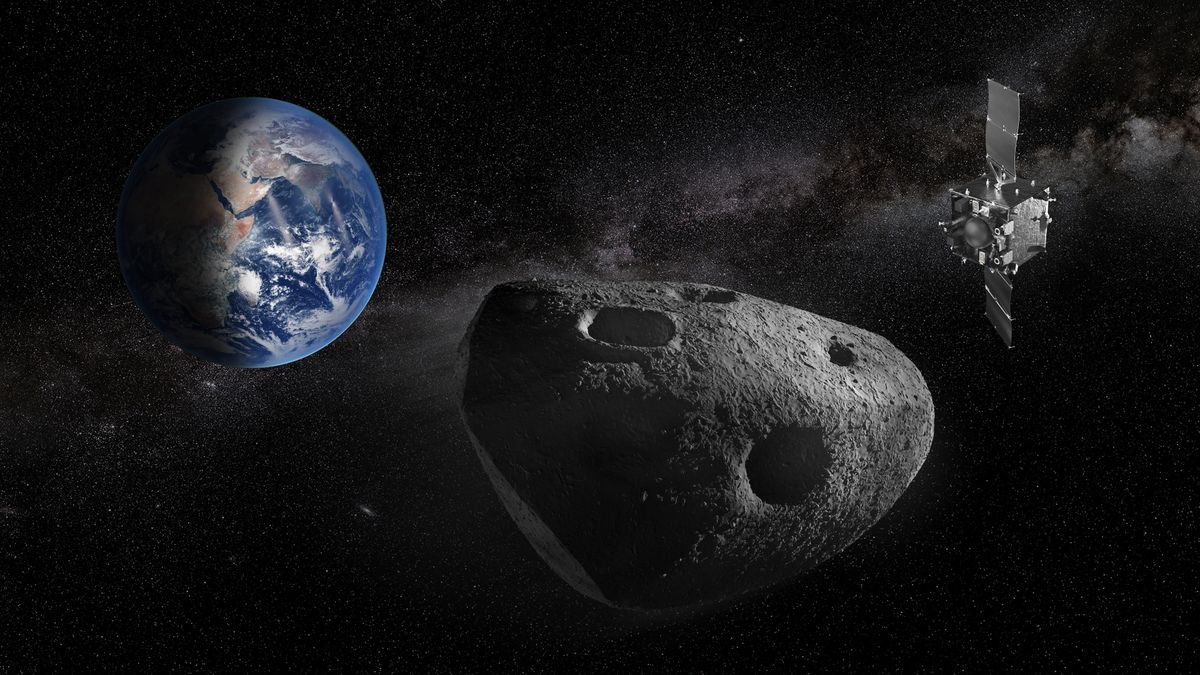


© ESA-Science Office